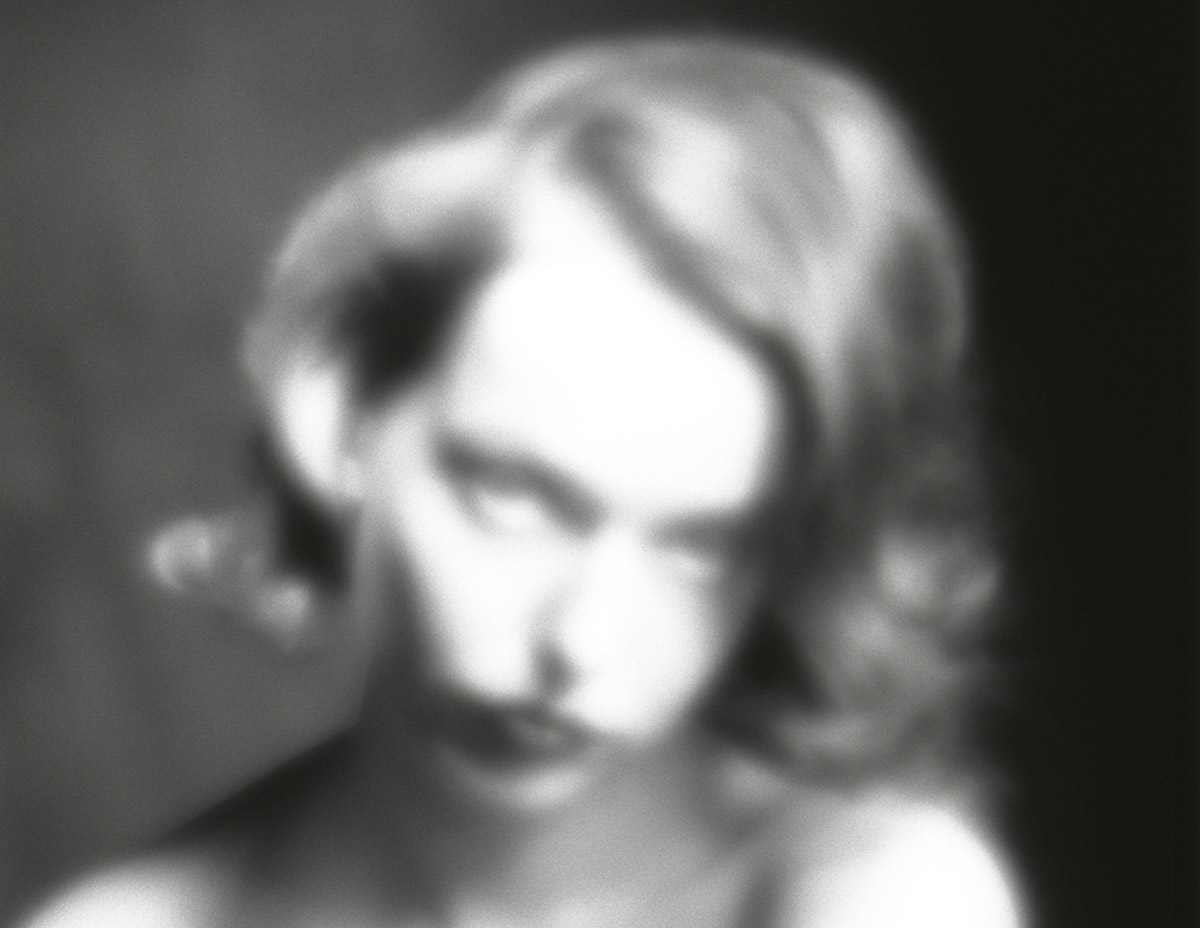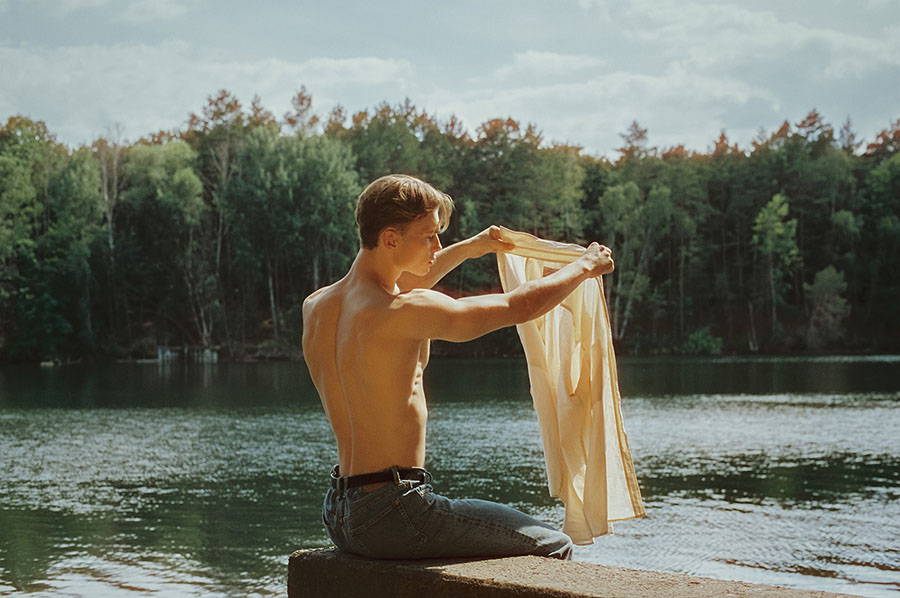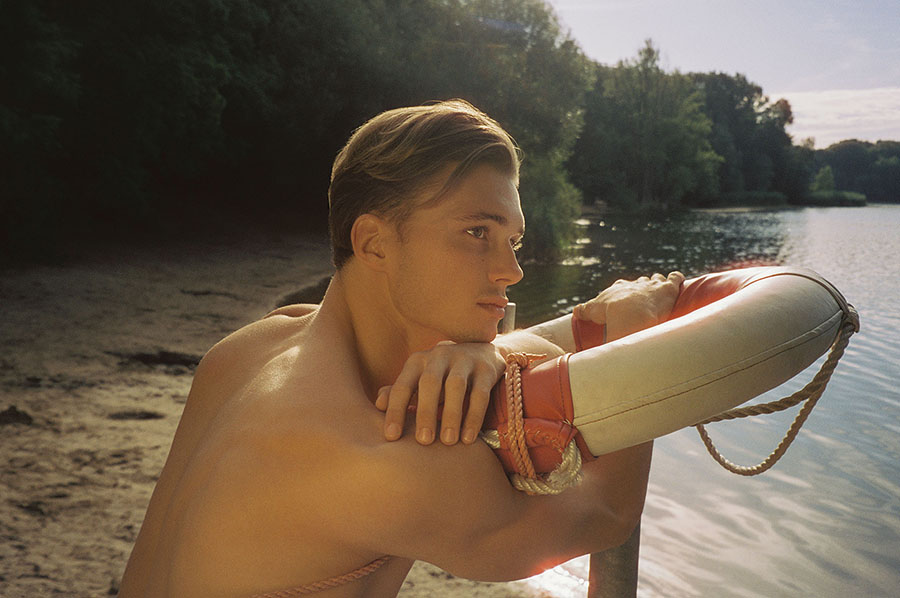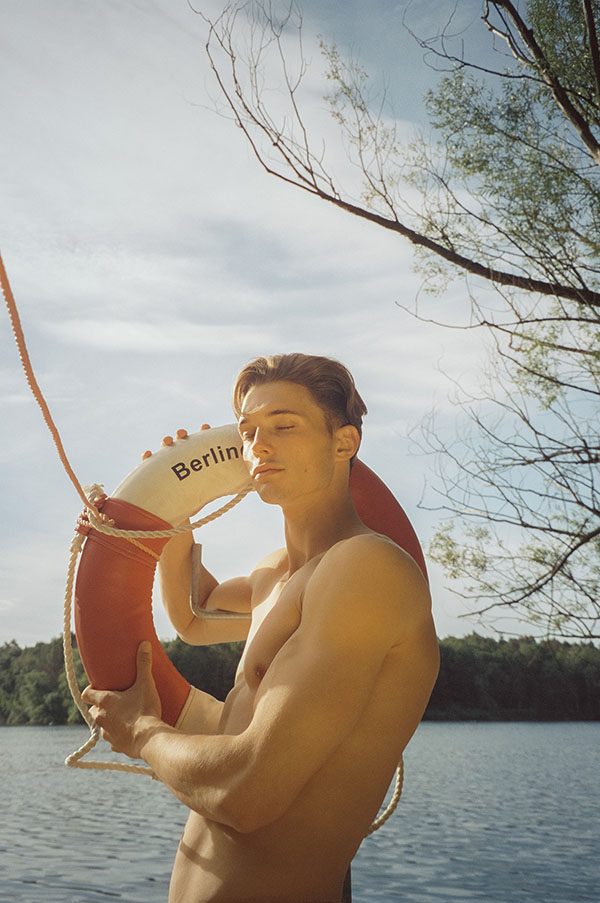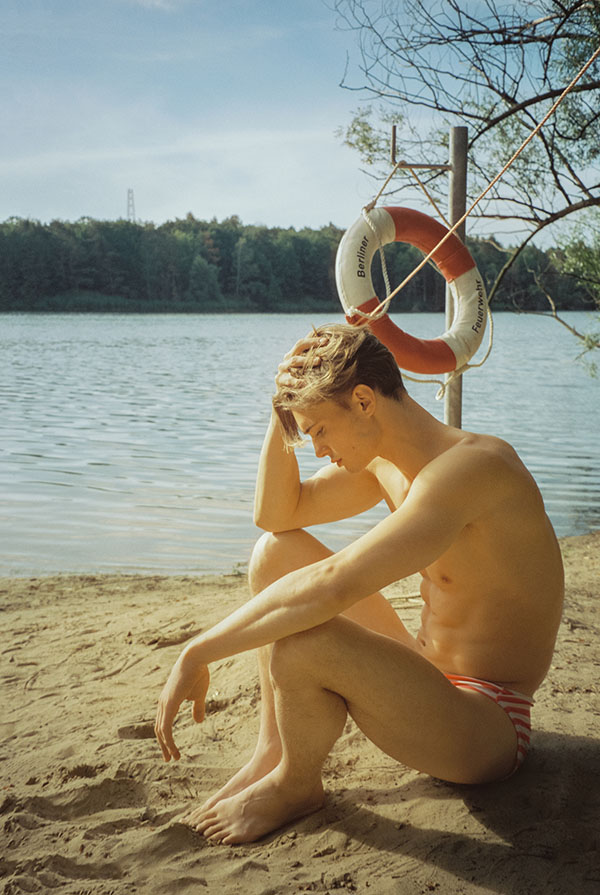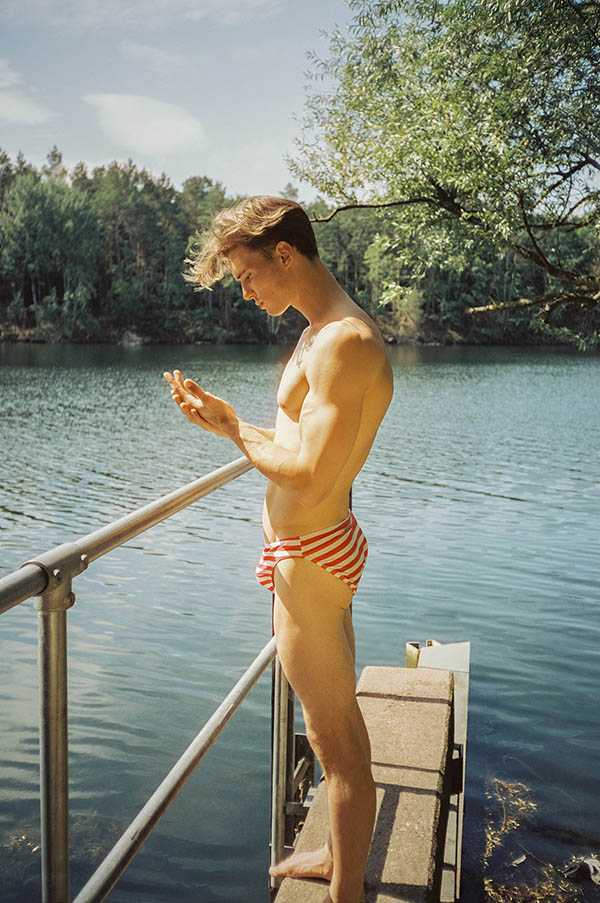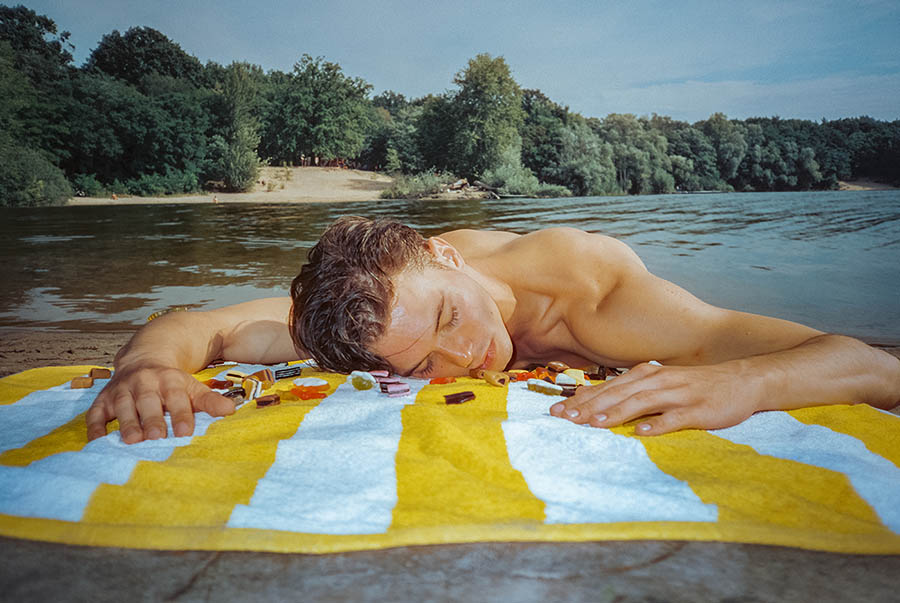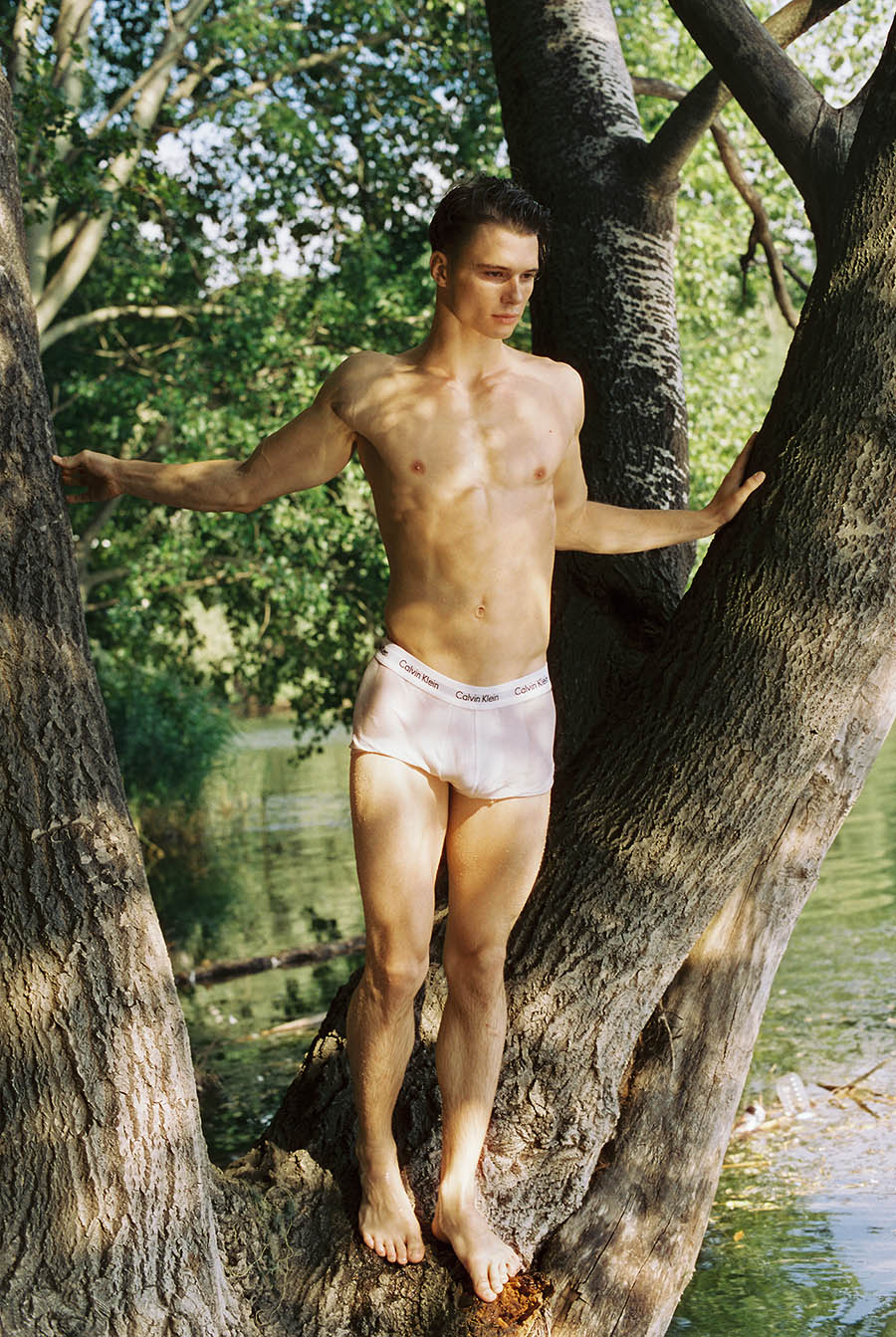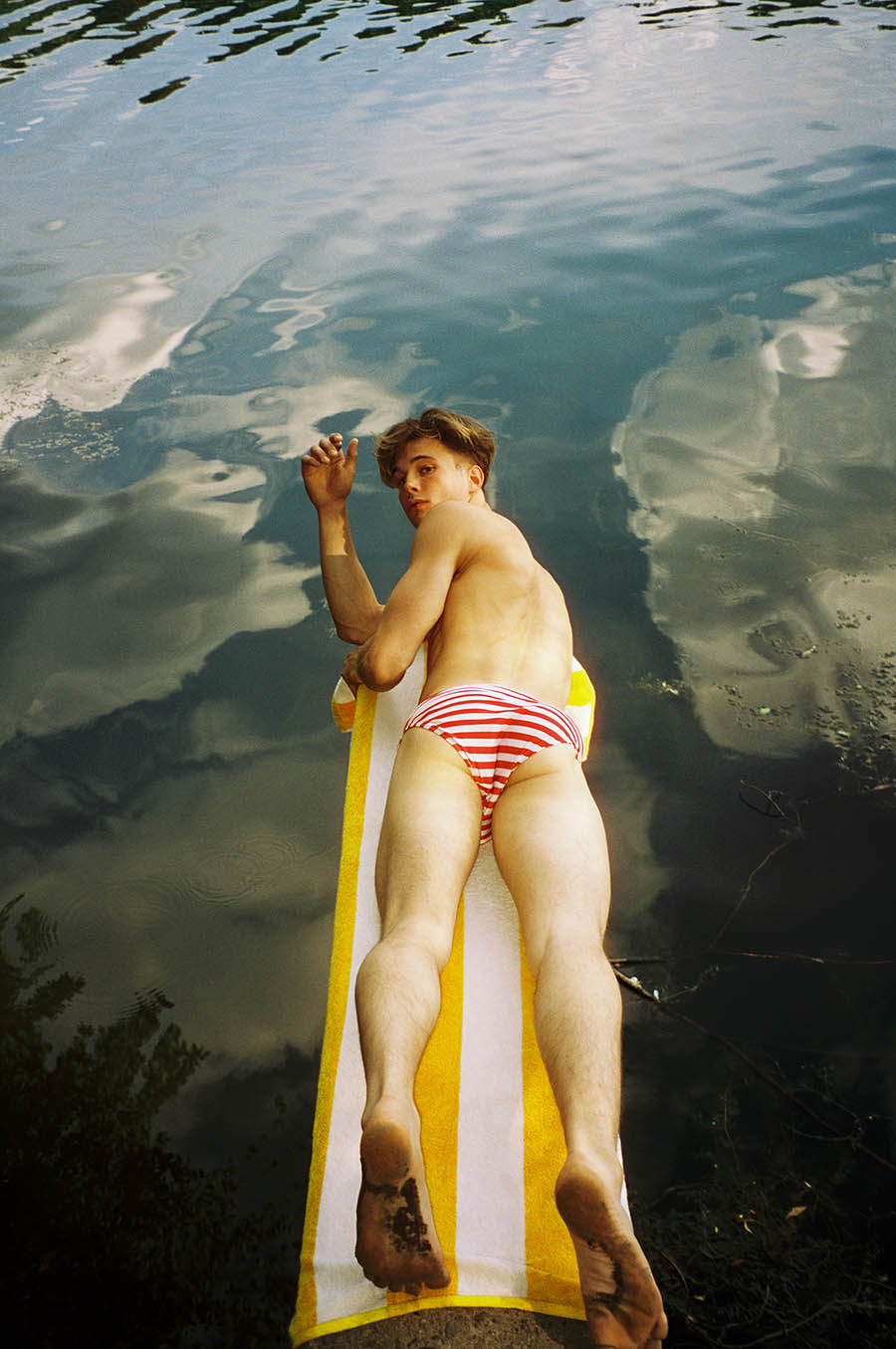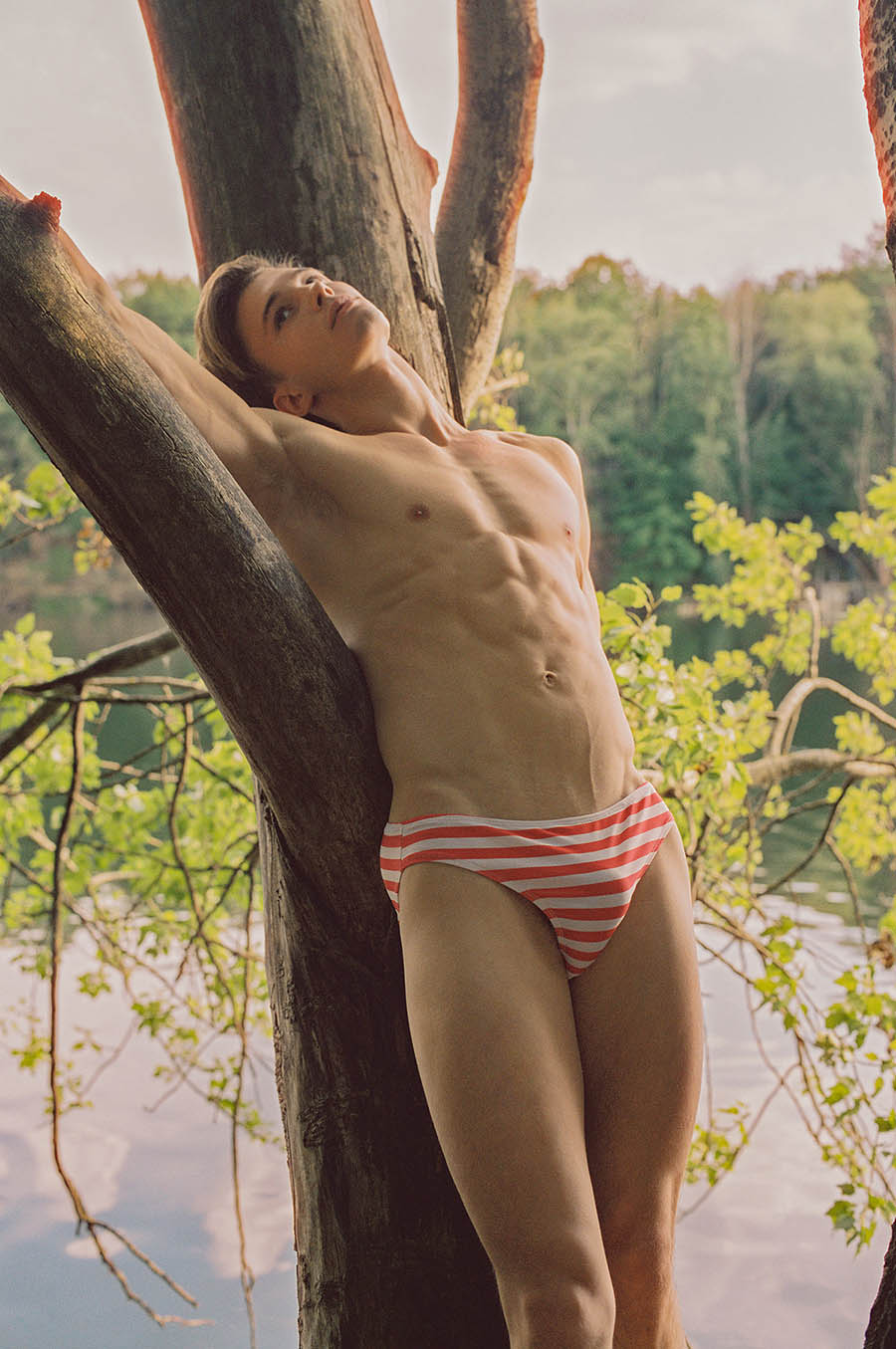Uncensored

Layer © AdeY
Coinciding with Photo London, Internationally renowned photographer and choreography AdeY will be in London for his first ever solo exhibition in the United Kingdom.
With a background in performance, choreography and contemporary dance, AdeY’s photographic works is a fine combination of these art forms. He studies subjects such as the human body’s balance, strength and physics. Through the lens of AdeY, these naked bodied were bent, stretched, contorted and curled up into different forms, showing the complexity of movements in authenticity.
Titled as Uncensored, the exhibition and its namesake book are in response to the constant censorship he experiences on Instagram. With the increasingly stricter censorship rules on sensitive contents, the exhibition is undoubtedly a powerful yet beautiful protest against the application’s reckless decision and unreasonable deletion. Previously at Los Angeles in December 2021, the exhibition will arrive in London at The Little Black Gallery Pop-Up (4 Garden Walk, Shoreditch, London EC2A 3EQ) from 13-15 May 2022.

Yin-Yang © AdeY

Laundry Time © AdeY

Multifaceted © AdeY

She-Man Part II © AdeY

Breast Friends © AdeY

Are You Sure? © AdeY

Hangout Part IV © AdeY

Synergy © AdeY
Thicker Than Water
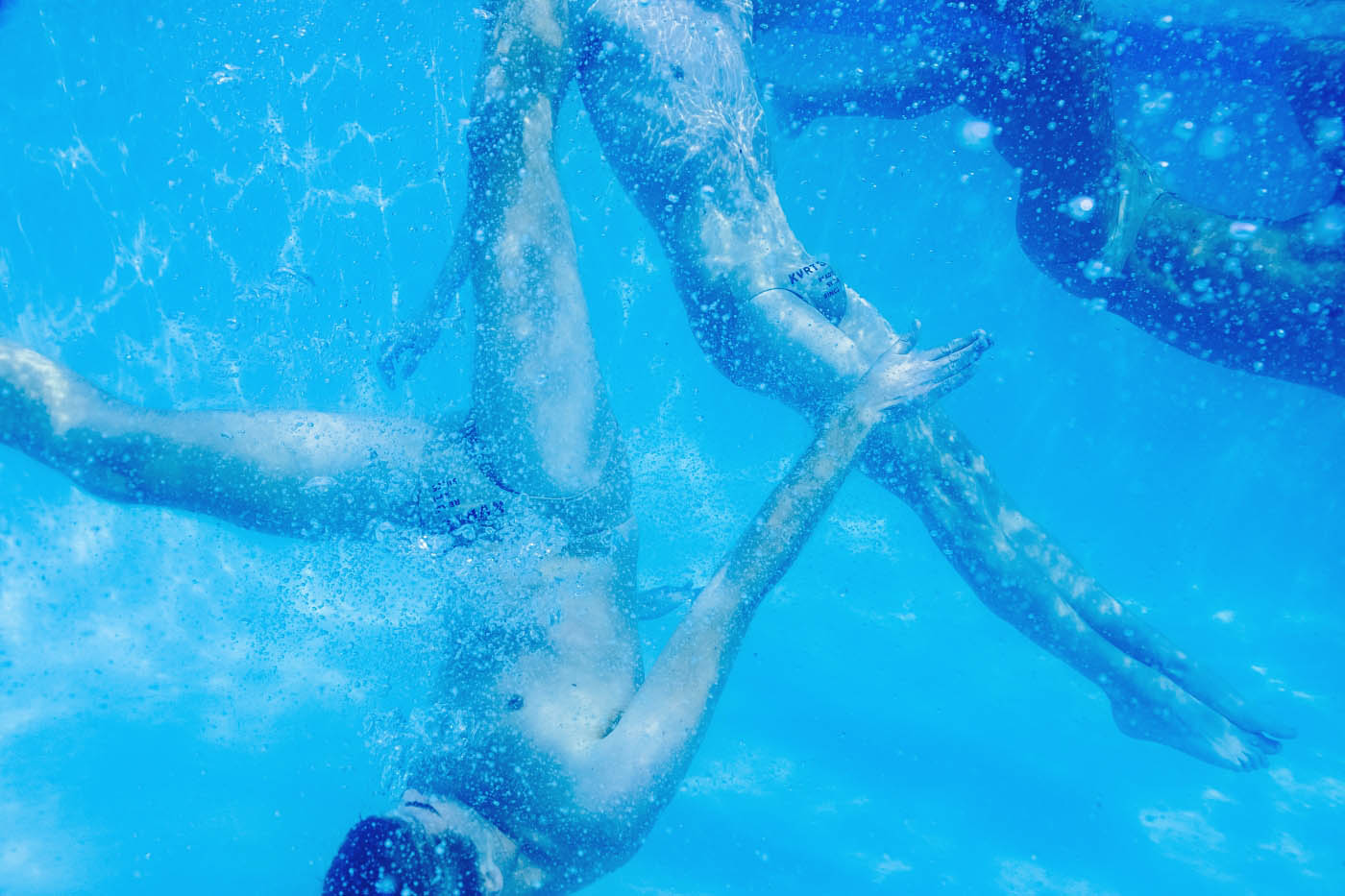
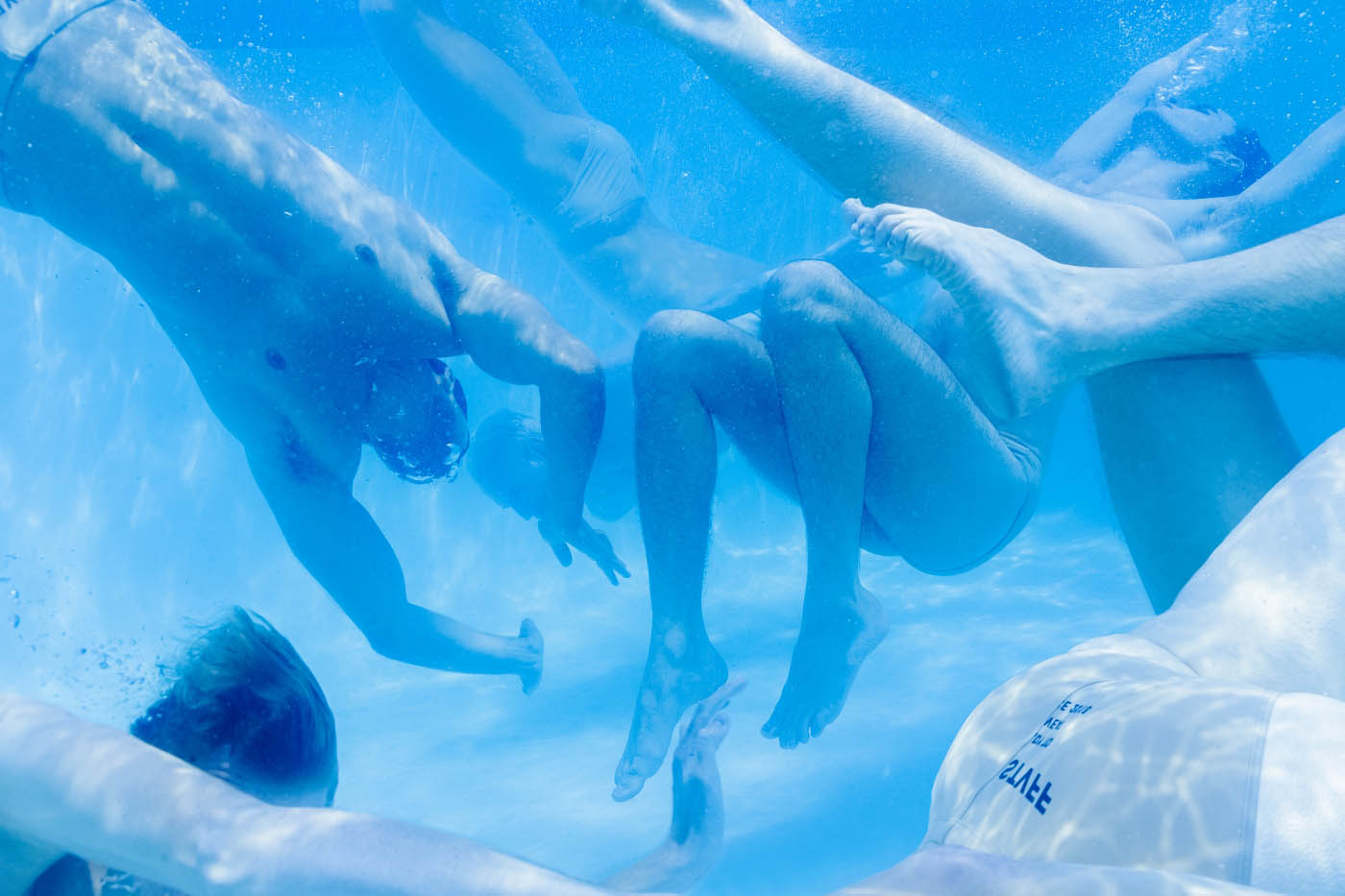


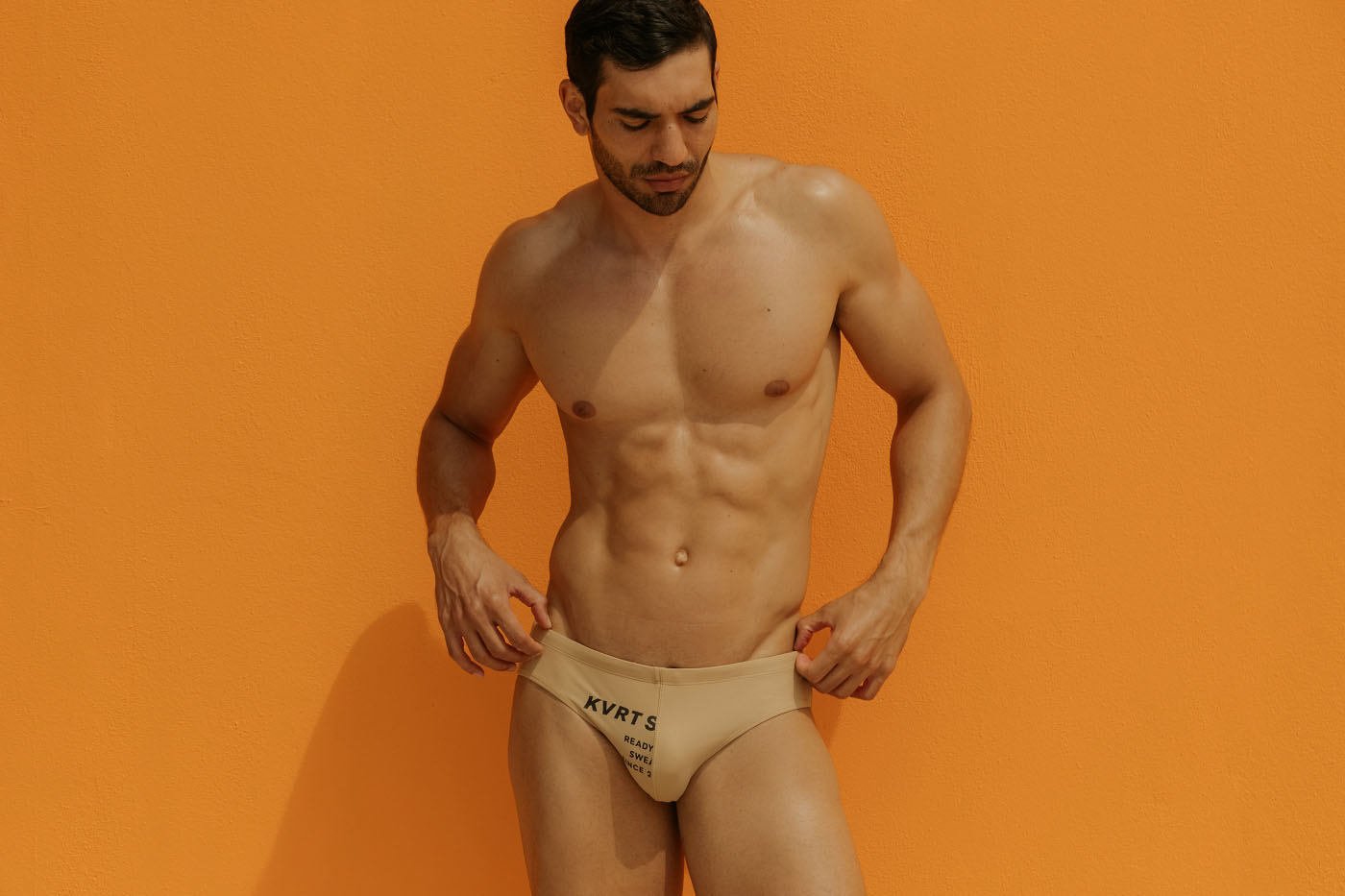
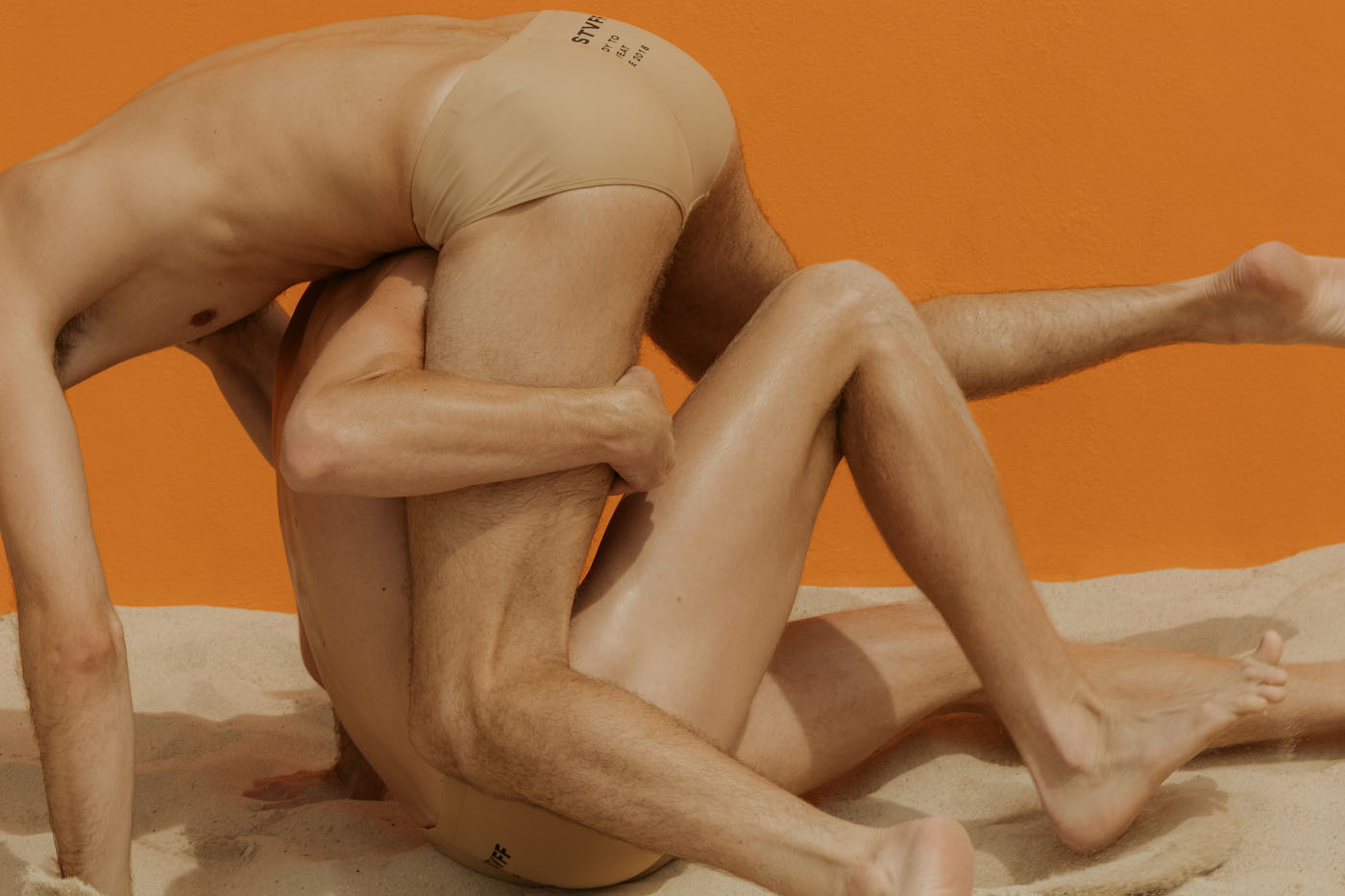

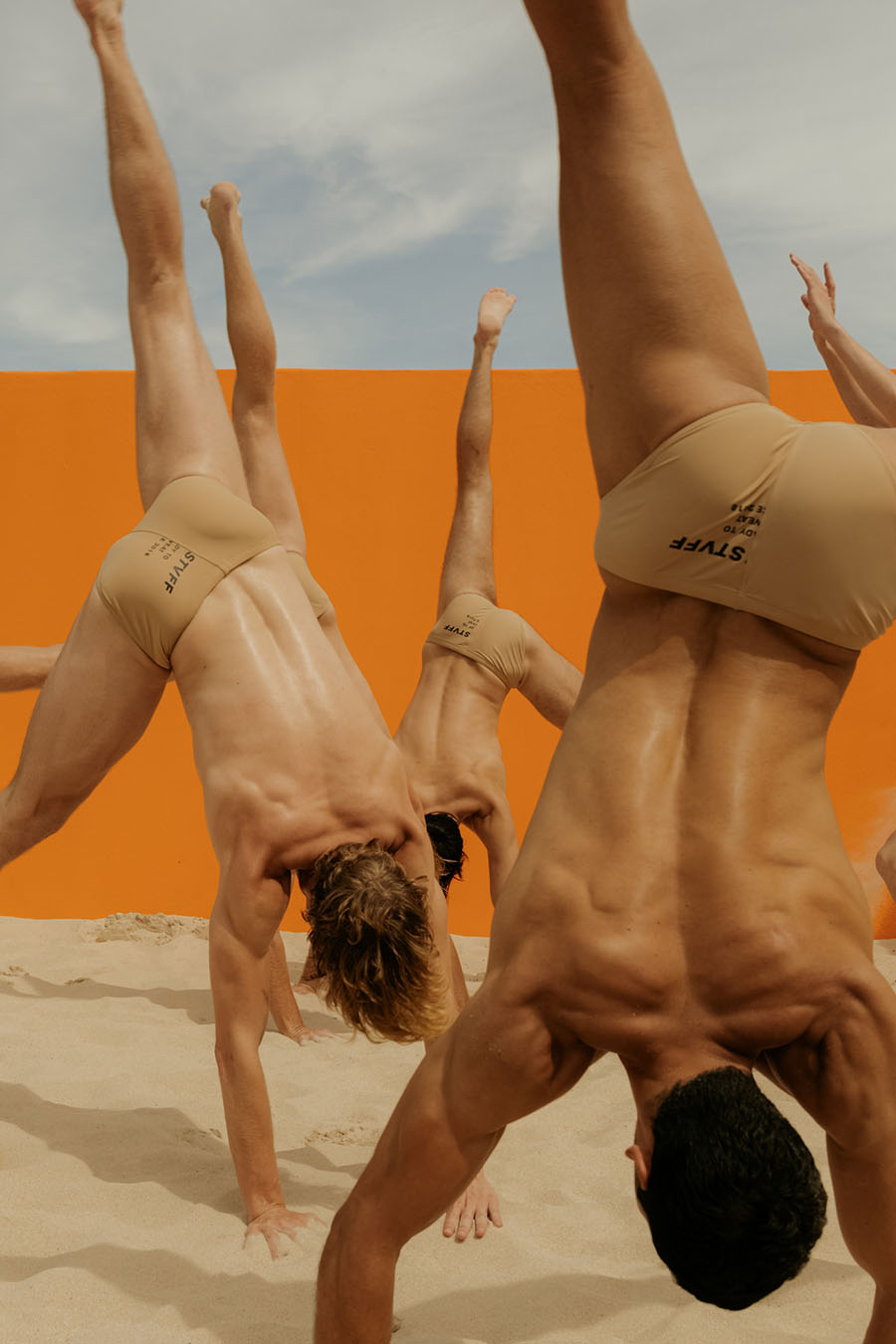

Photography
Michael Oliver Love (@michaeloliverlove)
Models
Sergi Adonis (@itsonlydylon)
Brandon Alastair (@brandonalastair)
Tommie Fourie (@tommiefourie)
Chad John Payne (@chadjohnpayne_)
Innes Maas (@innesmaas)
All apparel from KVRT STVFF
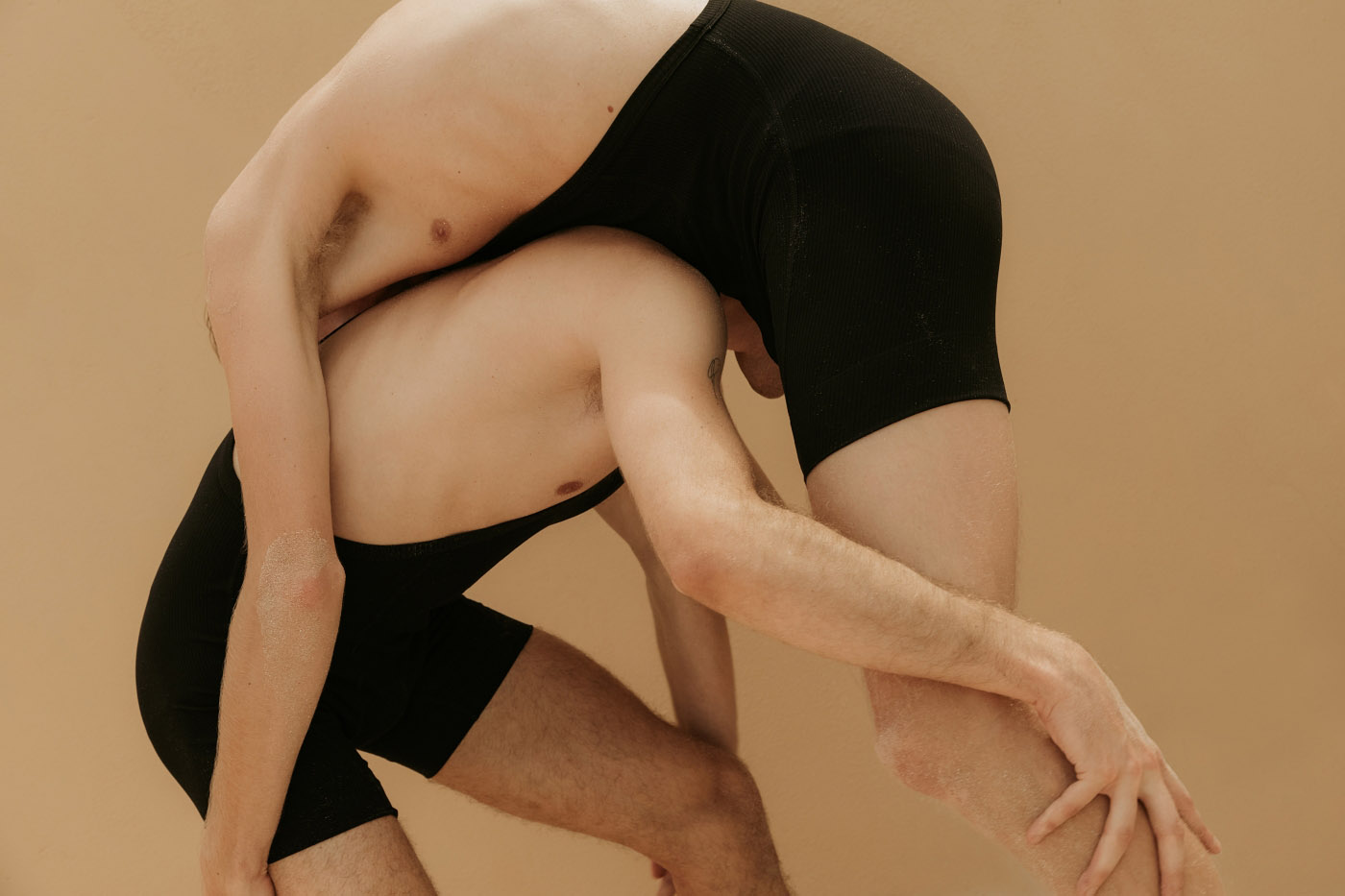

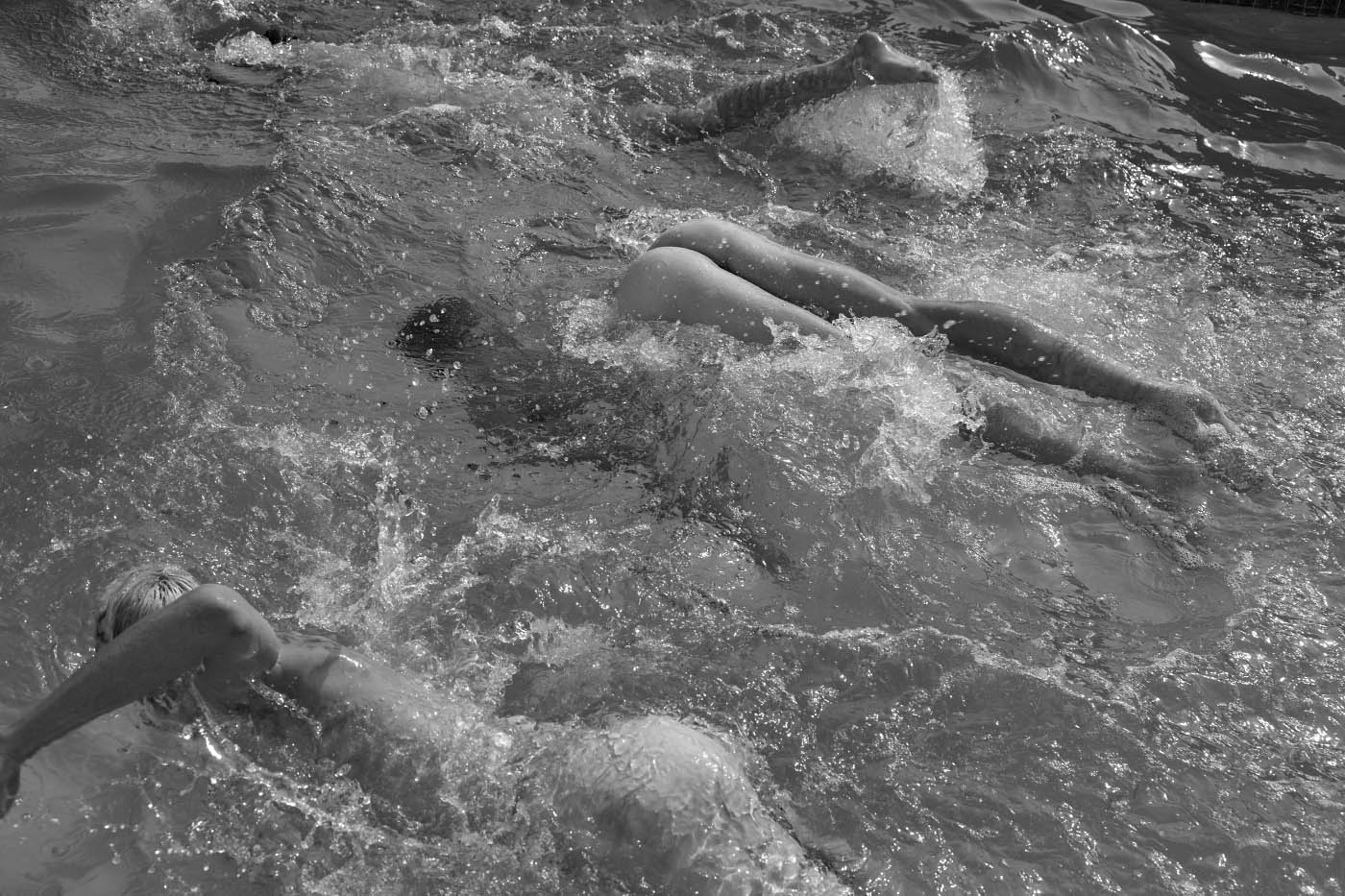
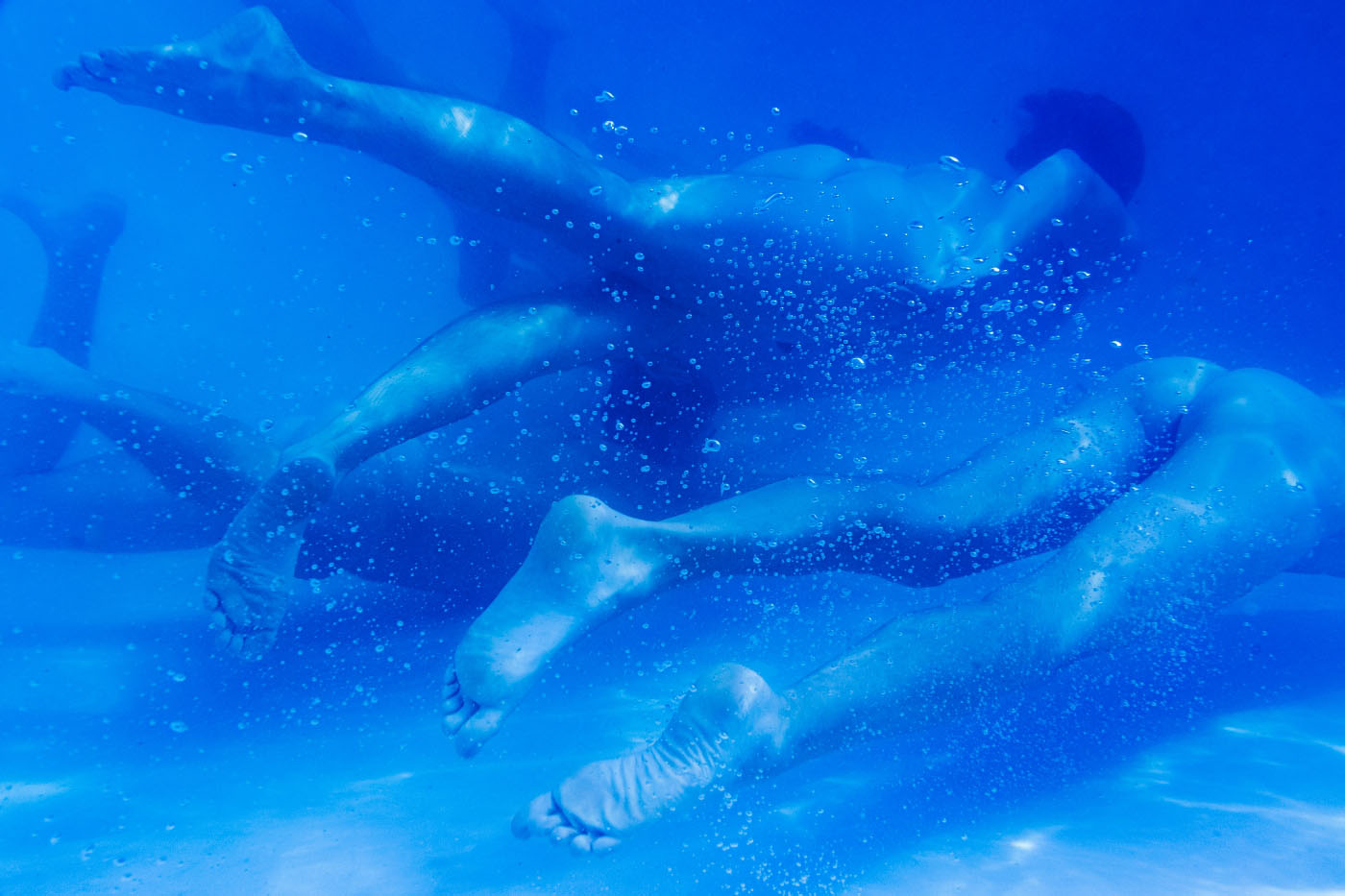
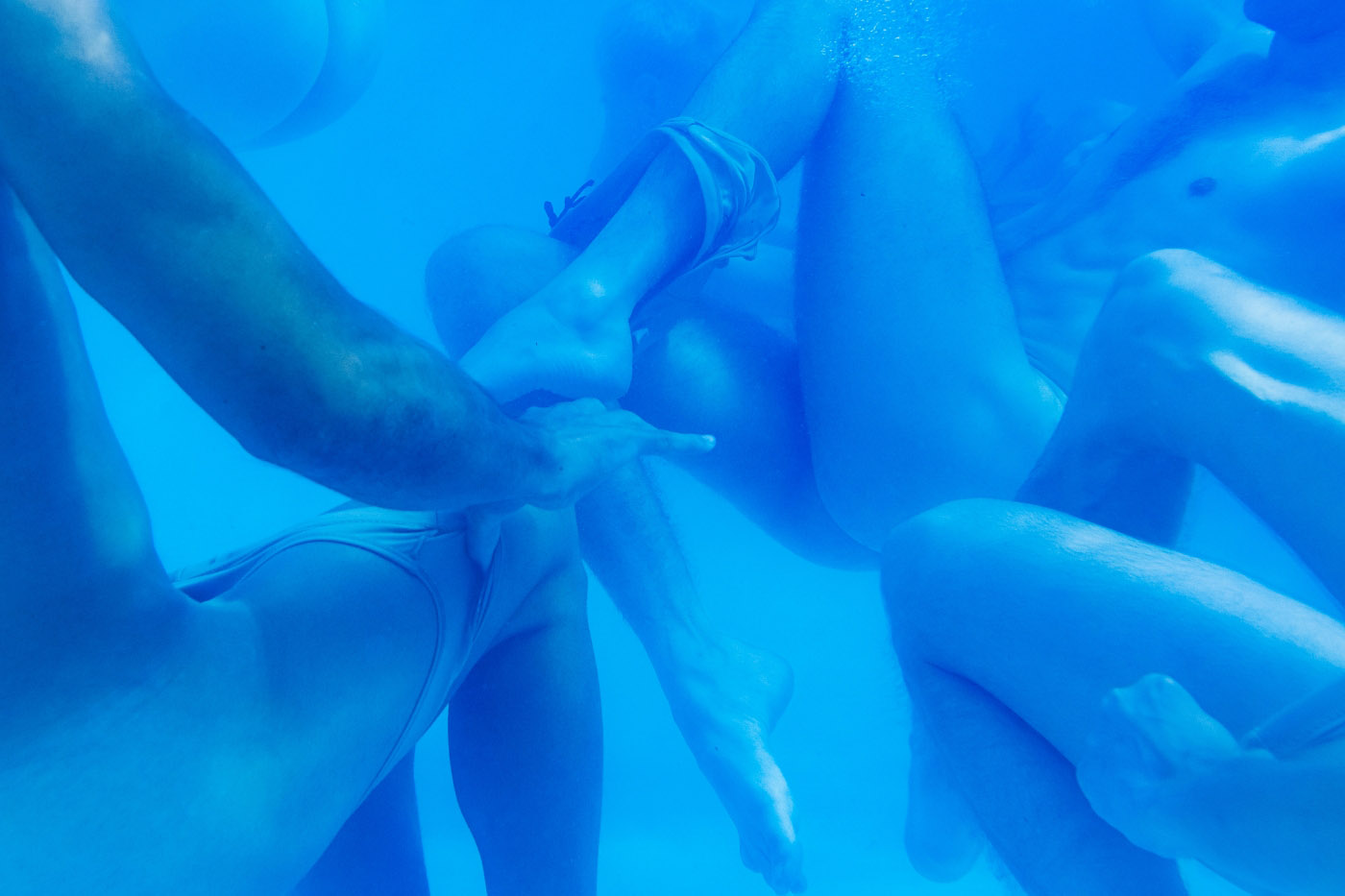
Arcadia

ARCADIA
photography & visual art | ANTONIO MIUCCI

earrings & dress Arcadia’s archive


shirt Stefano’s archive, trousers ACNE STUDIOS

dress vintage


cape VIKTOR & ROLF HAUTE COUTURE, skirt & gloves tailored custom-made

gloves & skirt tailored custom-made

on the left_jacket custom-made, shirt COS
on the right_dress & gloves Arcadia’s archive

earring vintage


jacket custom-made, earring vintage


on the left_shirt Stefano’s archive, trousers ACNE STUDIOS

dress & gloves vintage

on the left_dress & gloves vintage
on the right_shirt & gloves GUCCI vintage

on the left_shirt Stefano’s archive styling
on the right_shirt & skirt Stefano’s archive, gloves vintage



dress & earrings Arcadia’s archive
Photographer & Visual Artist: Antonio Miucci (@antoniomiucci)
Key Stylist & Make-Up Artist: Stefano Filipponi (@stefanofilipponi), Arcadia (@arcadia_queen)
Stylist: Fabio Messana (@fabiomessana)
Make-Up Artists: Mattia Attorre (@piangoarcobaleni), Daphne Bohémien (@daphne.bohemien)
Wigs: Marcoswigs (@marcoswigs)
Talent: Stefano Filipponi, Arcadia
Undress Me Mentally
UNDRESS ME MENTALLY
photography | ROMAN VALYNKIN

underwear CALVIN KLEIN










pants CALVIN KLEIN

Photographer: Roman Valynkin (@bold__and__young)
Model: Aleksandr Blinov-Lepëshkin (@magic_maan)
Sentiment

Sentiment
Photographer | Il Retallack Stylist | Emanuel Catrina







Photography, Hair & Make-up: Il Retallack (@ilretallack)
Styling & Fashion Creation: Emanuel Catrina (@ecatrinaa)
Model: Chris (@chrisjohnflora)
The Blur of the Distortion in the Future
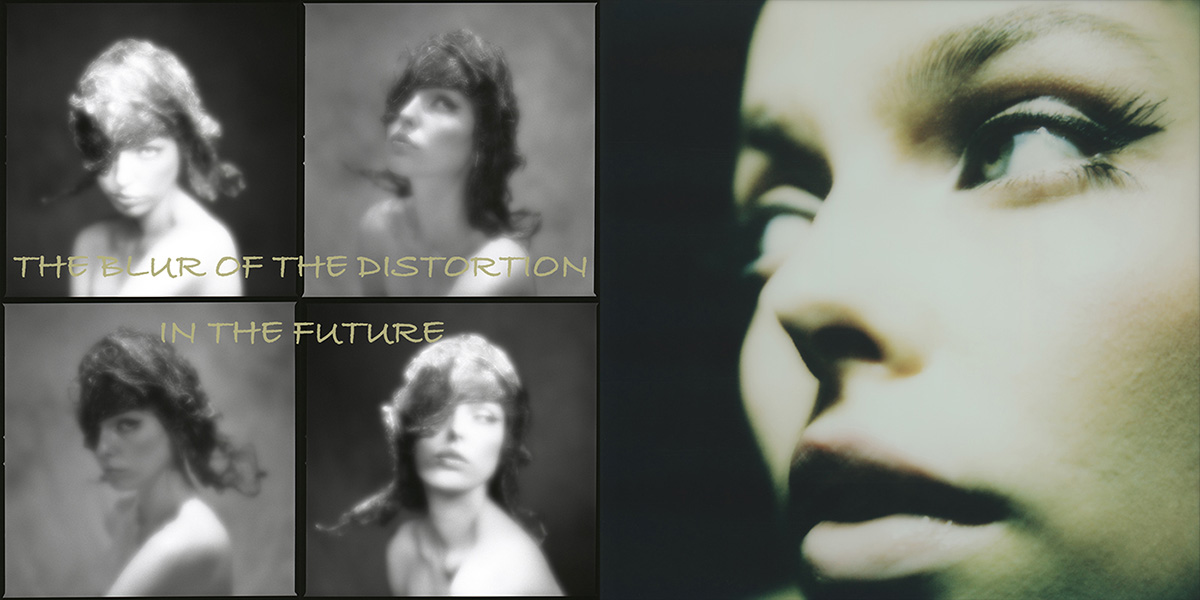
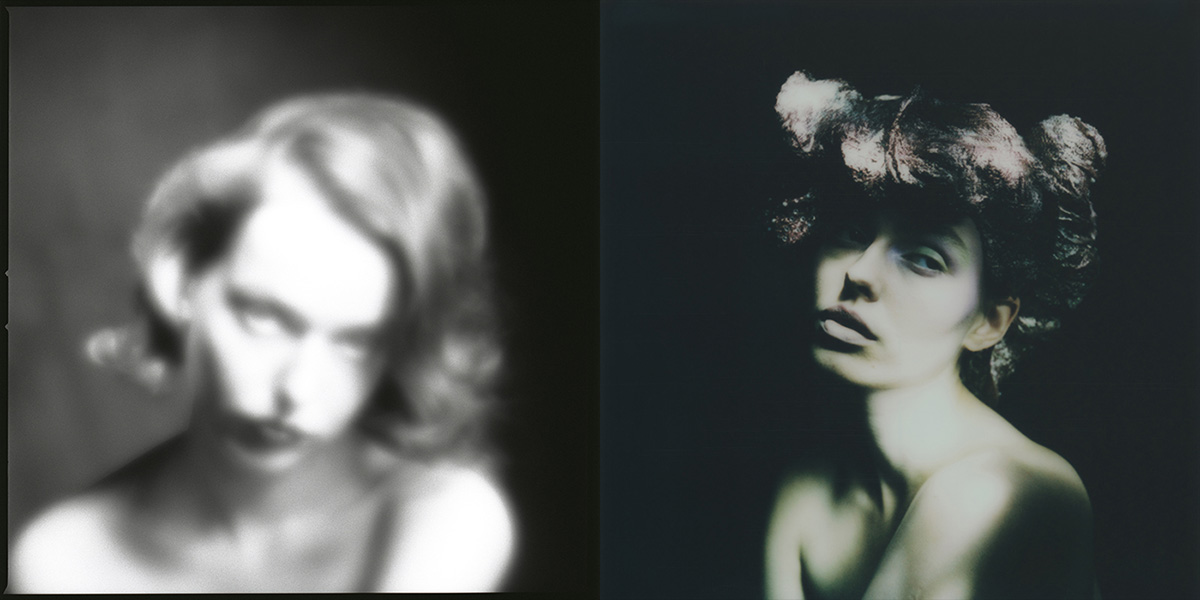

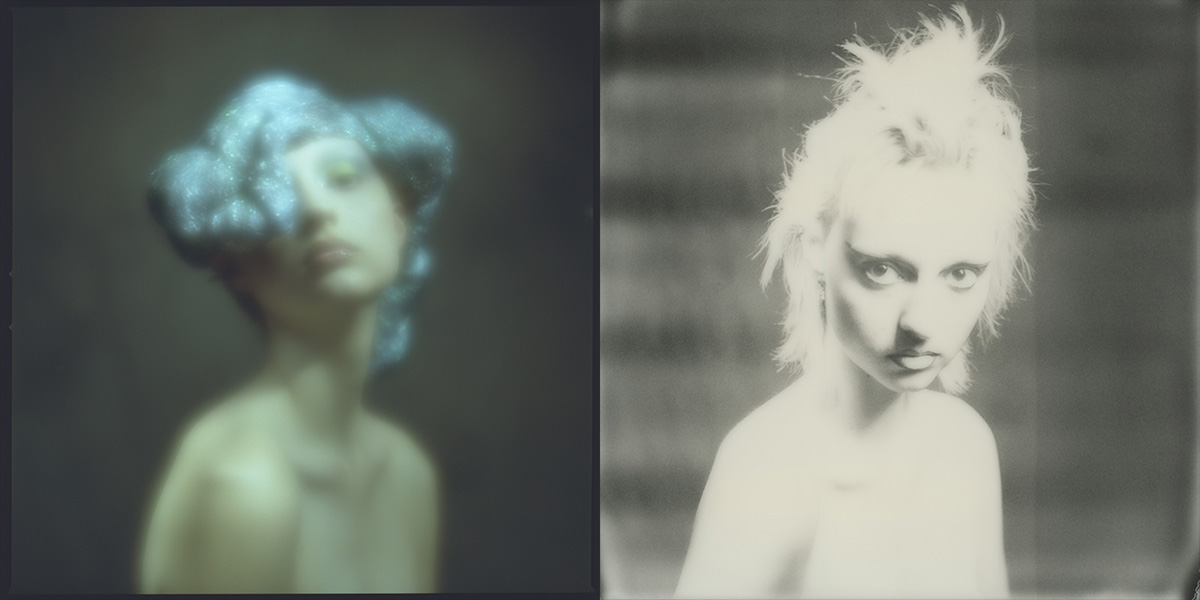
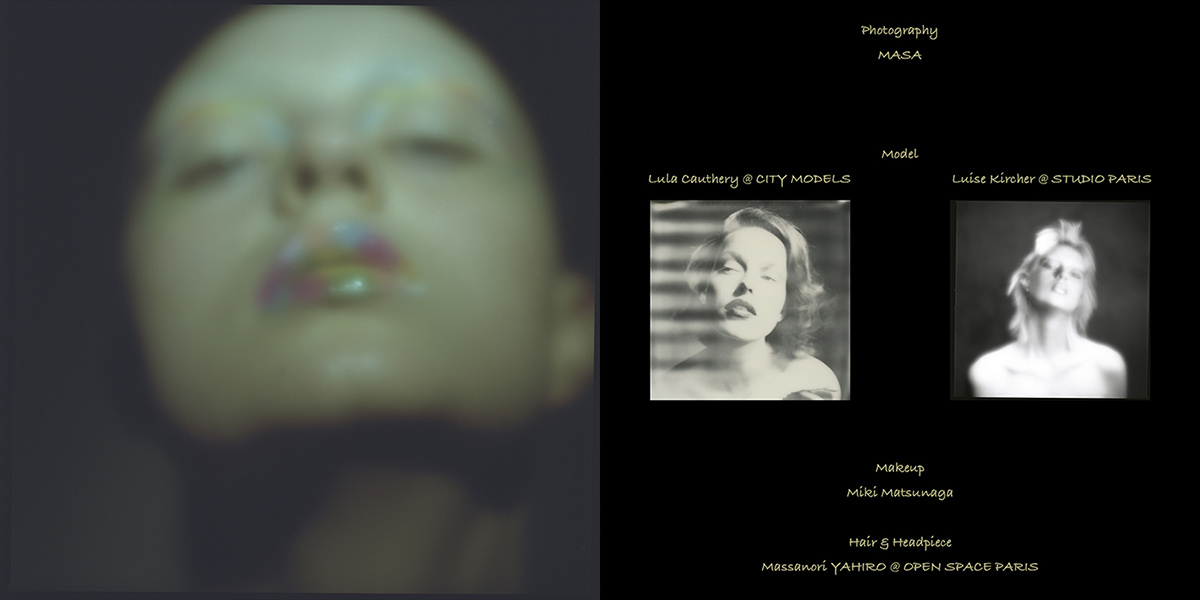
Photography: MASA (@photography.by.masa)
Makeup: Miki Matsunaga (@mikimatsunamakeup)
Hair & Headpiece: Massanori Yahiro (@massanoriyahiro)
Models: Lula Cauthery (@lulacauthery), Luise Kircher (@luselmann)
With Love from Russia
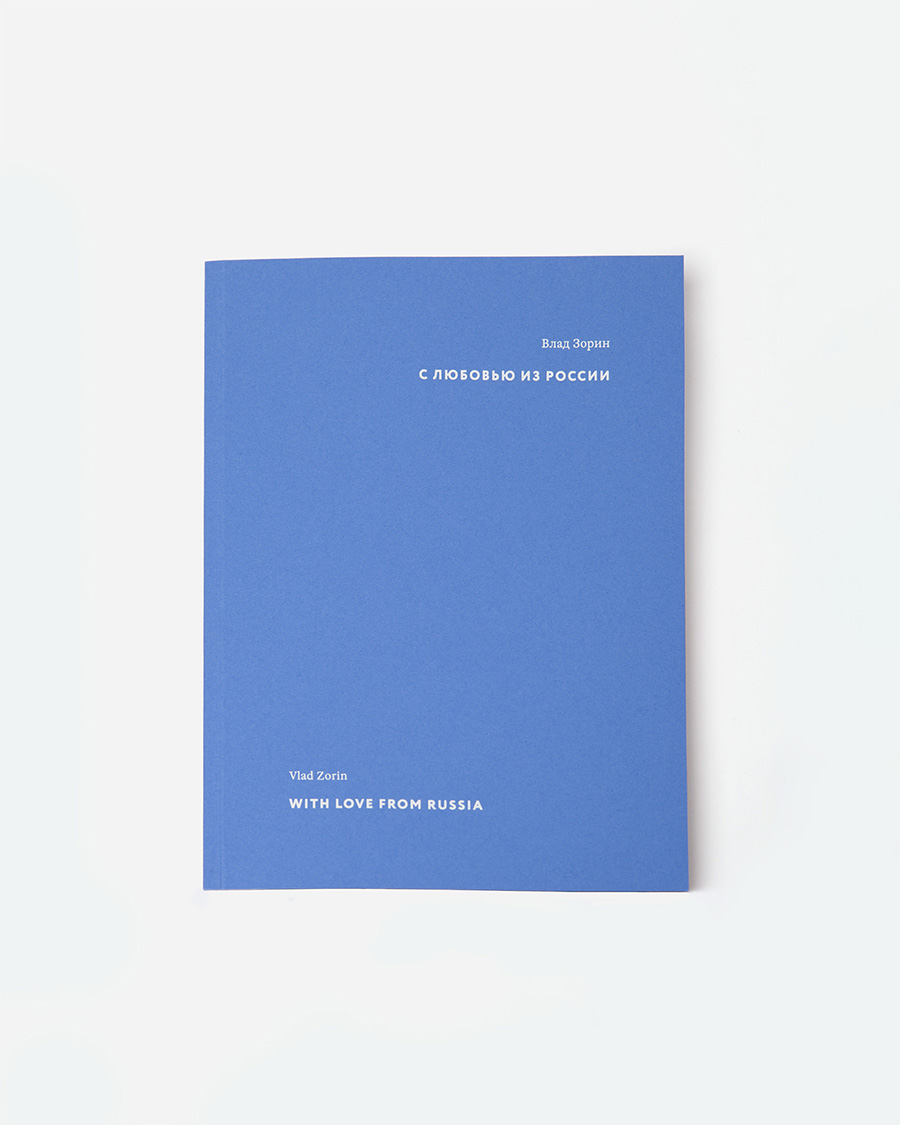
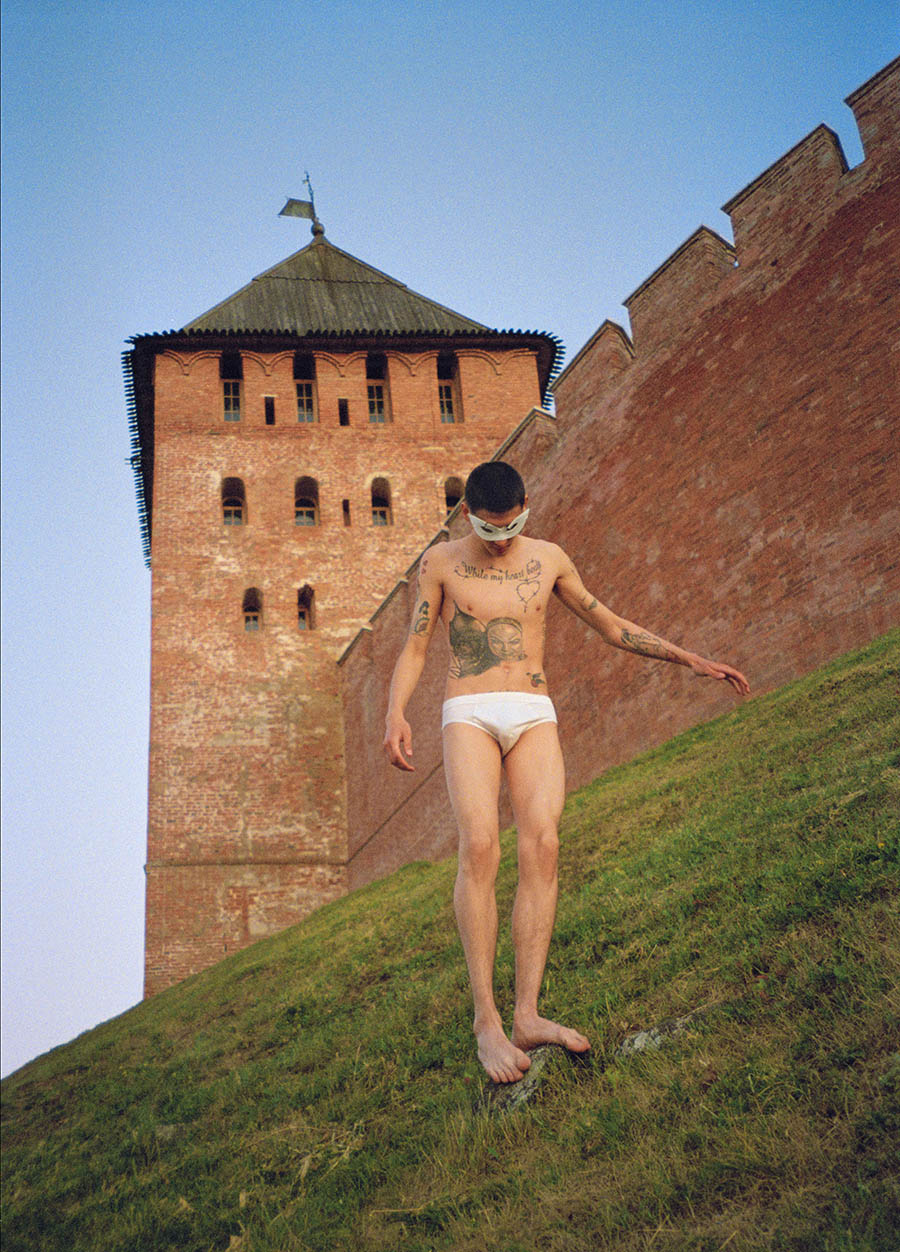
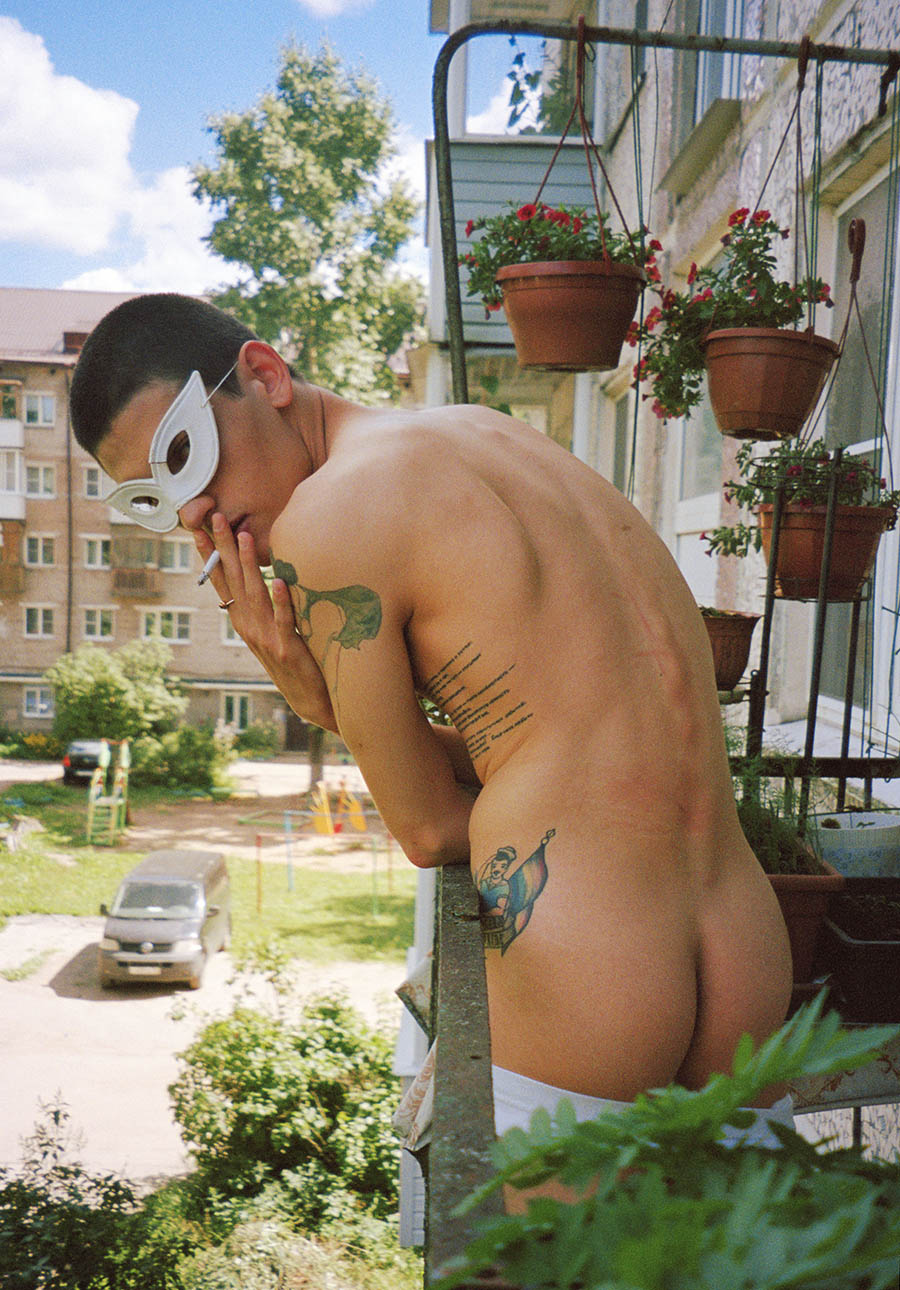
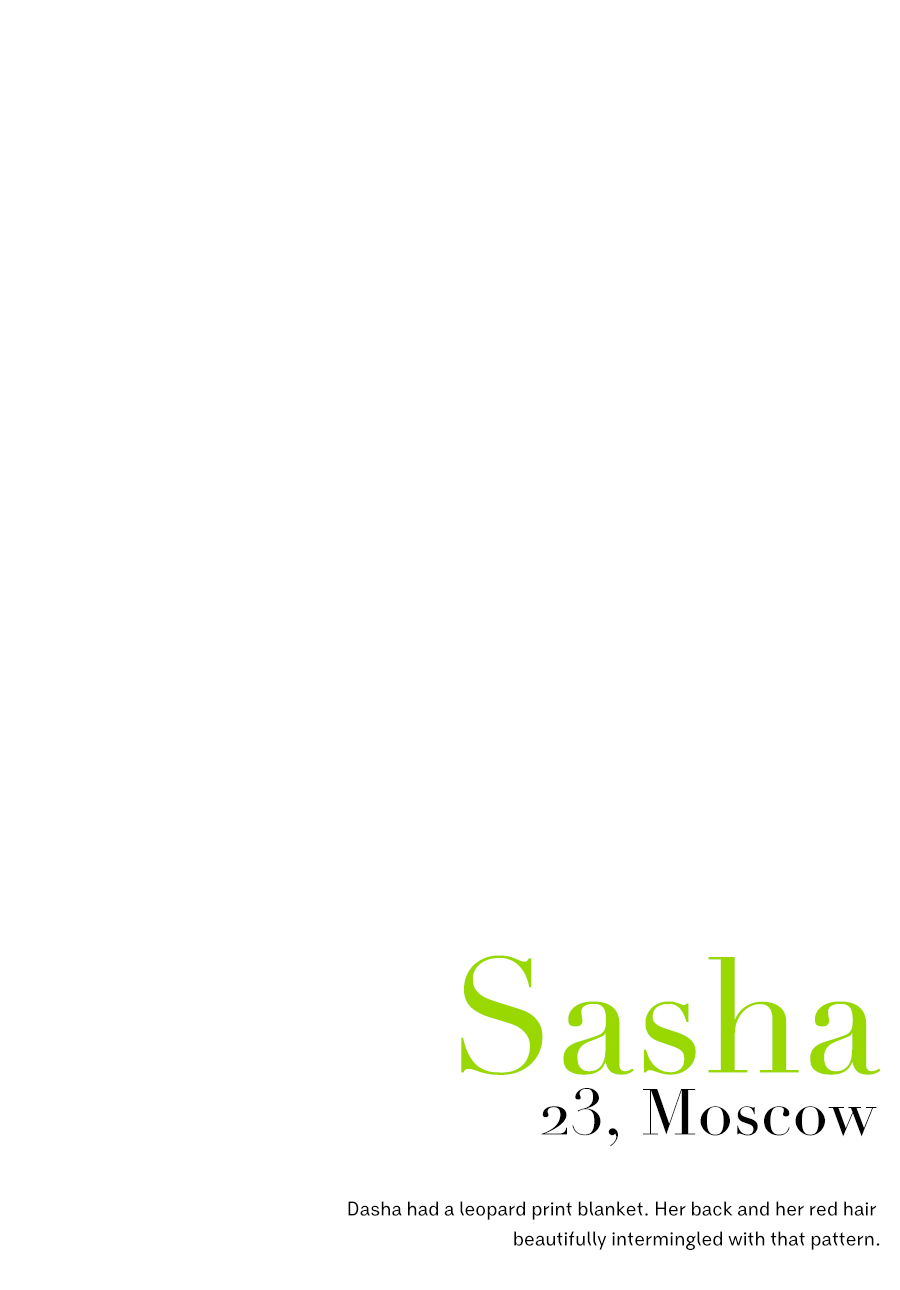
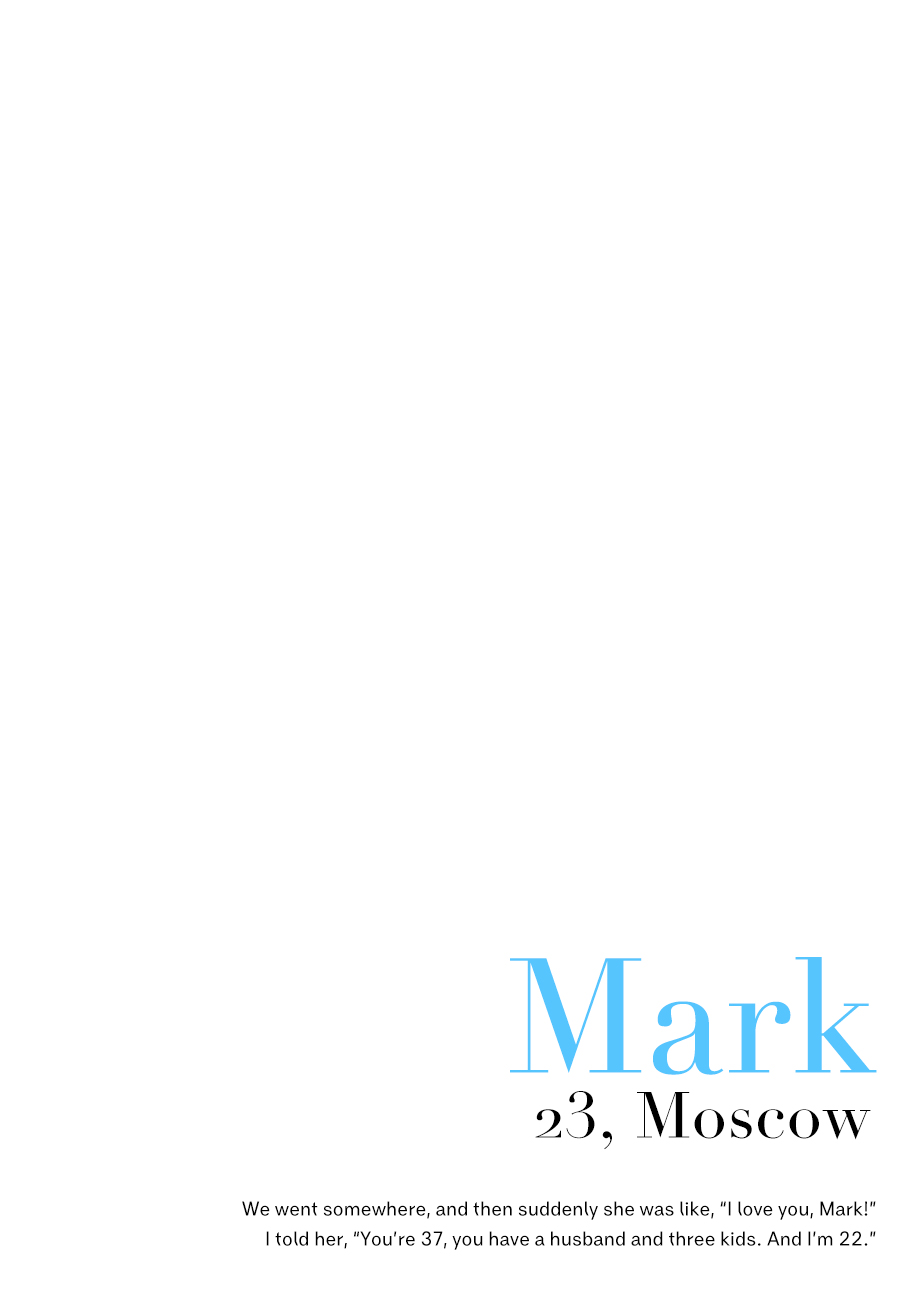
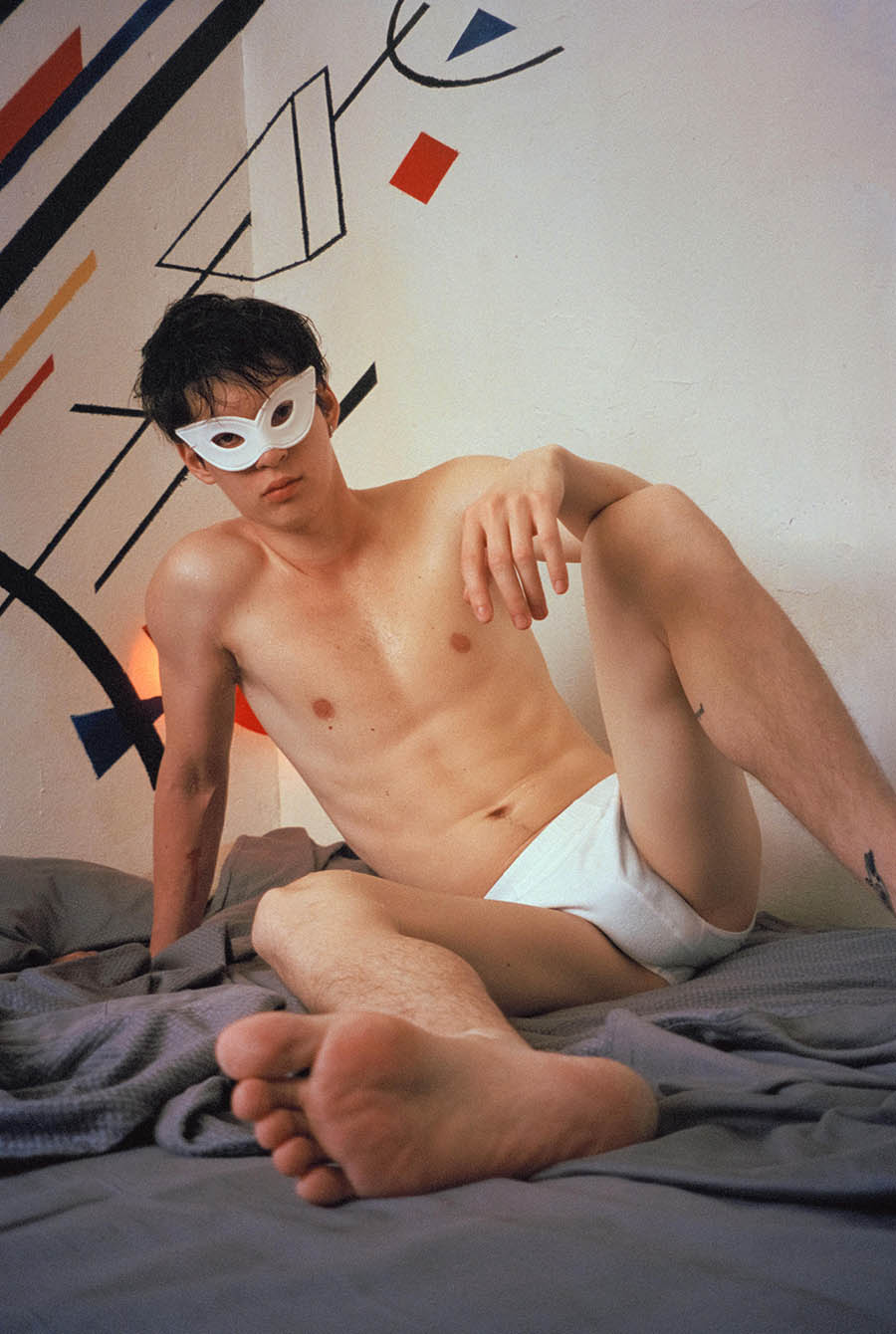
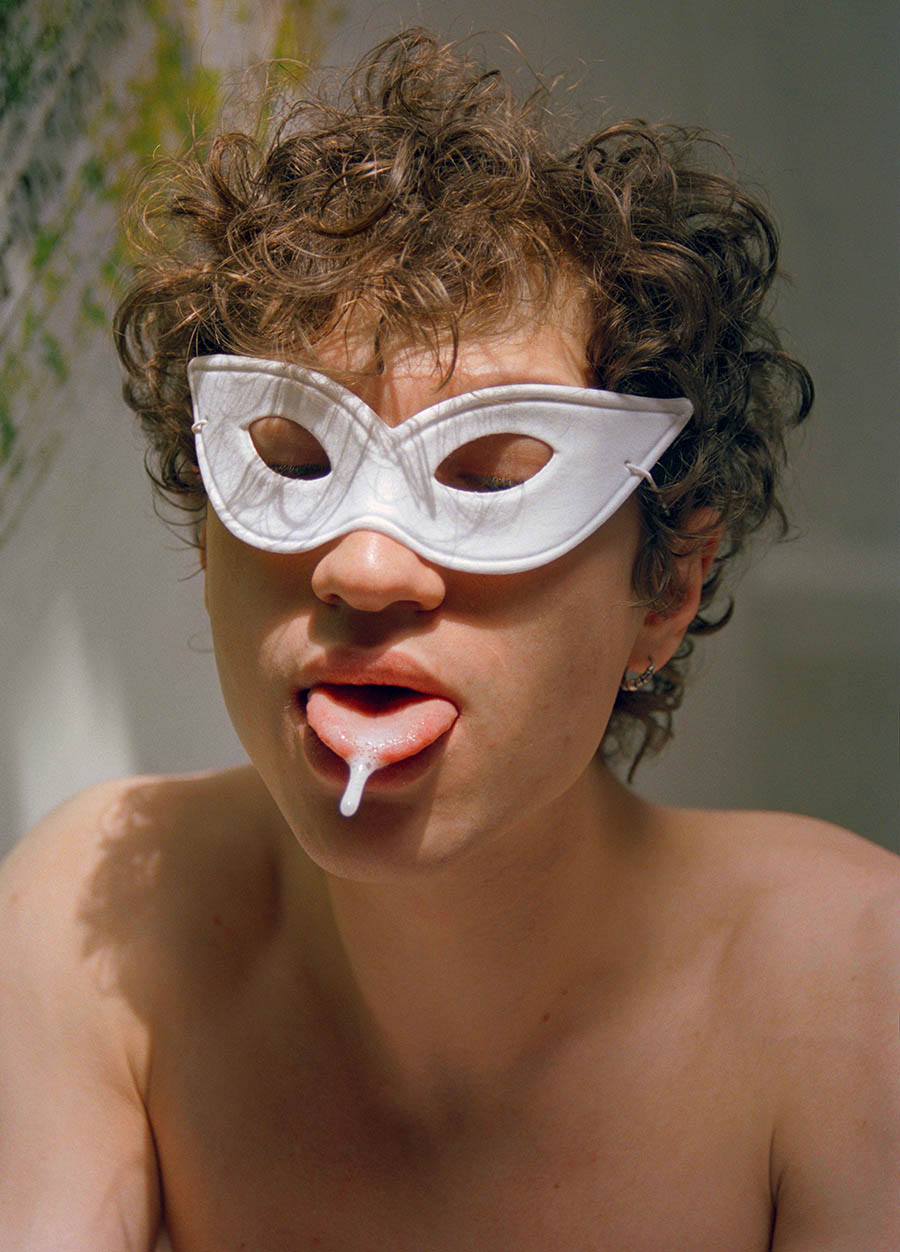
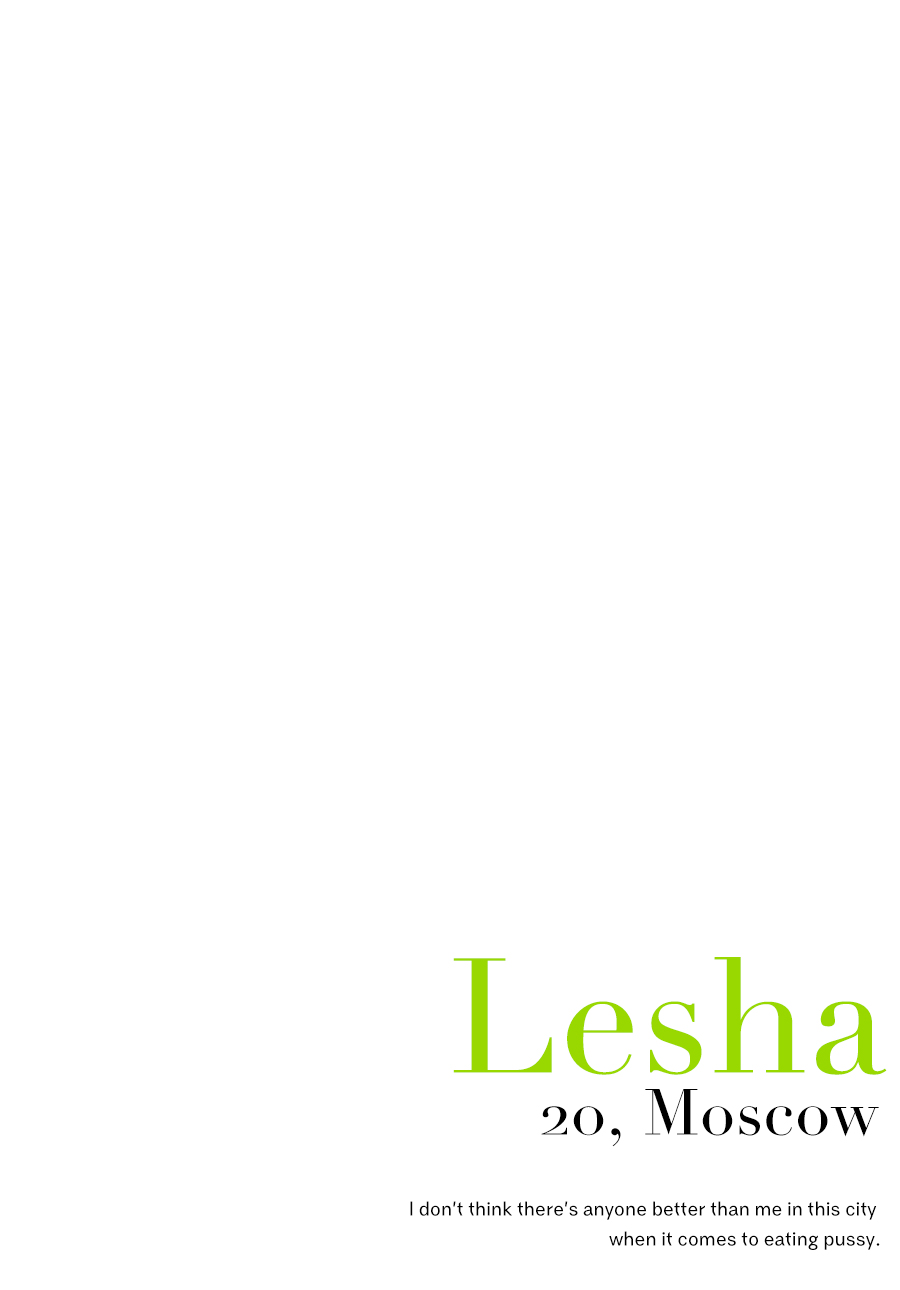
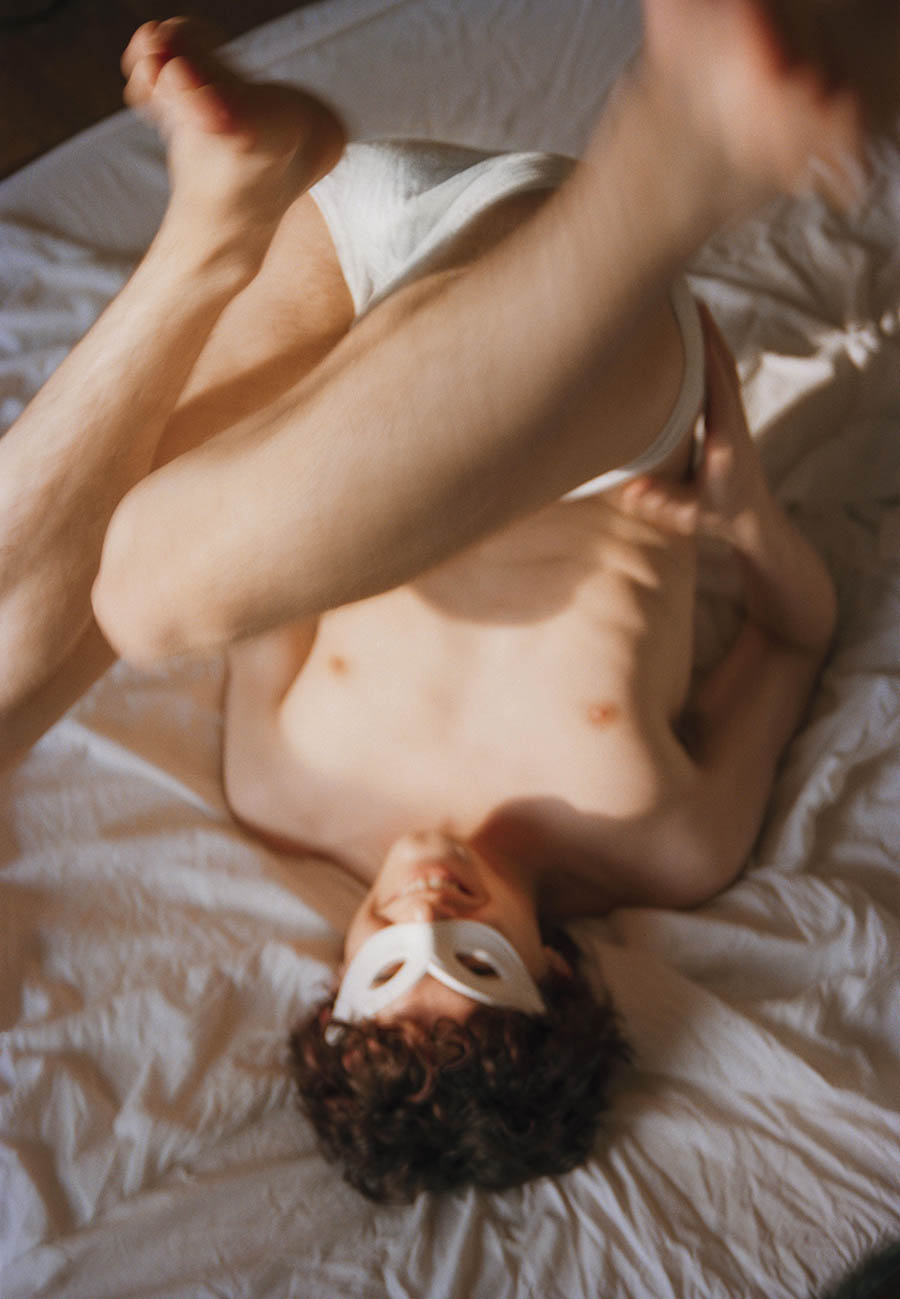
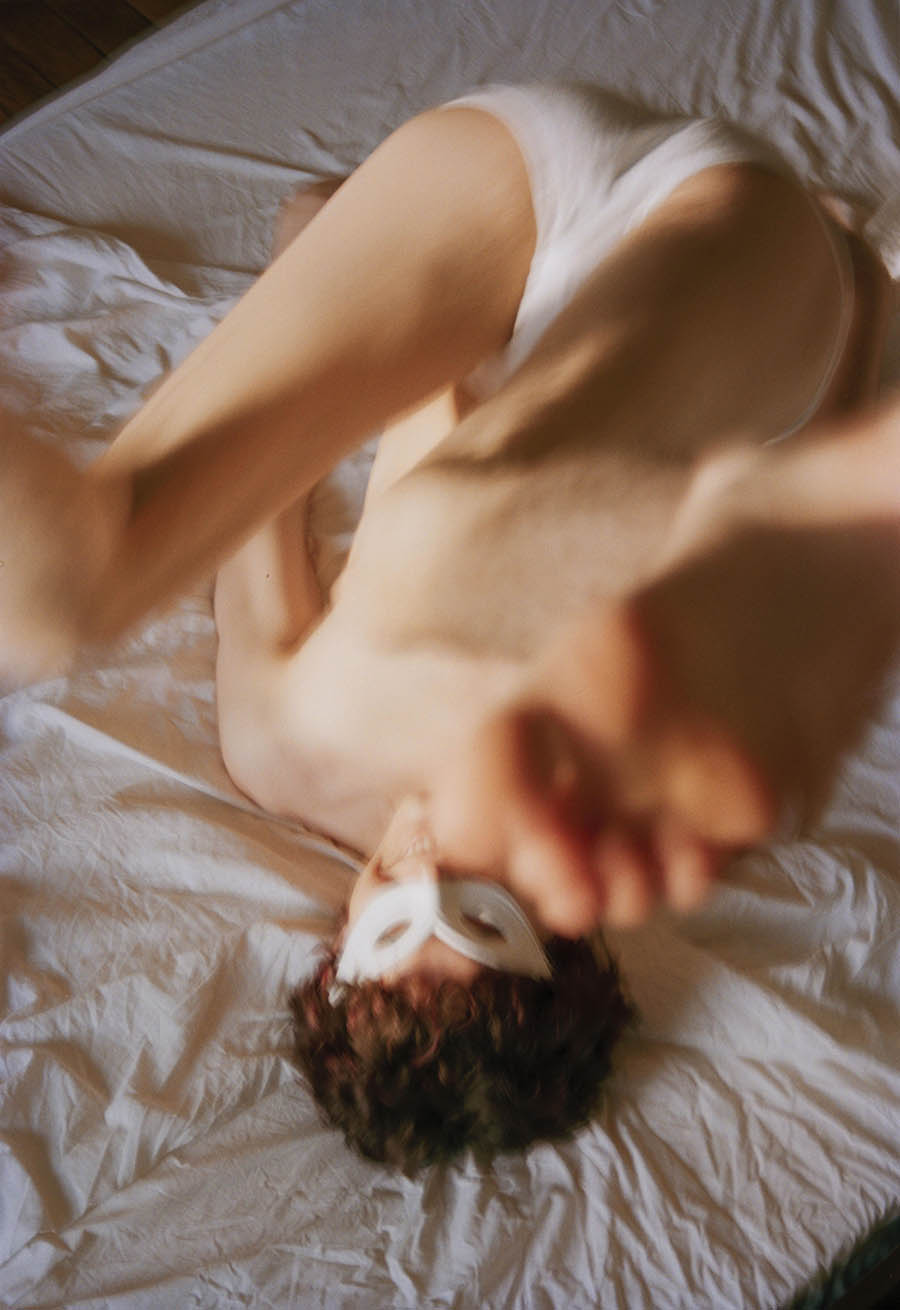
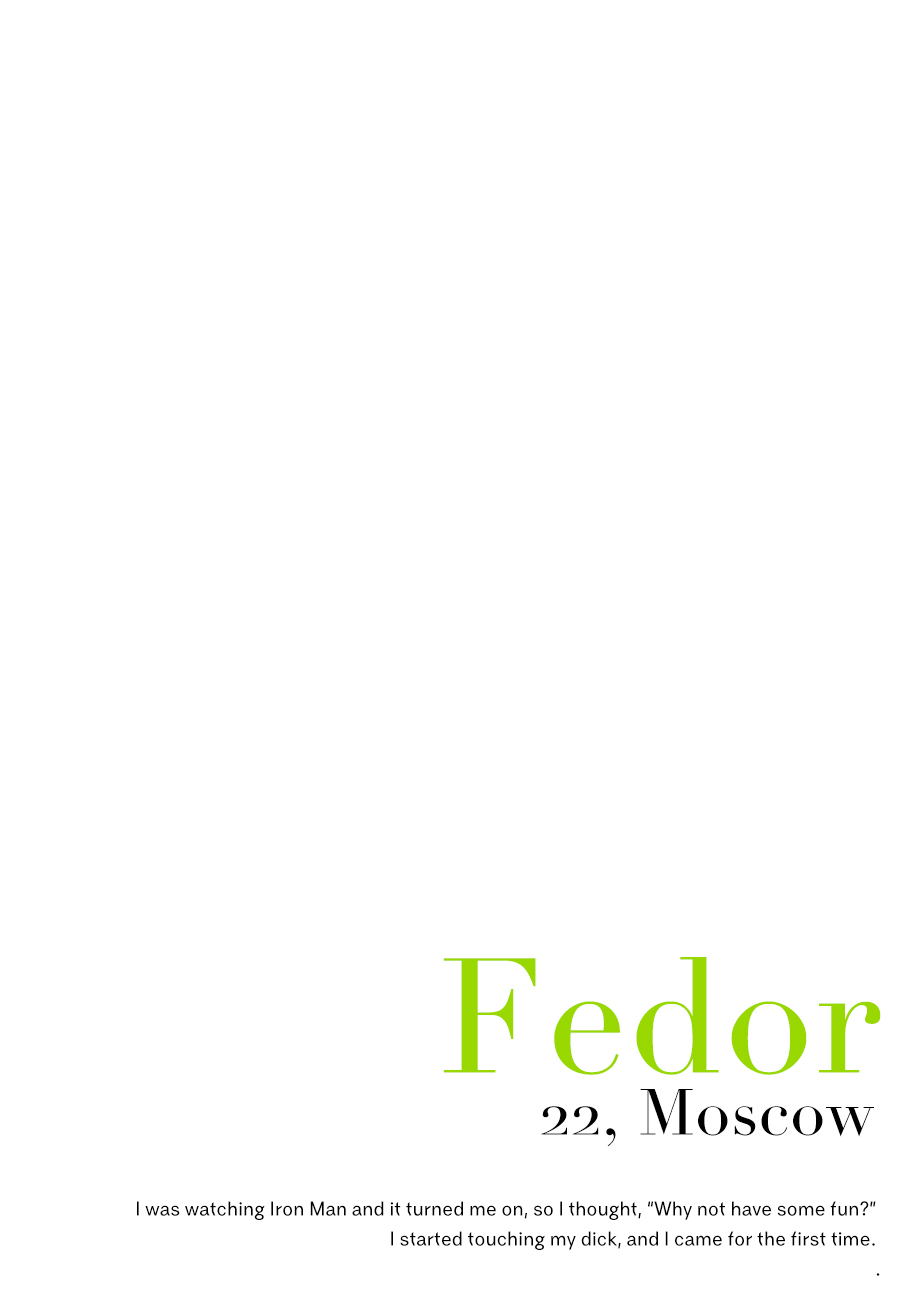
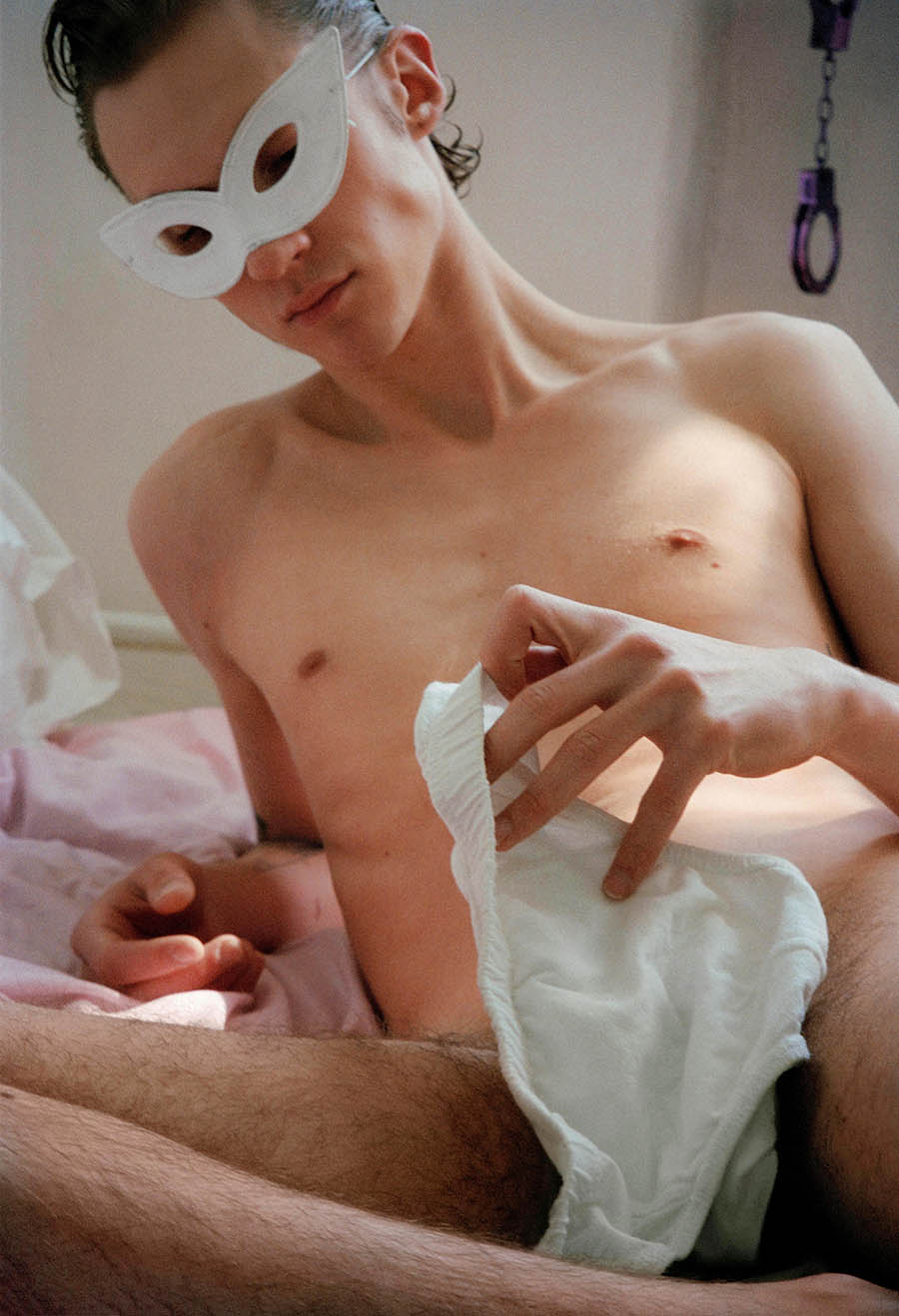
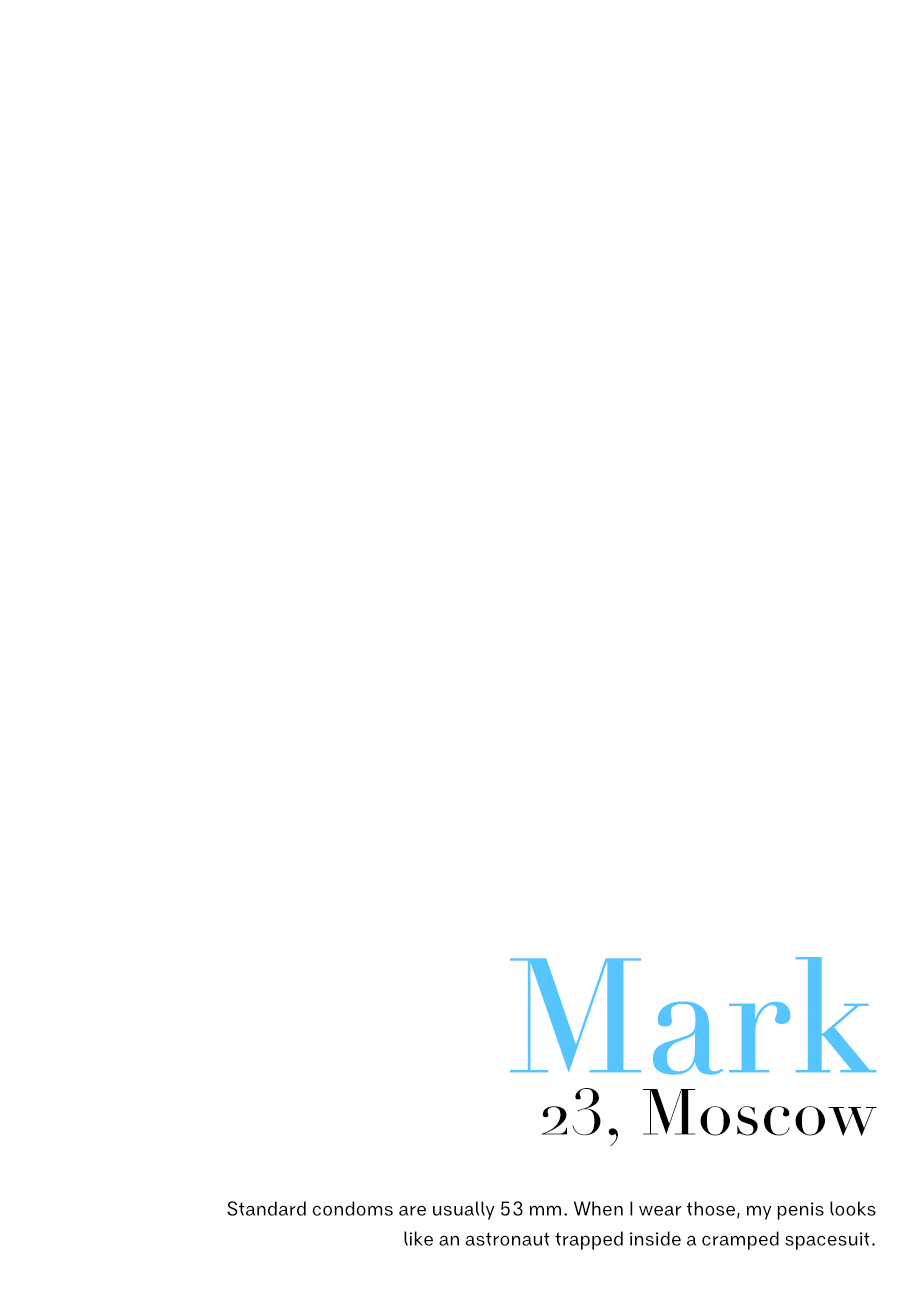

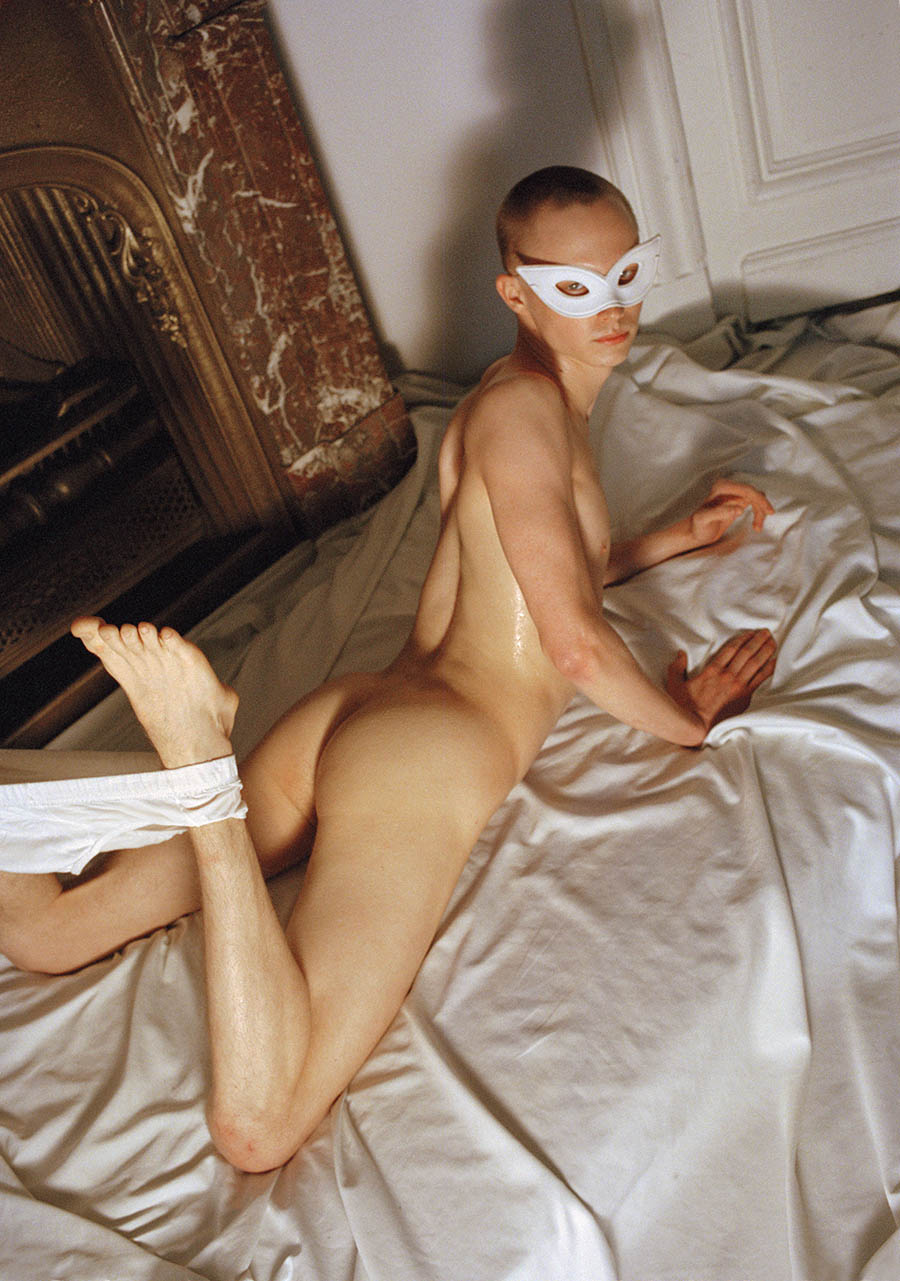
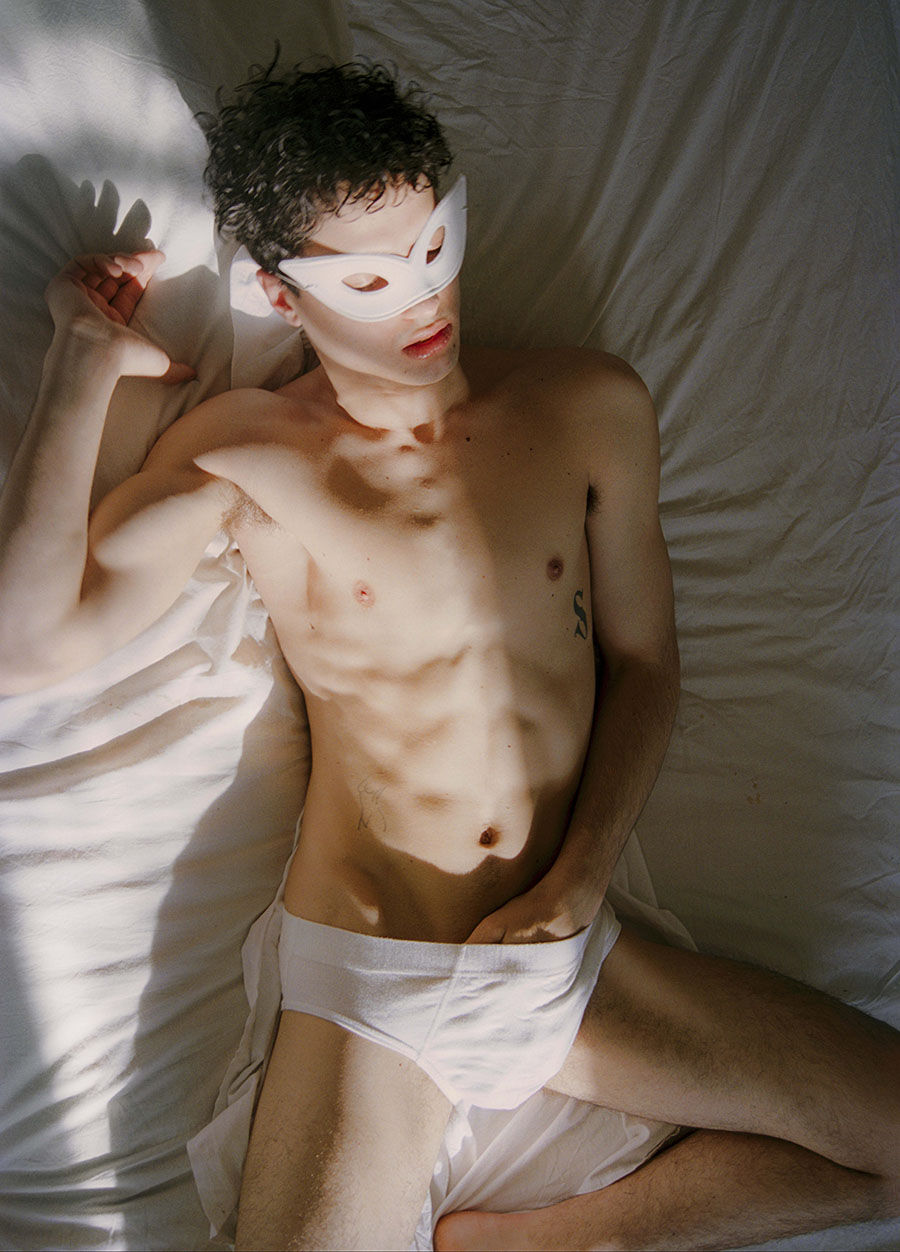
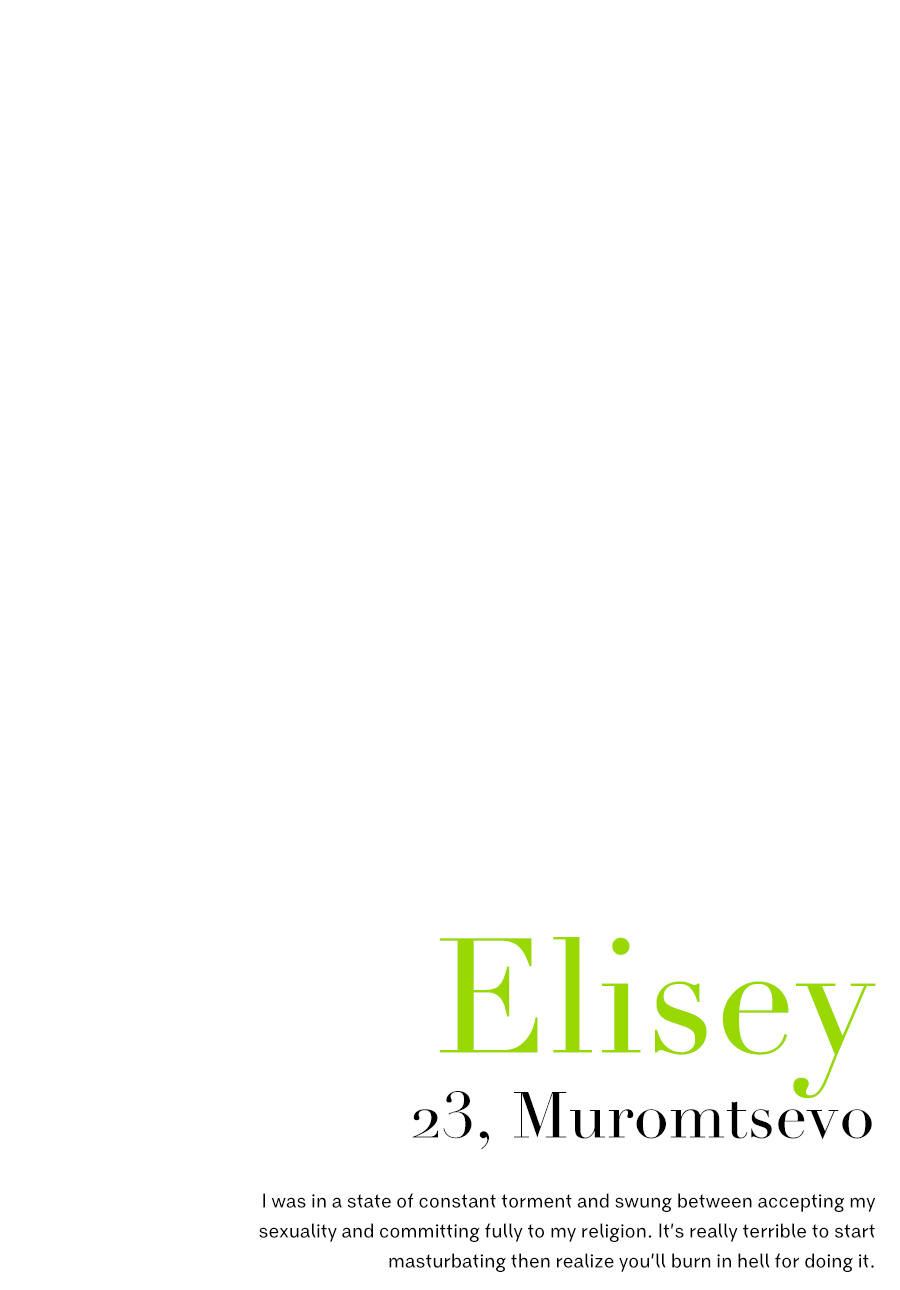
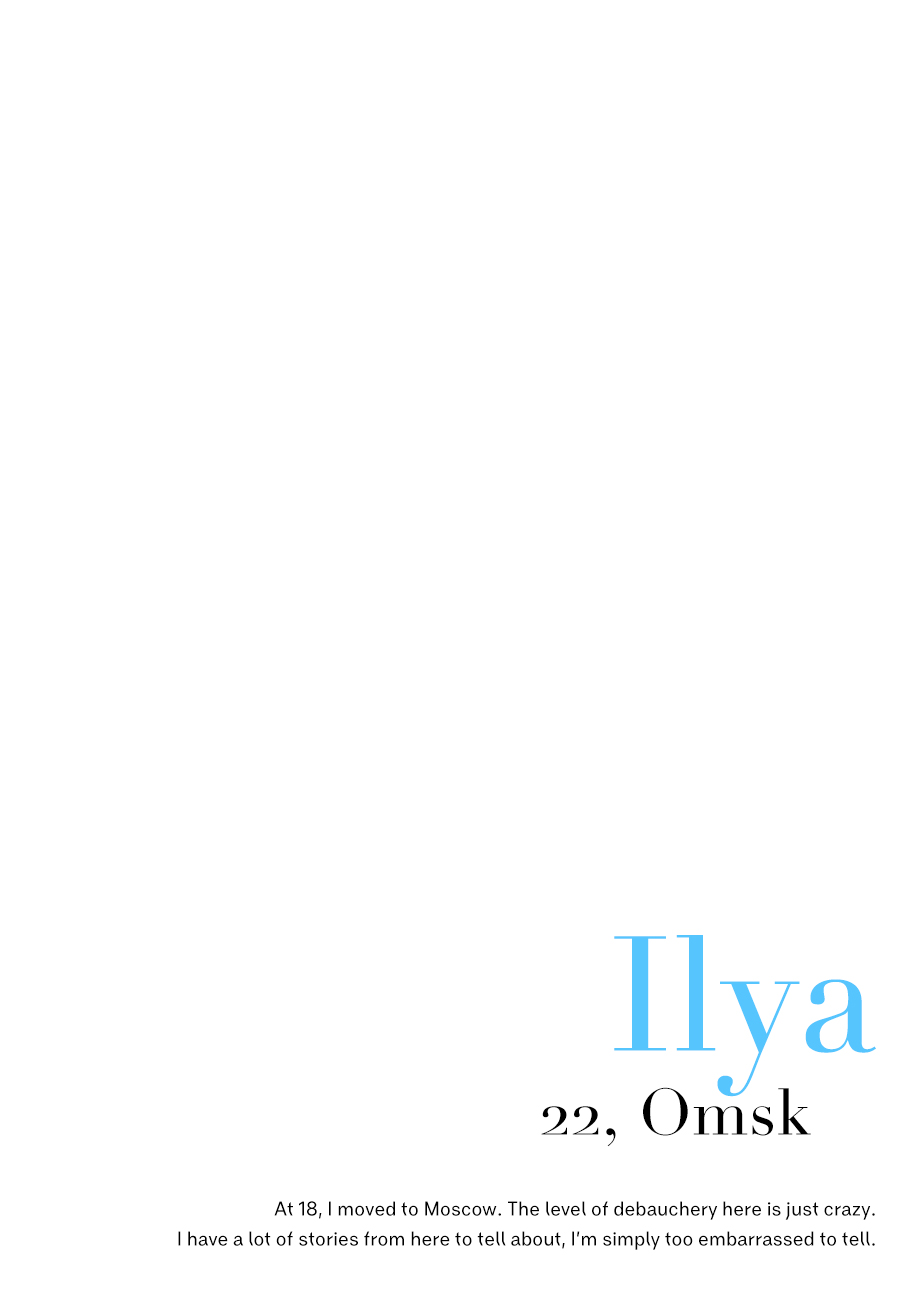
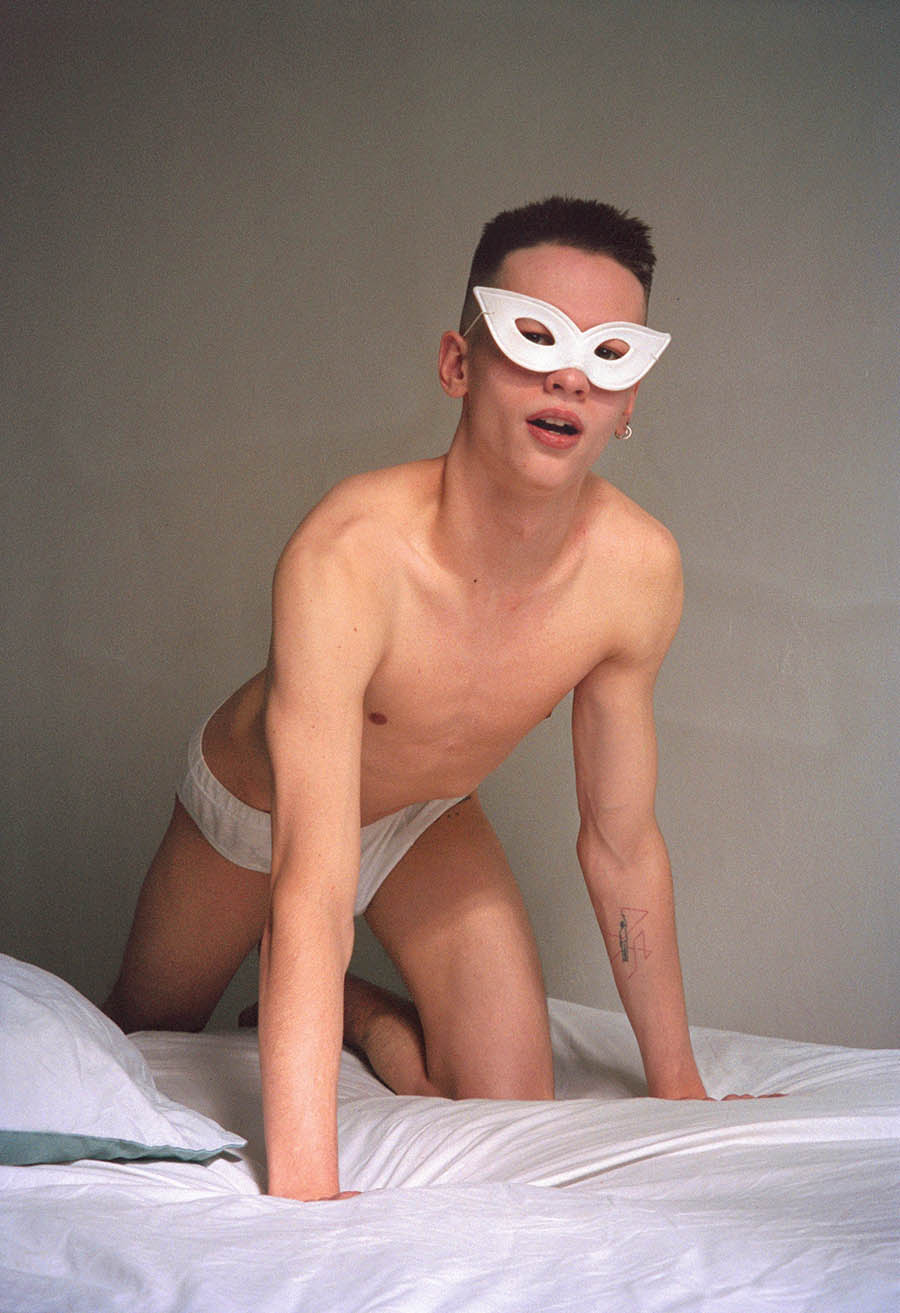
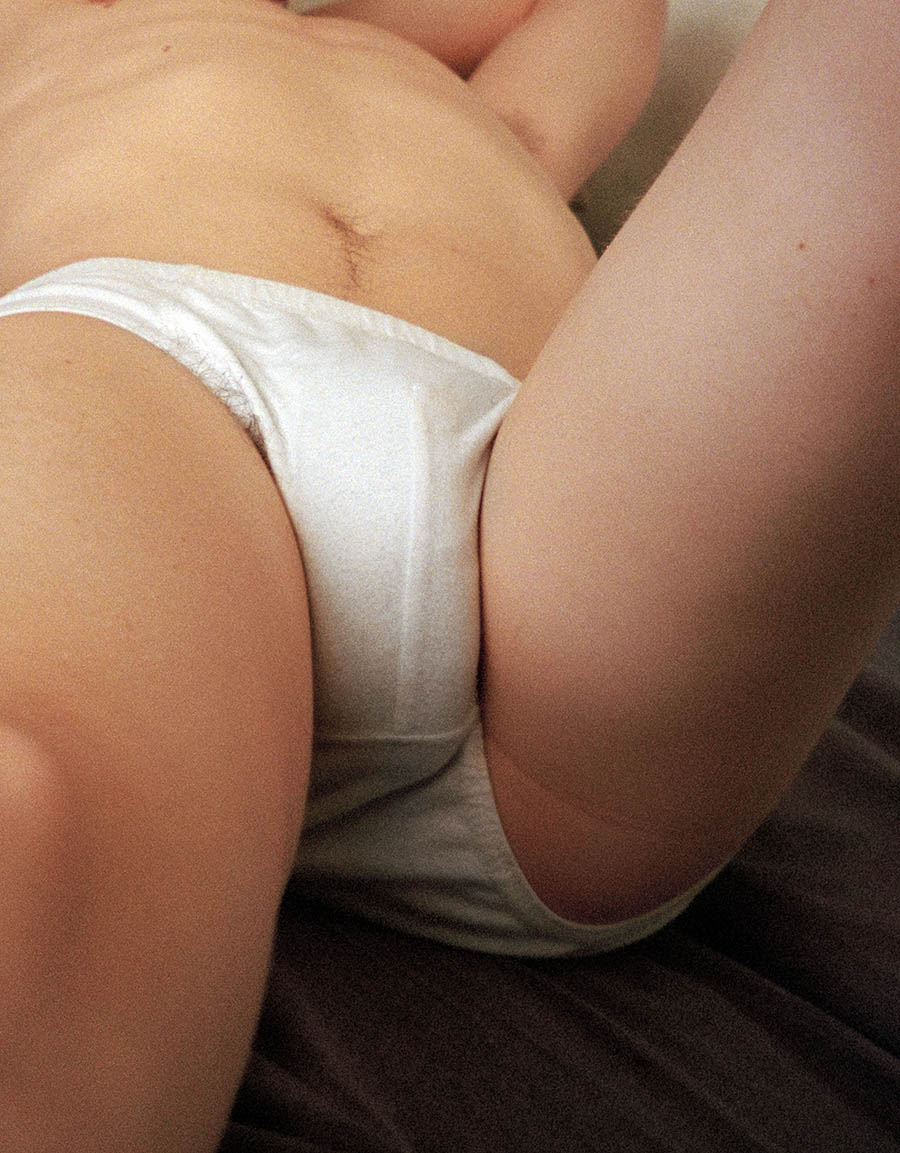
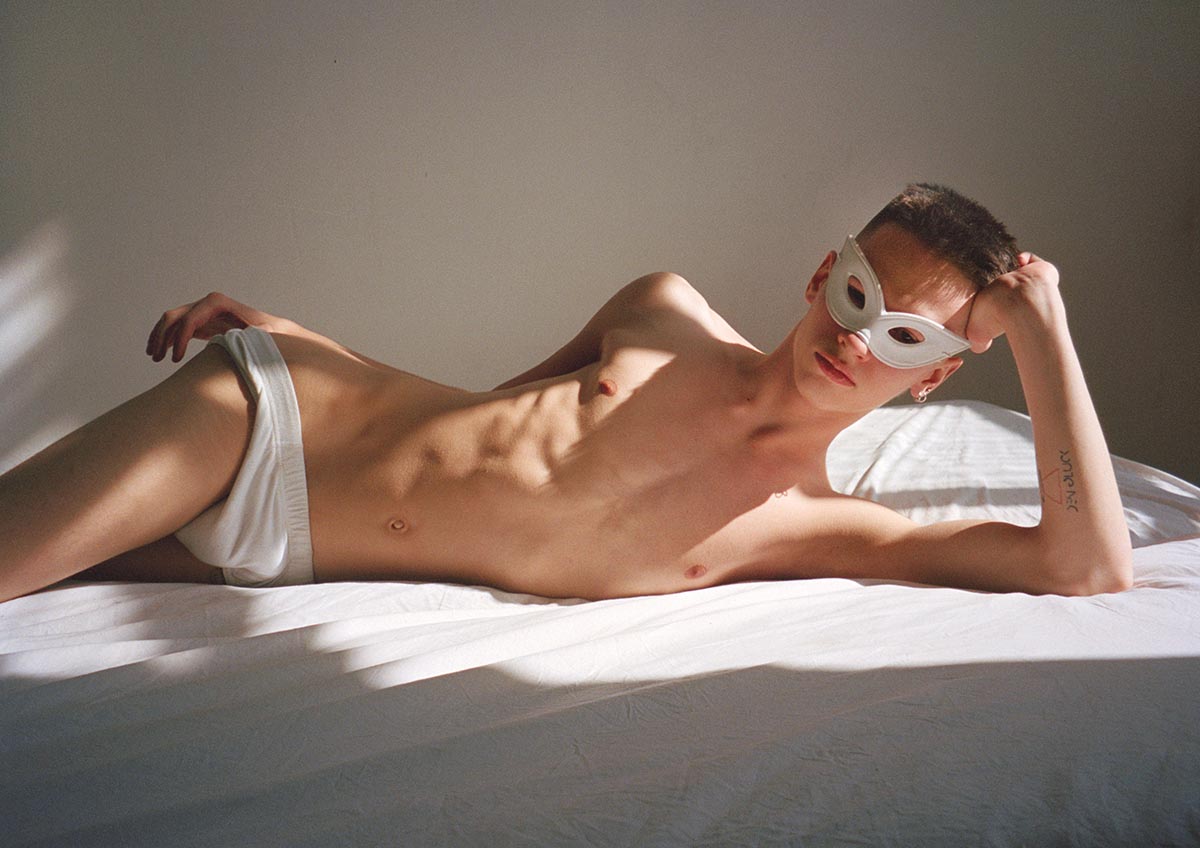
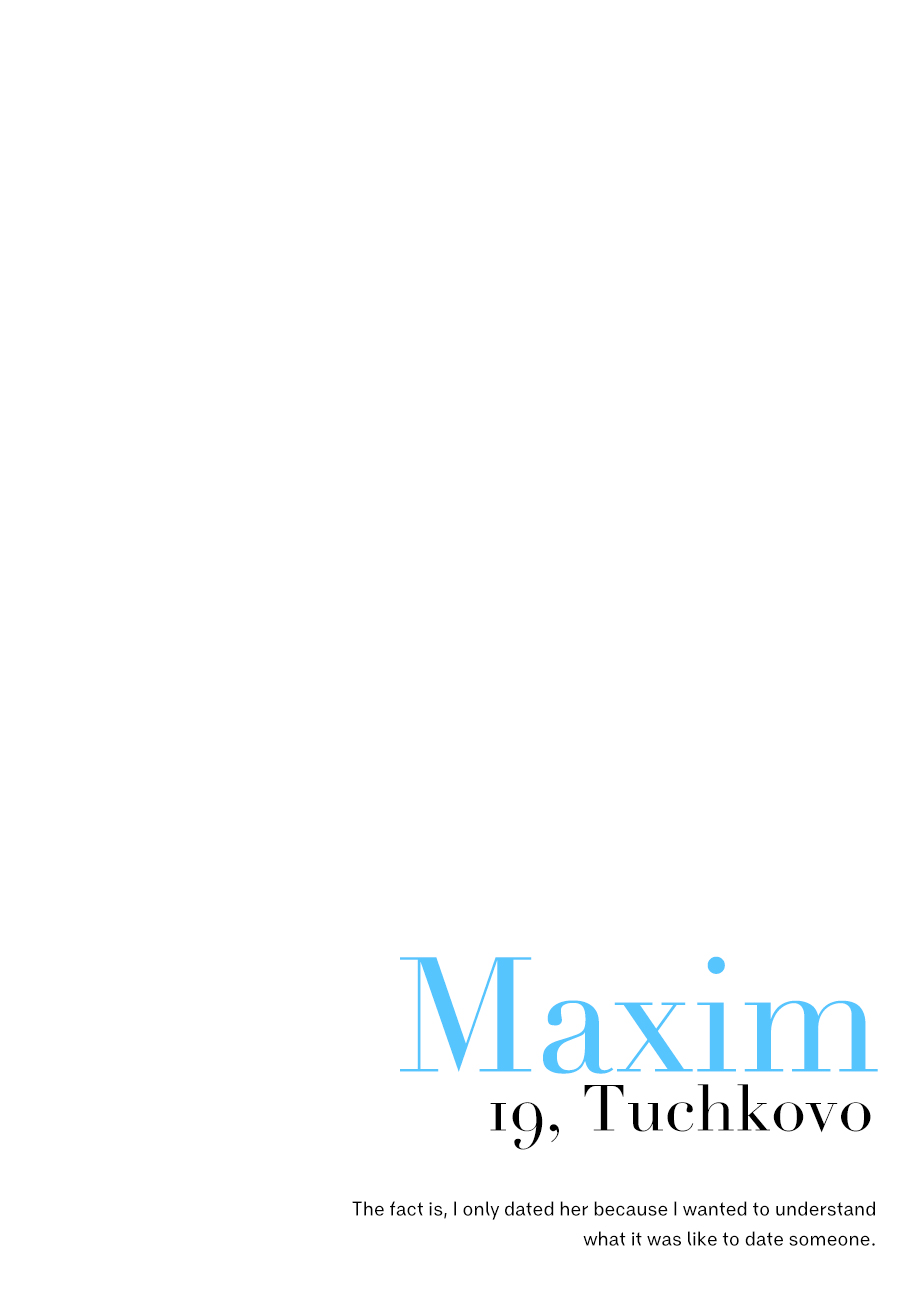
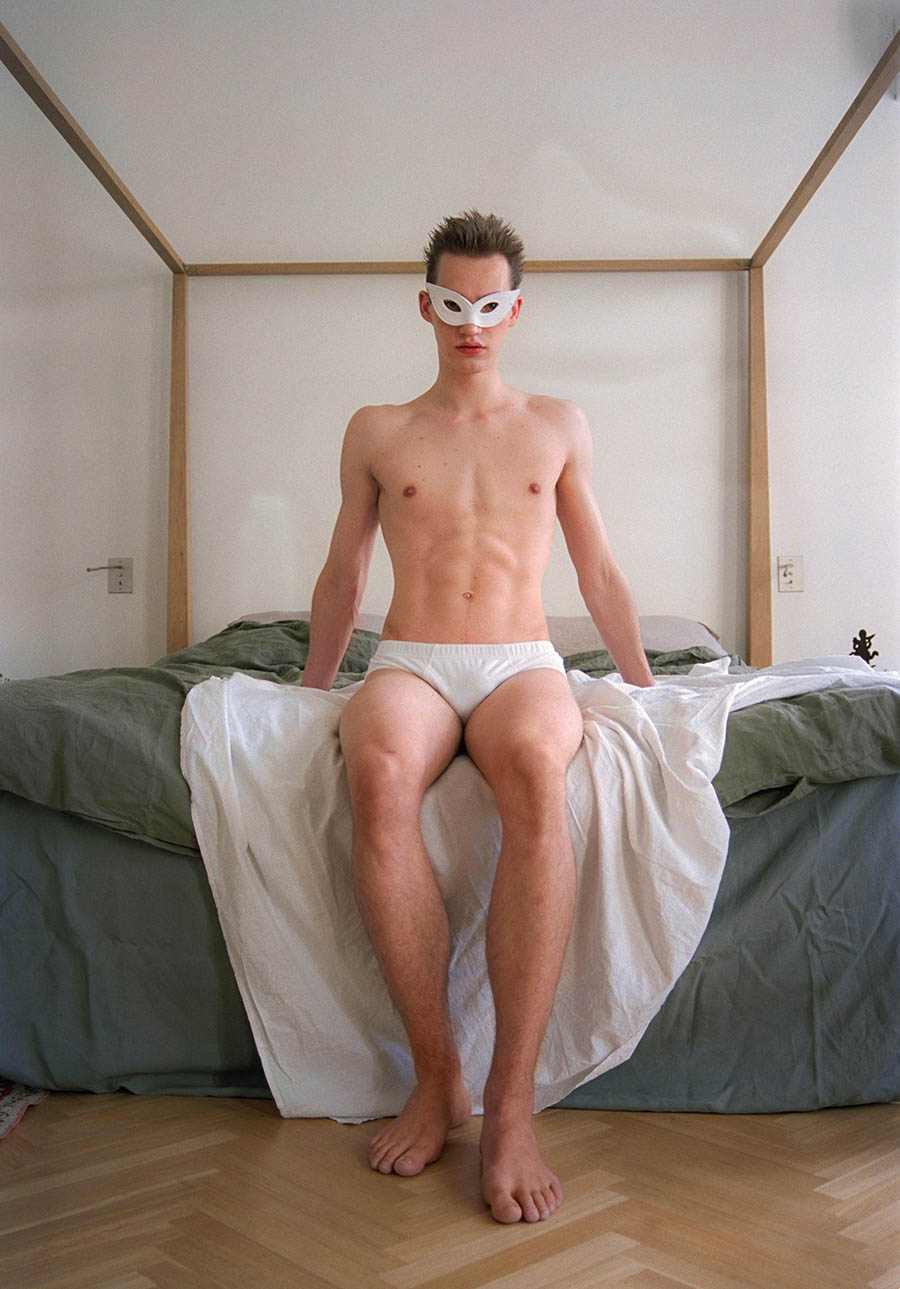
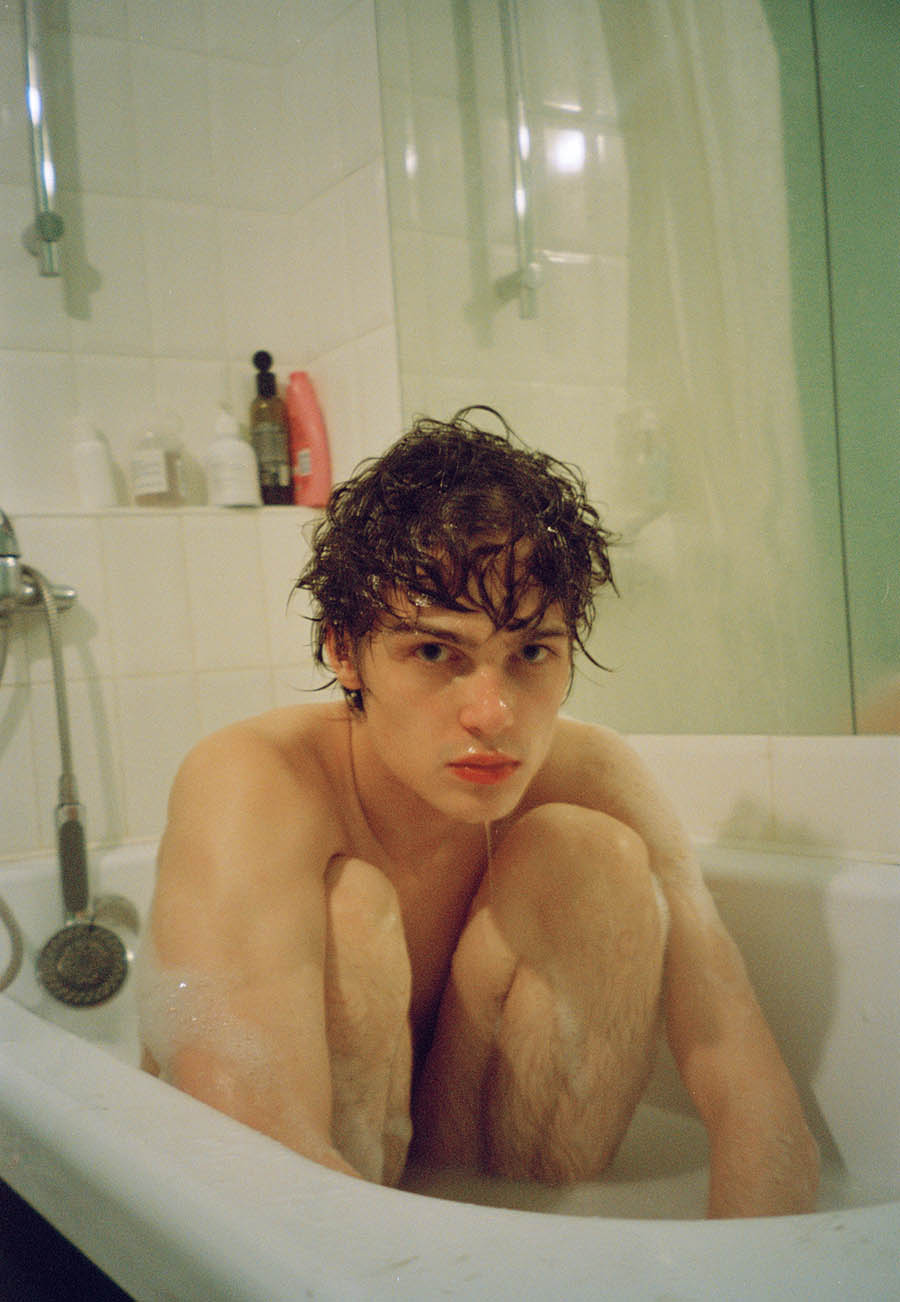
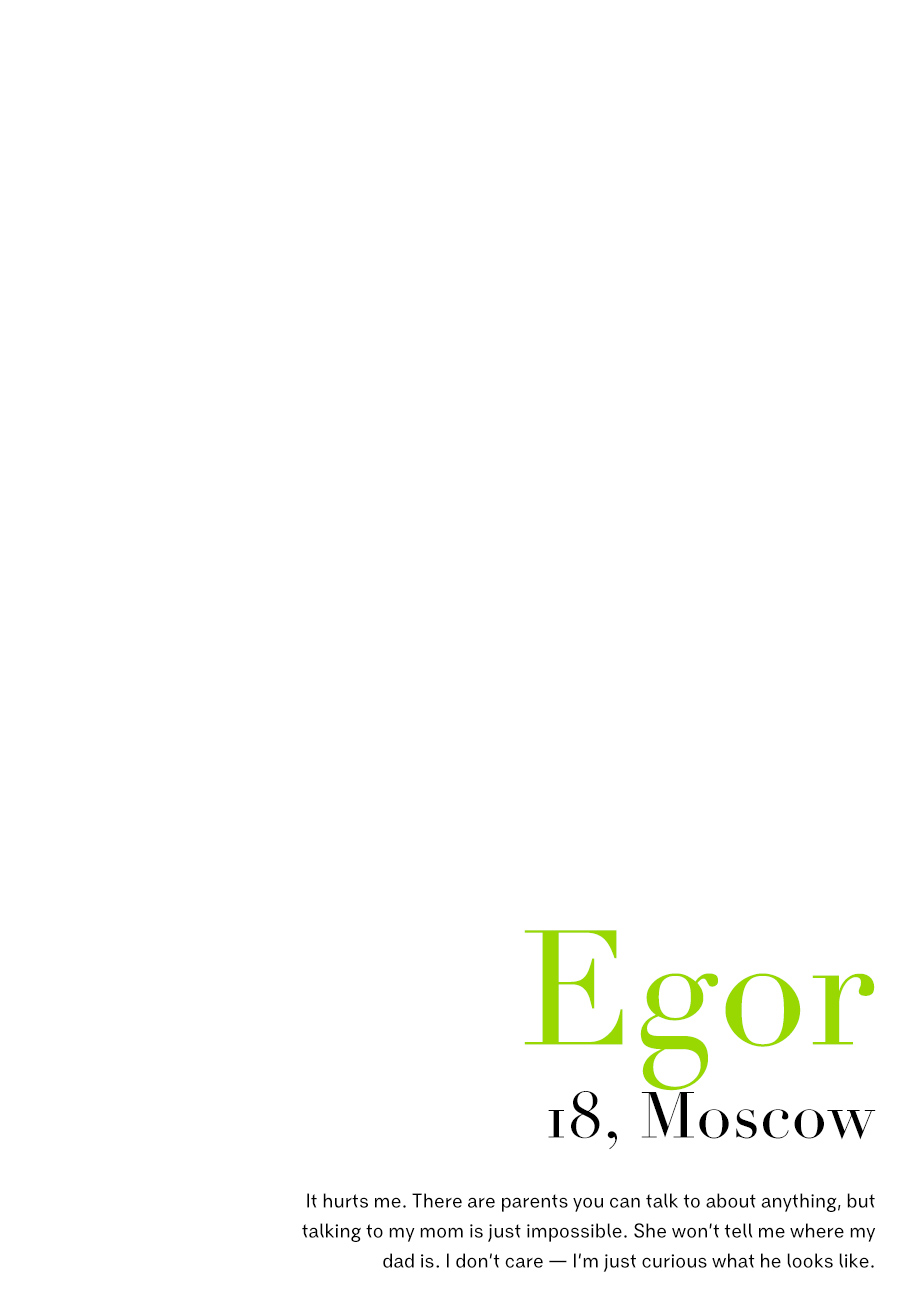
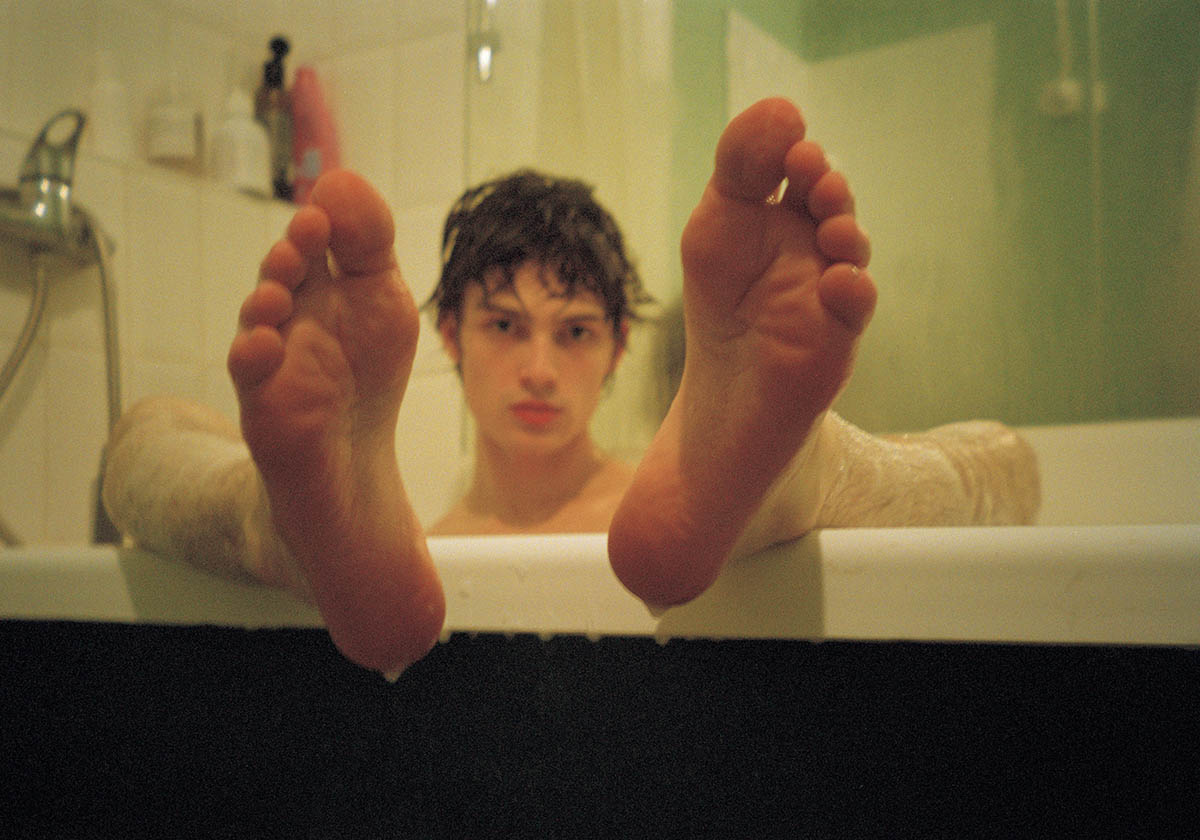
Photography & Interview: Vlad Zorin (@vladislavzorin)
Curator: Andrey Lopatin (@streeterror)
Critical Text: Sasha Kazantseva (@zakatalki)
Special thanks to Ksenia Chilingarova (@k_chilingarova)
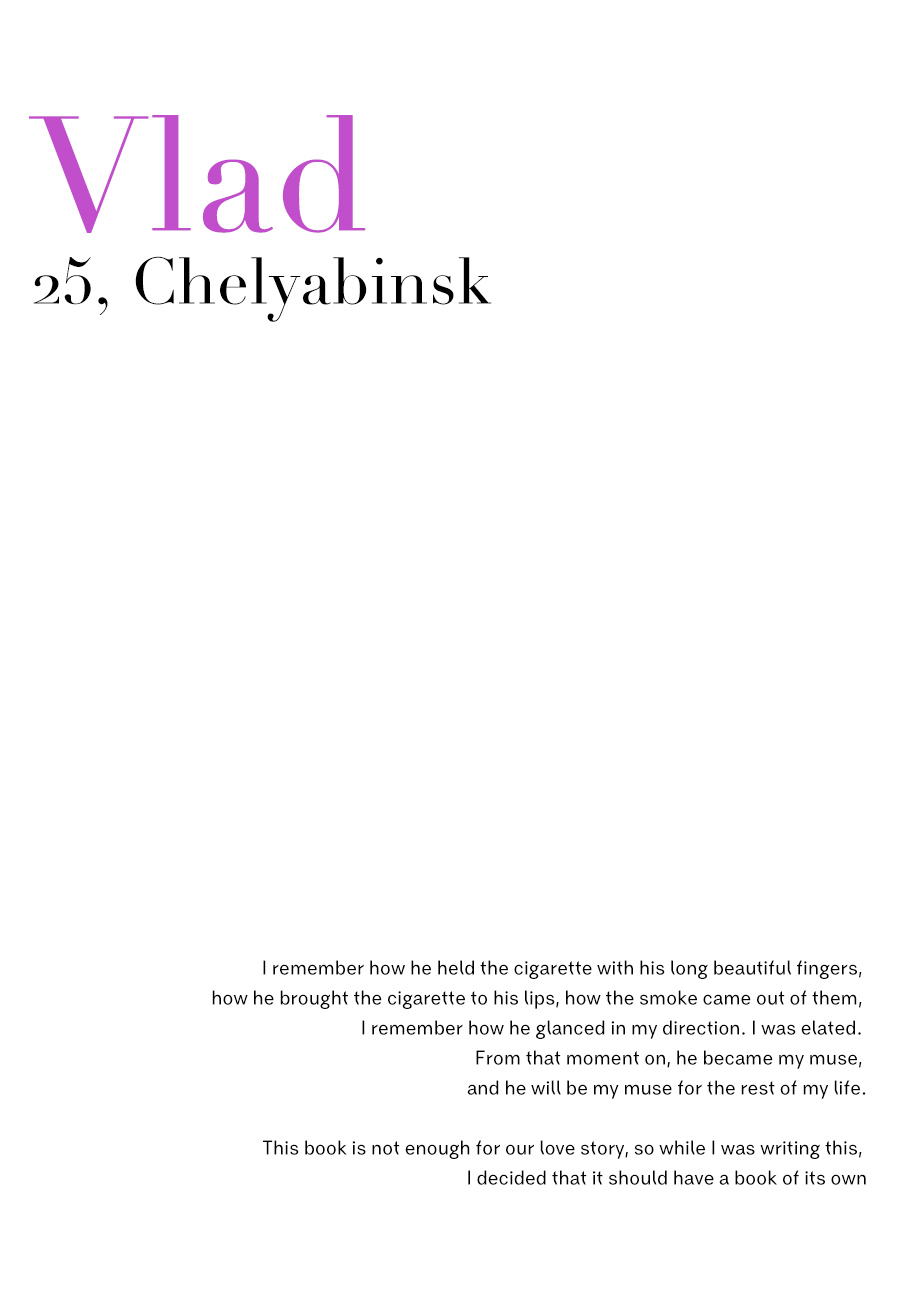
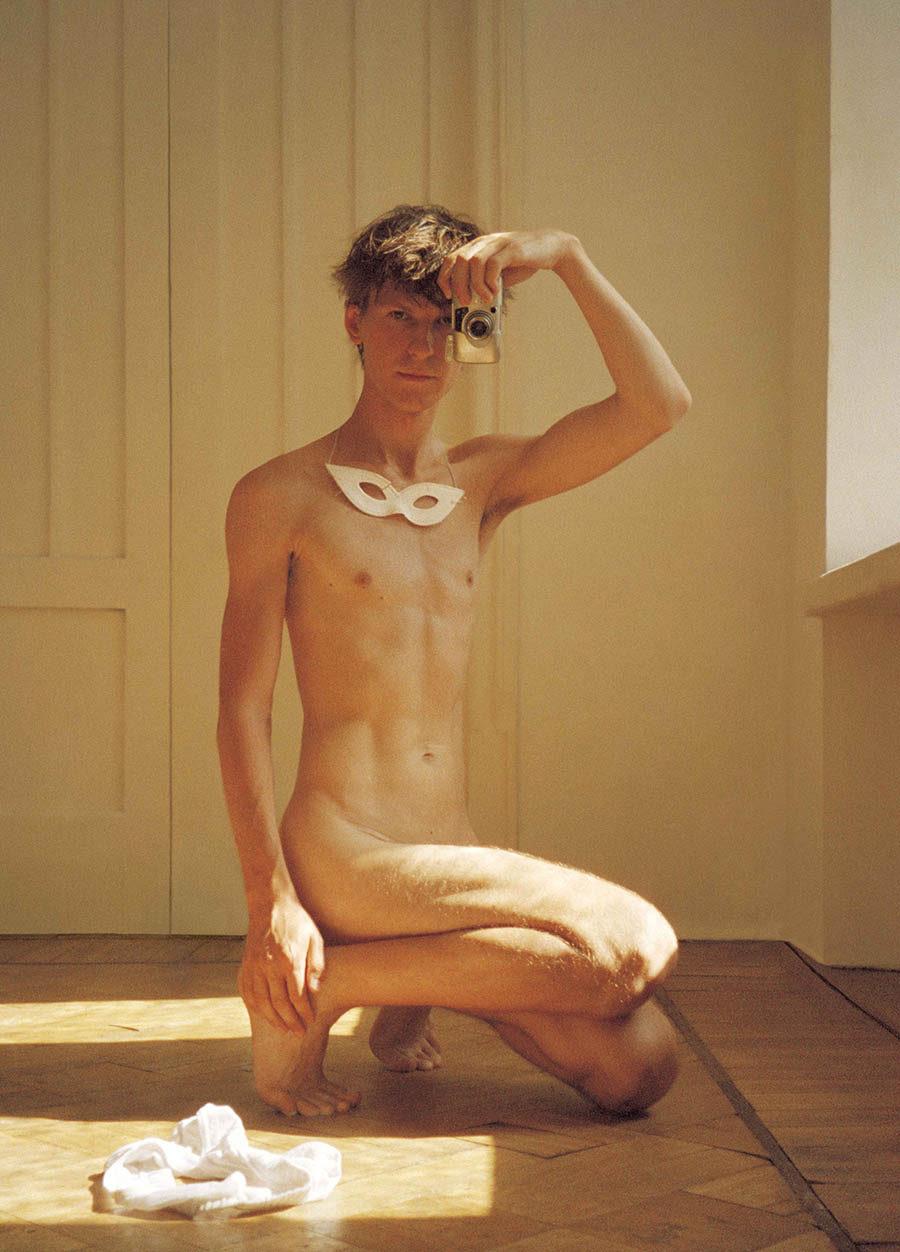
Saul Zanolari Digital Art
SZ Chapel
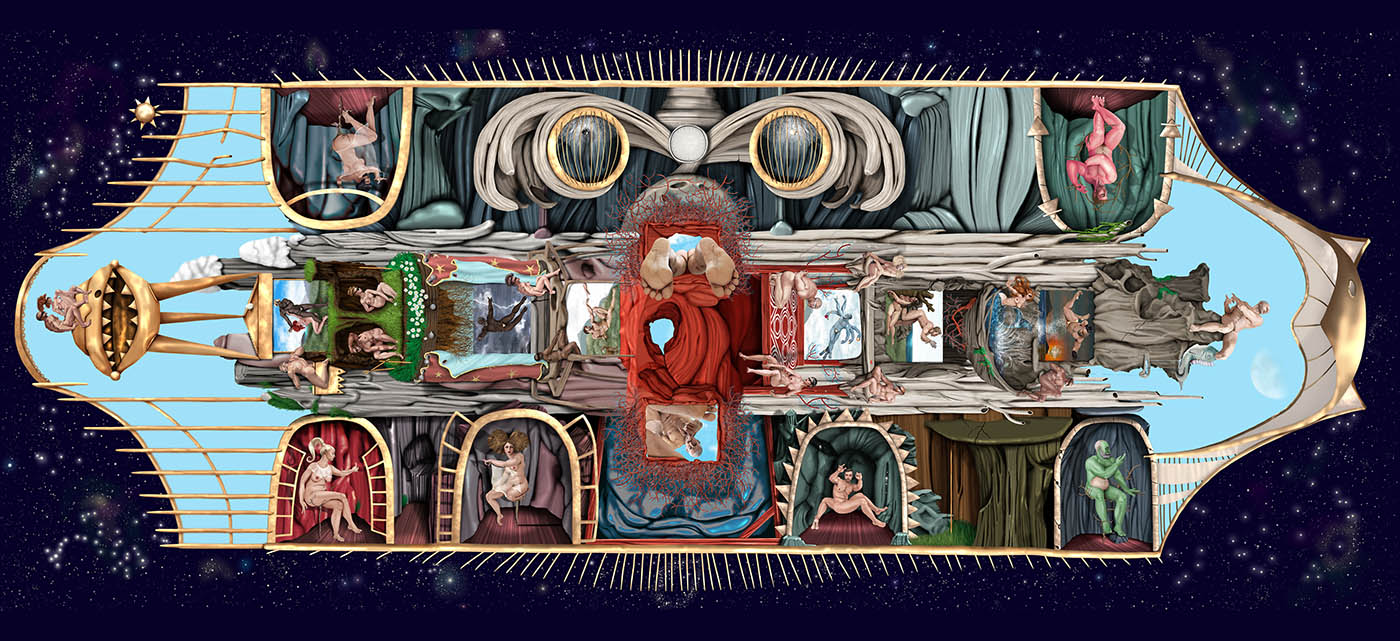
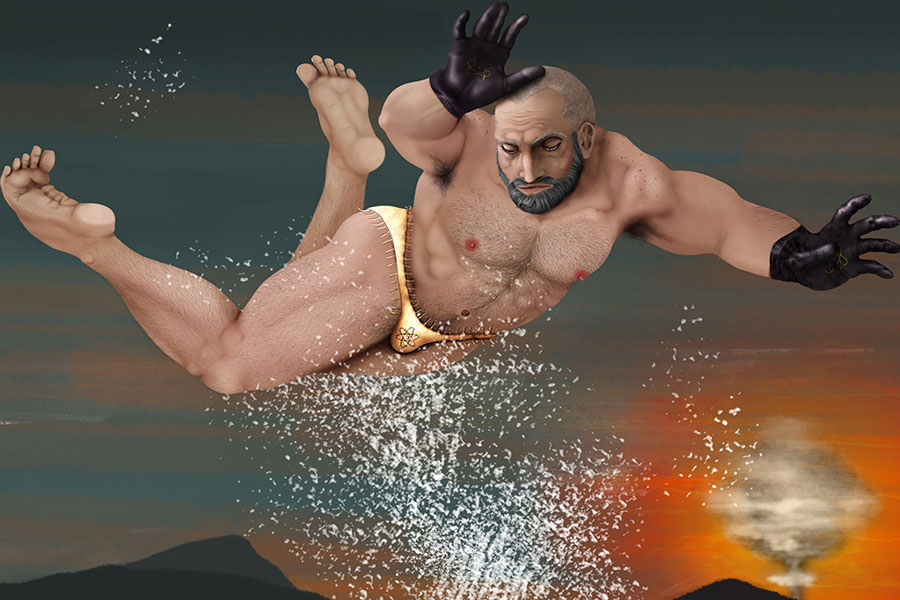
Atomic God
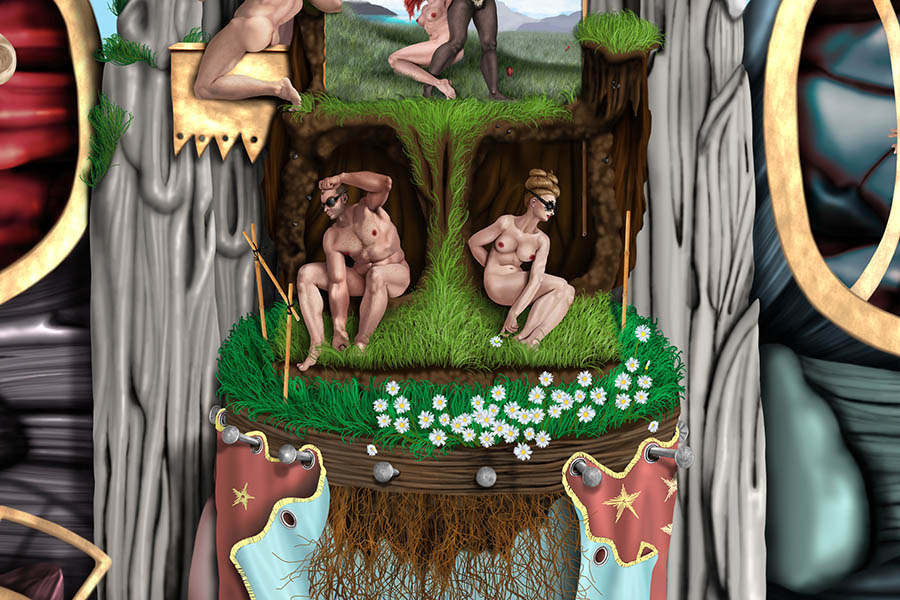
2 Ignudi
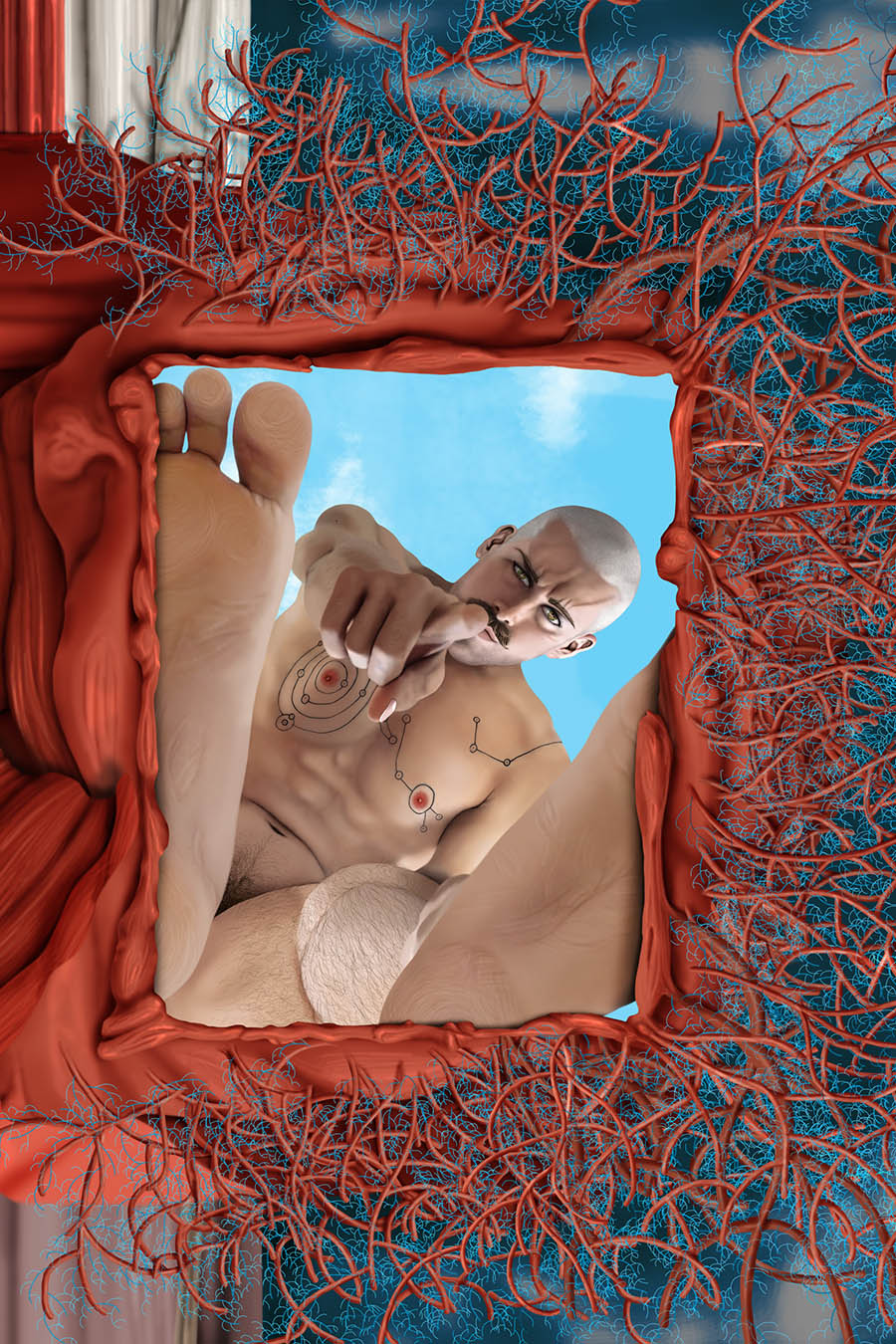
Self Portrait
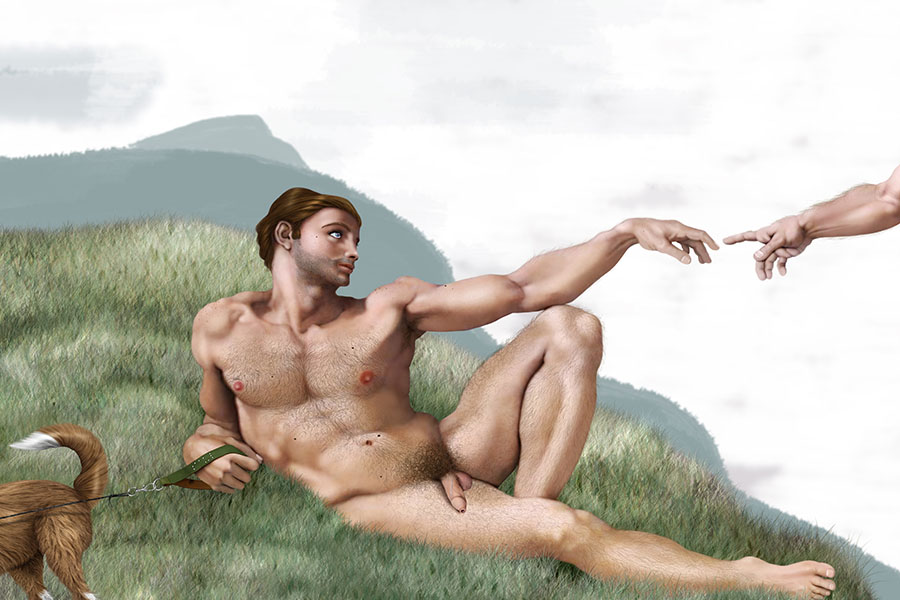
Dog Adam God
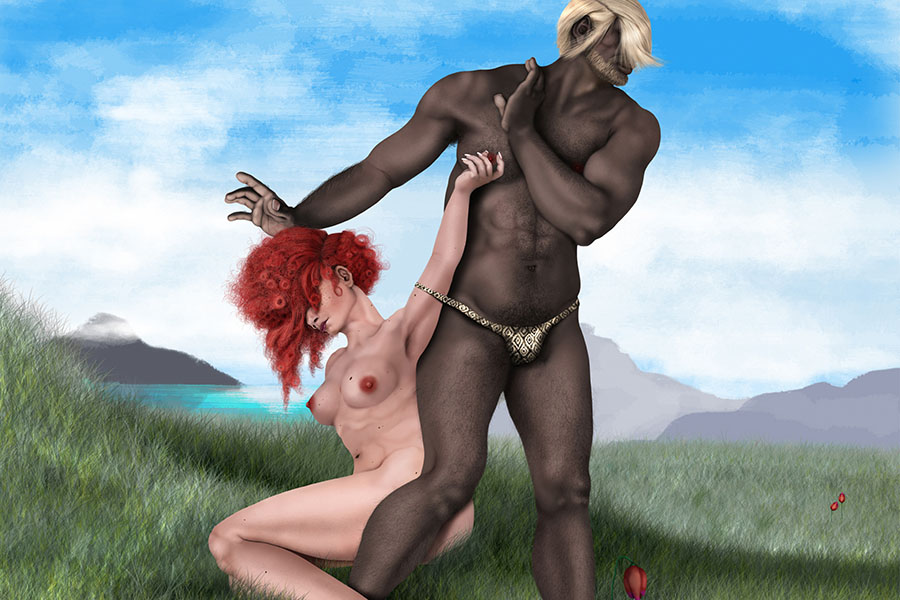
Original Sin
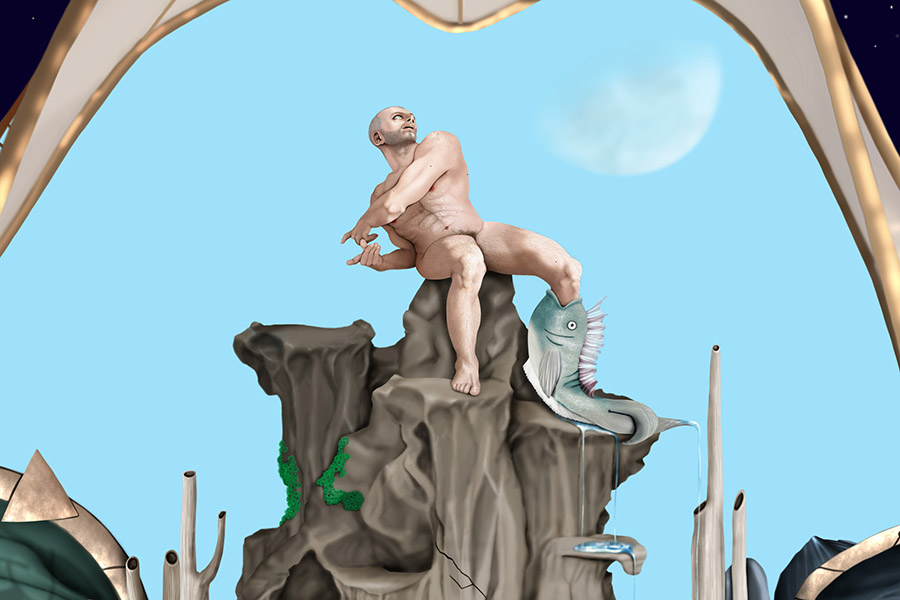
Prophet Jonas
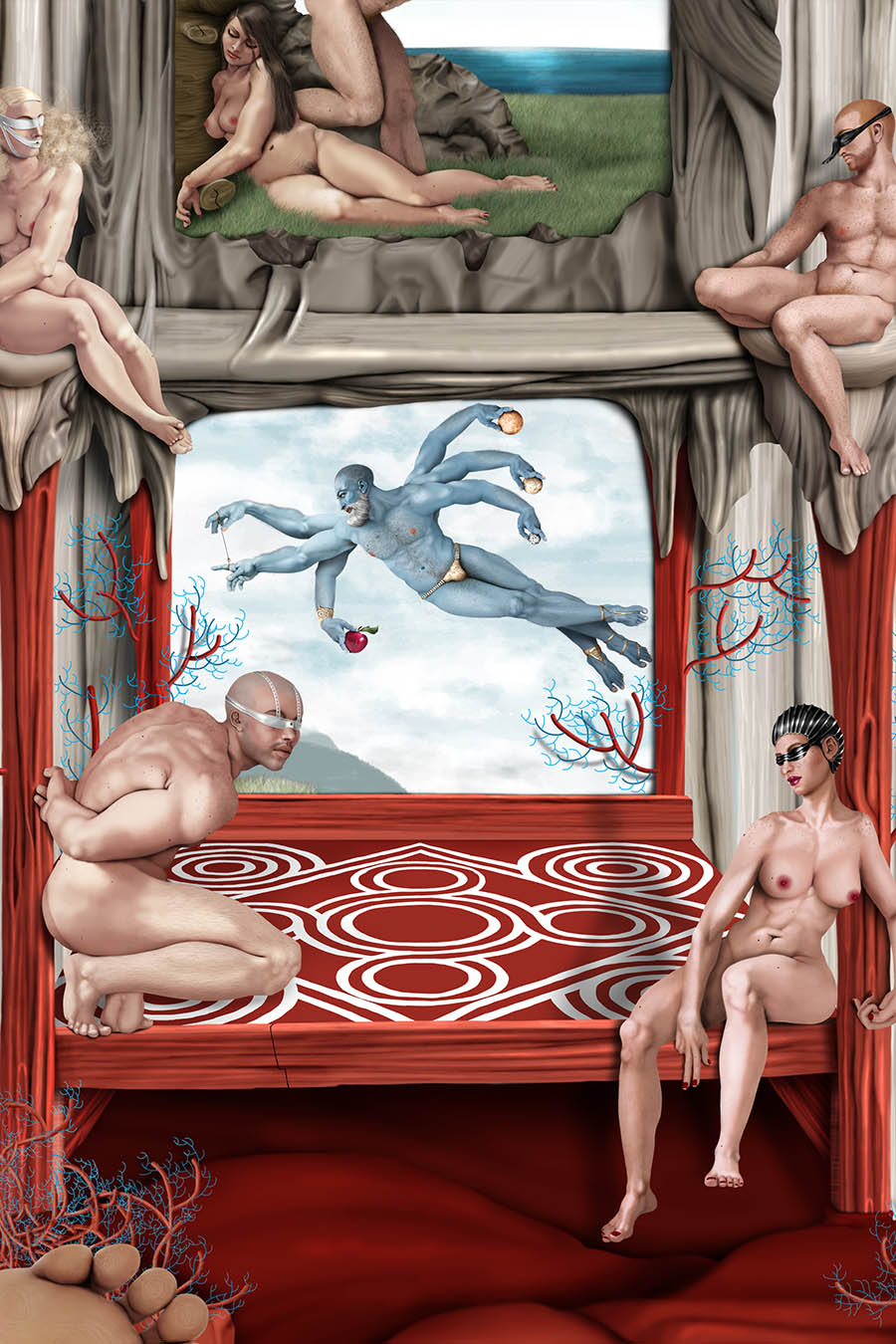
God Gravity
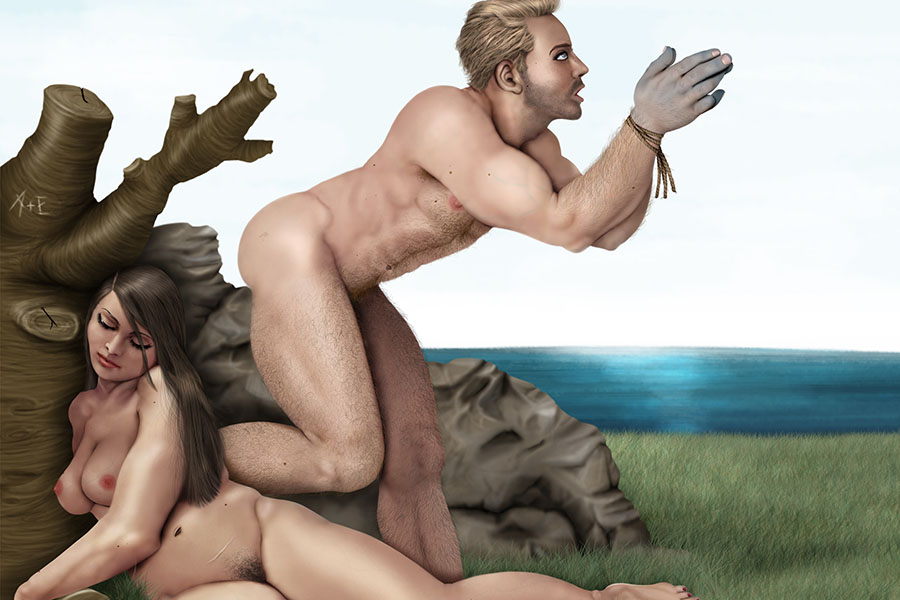
Eve
SZ Boredom
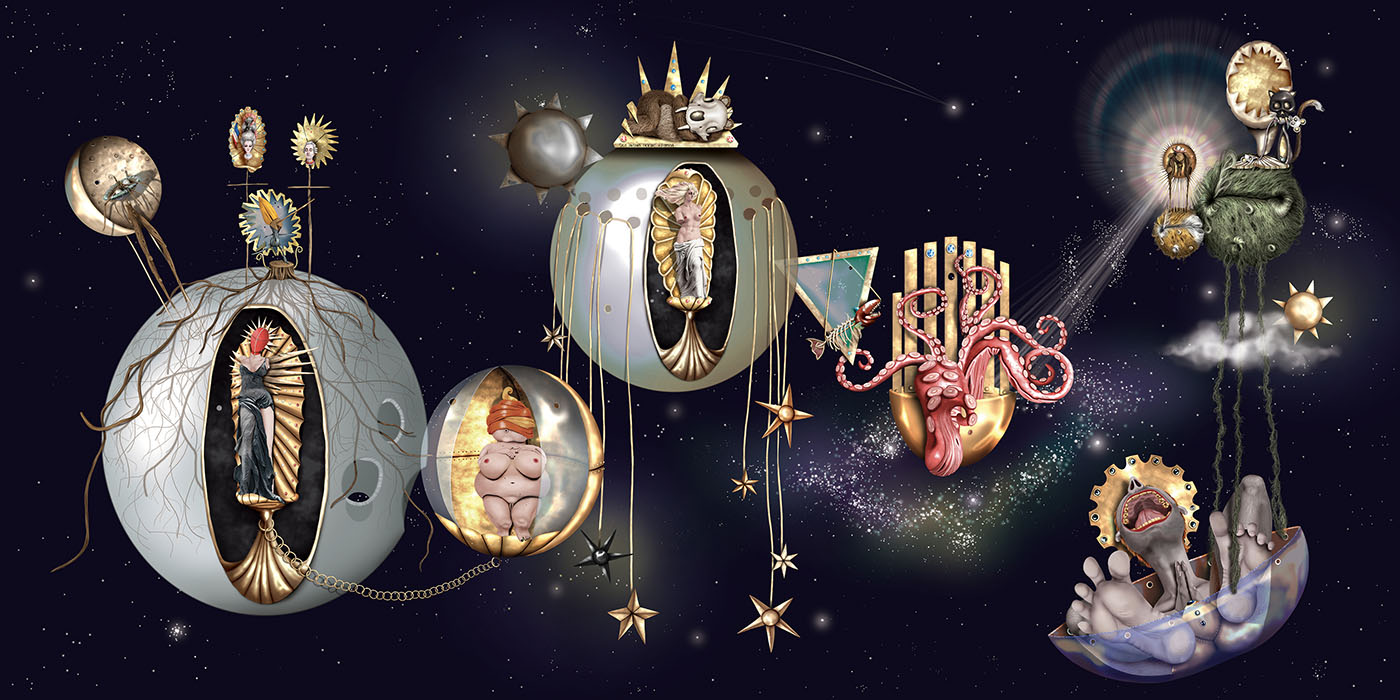
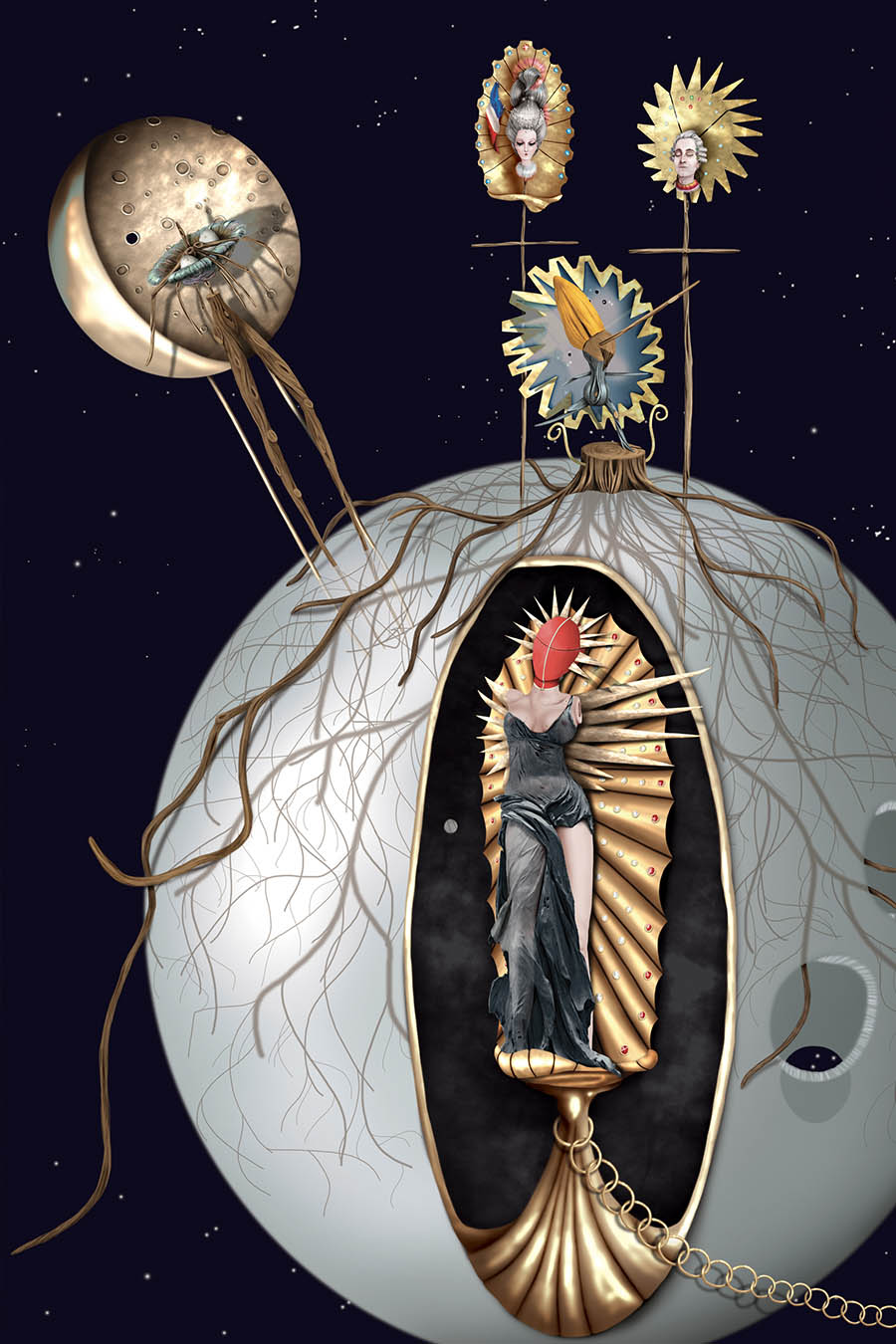
Nike
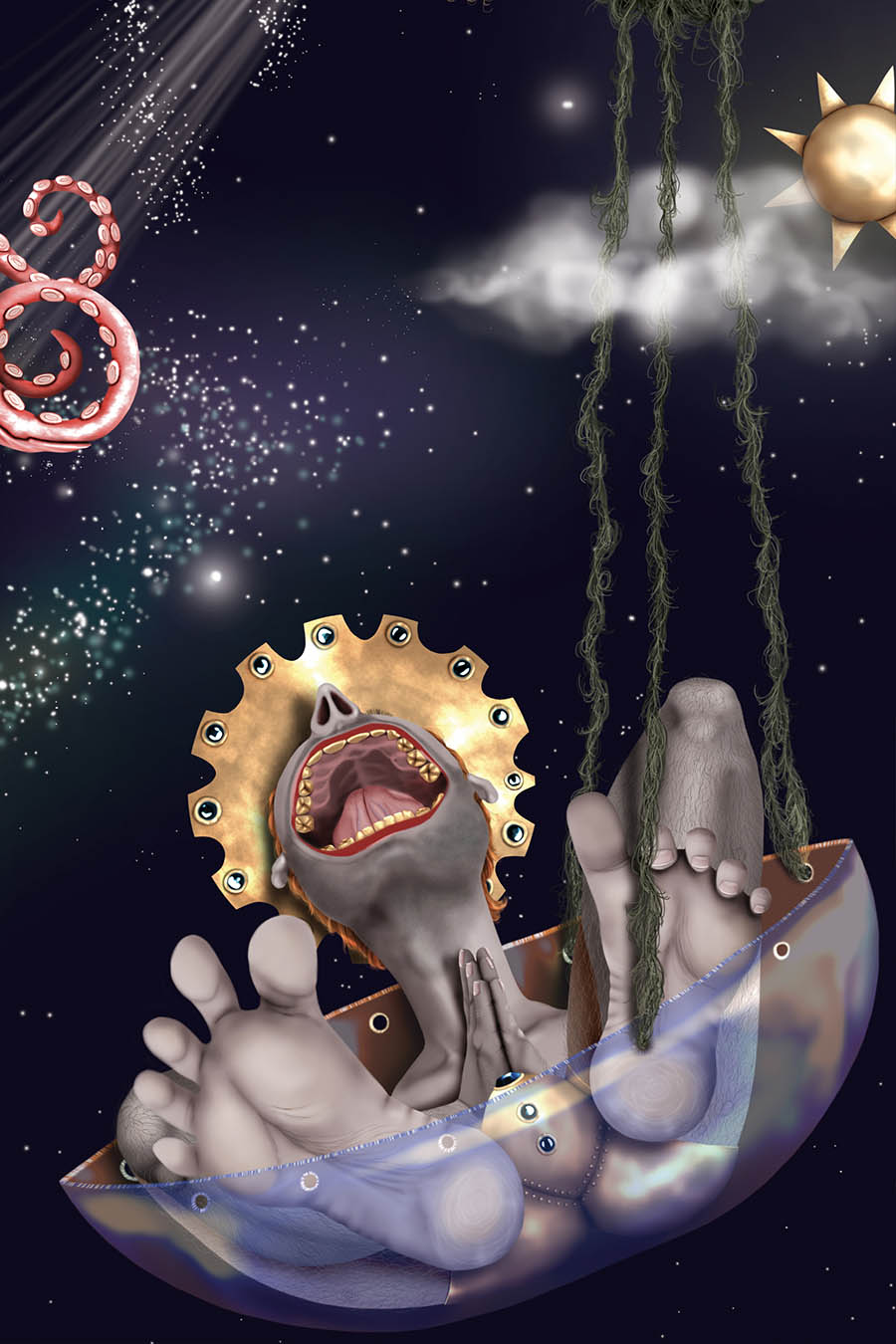
The Fool
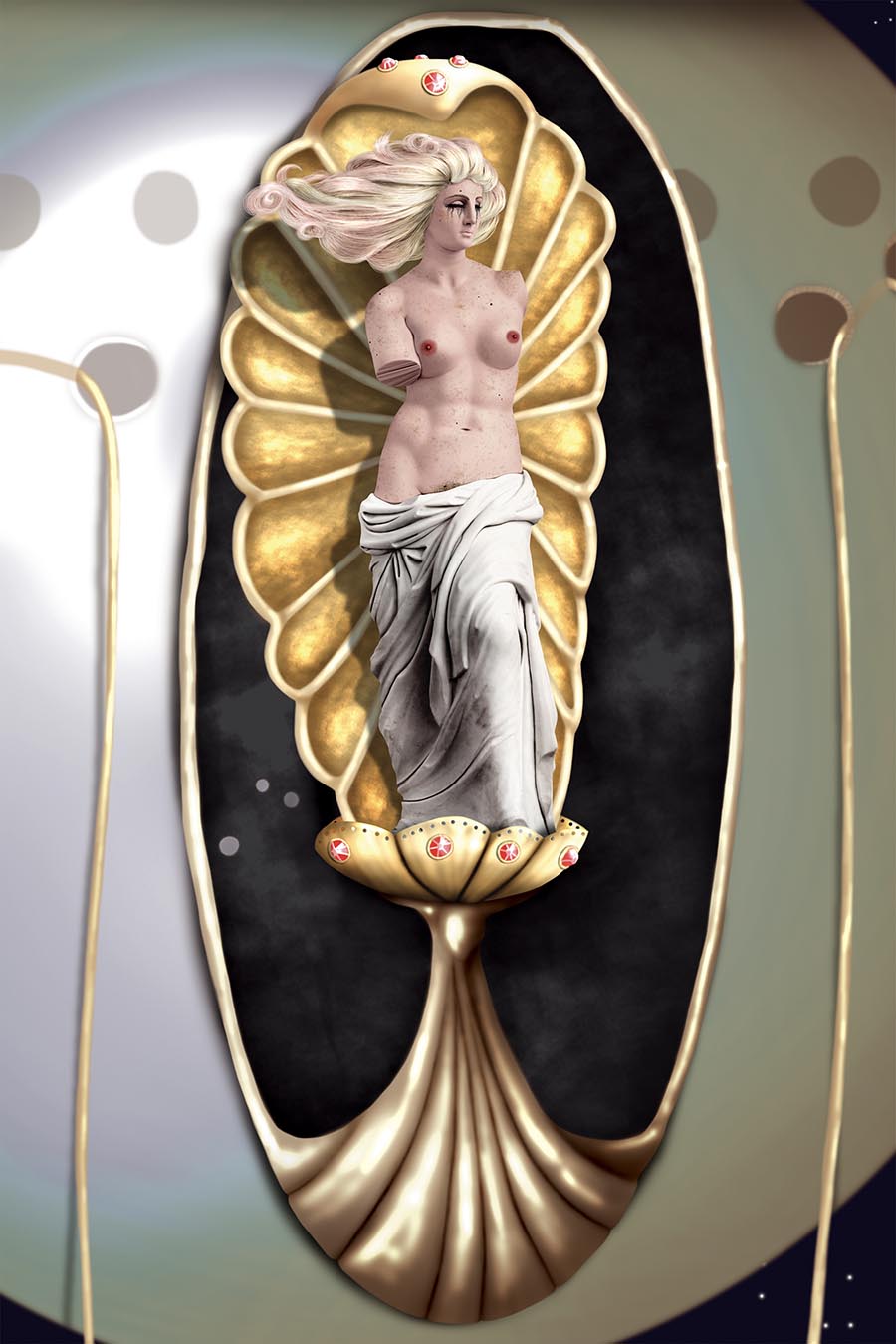
Venus de Milo
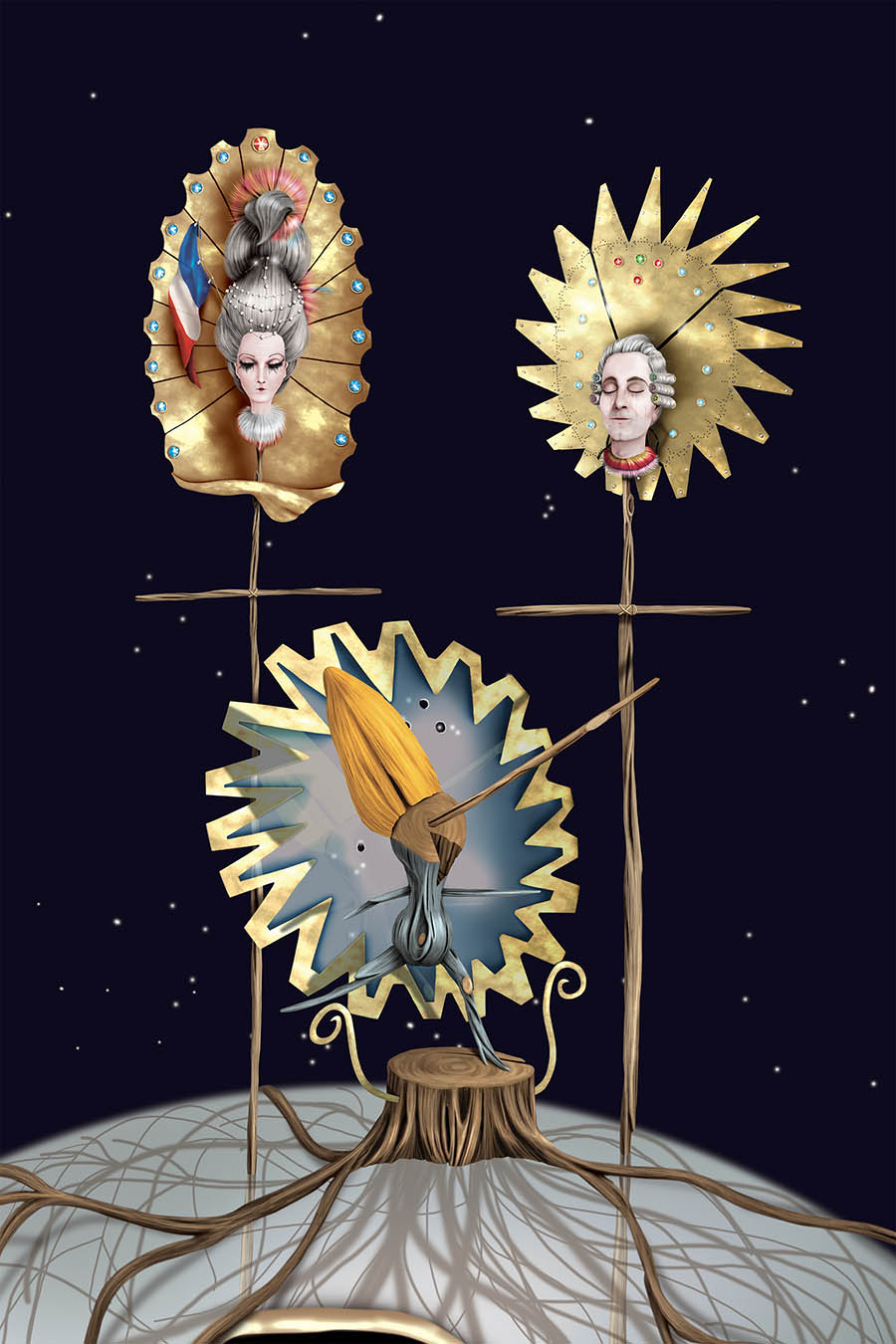
Marie Antoinette – Louis XVI – Pinocchio
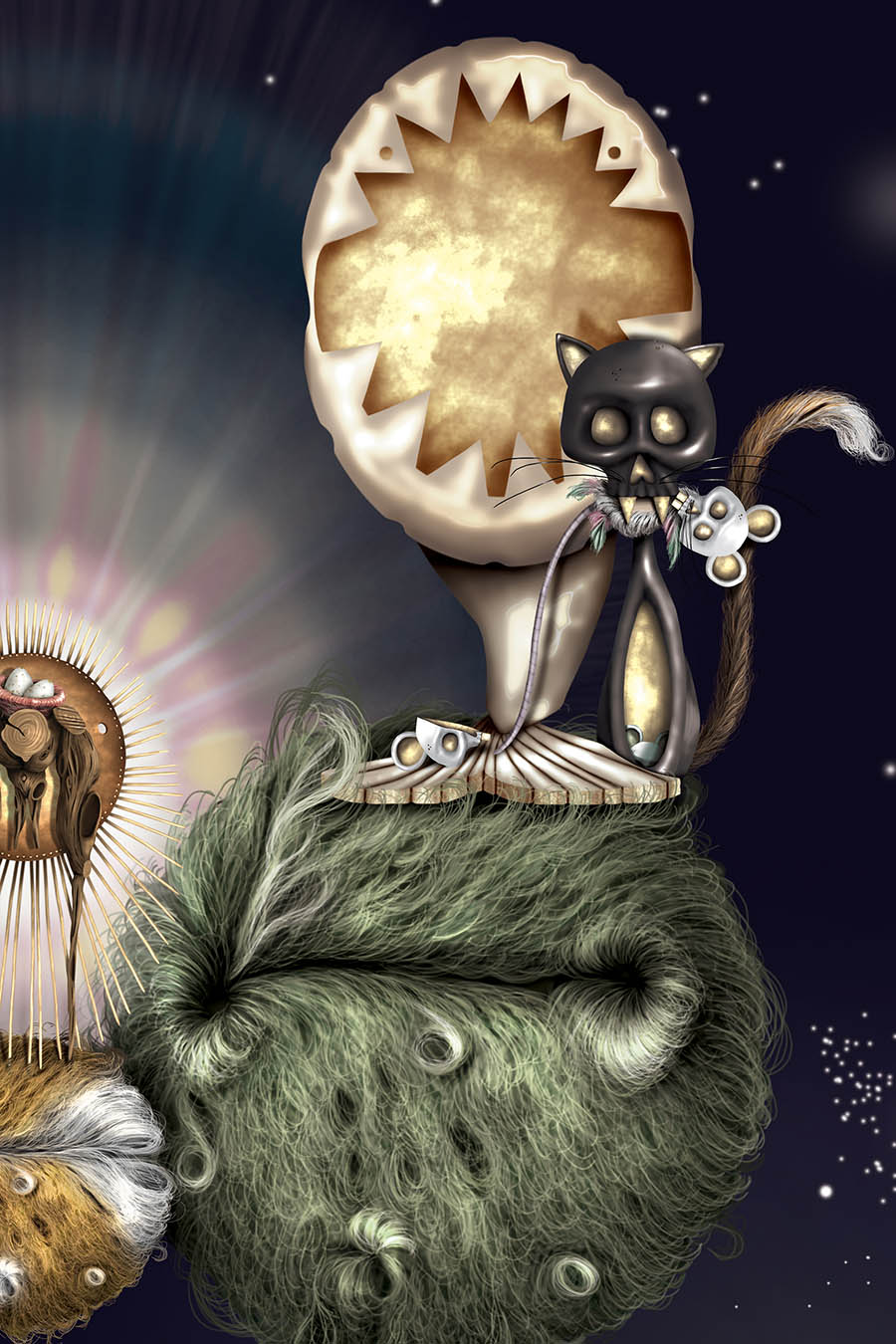
Hunger (Cat)
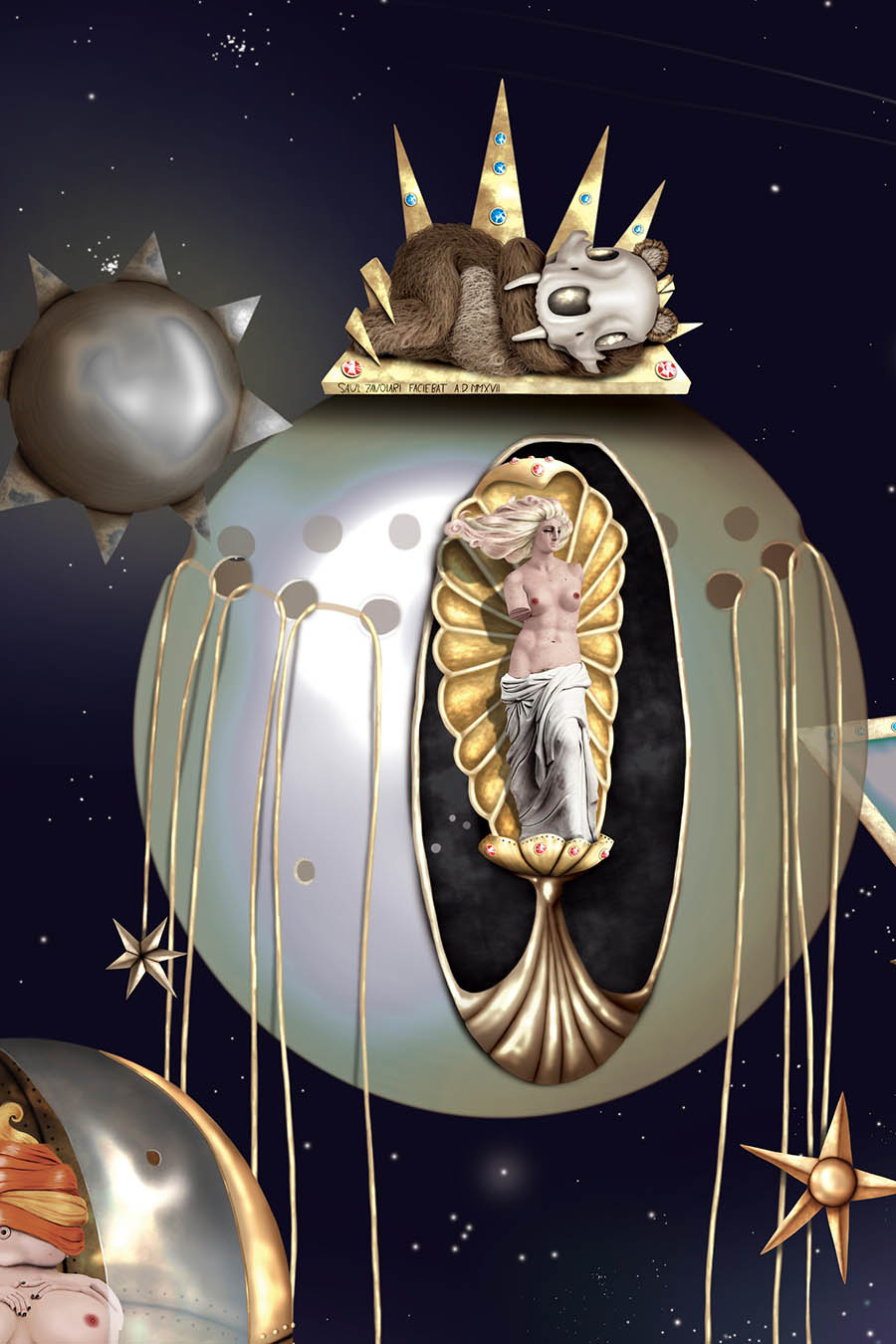
Venus de Milo – Bear
Fashion Icons
Naomi Campbell, 2010
Anna Wintour, 2011
Claudia Schiffer, 2010
Linda Evangelista, 2010
Cindy Crawford, 2010
Diane Pernet, 2011
Post Human
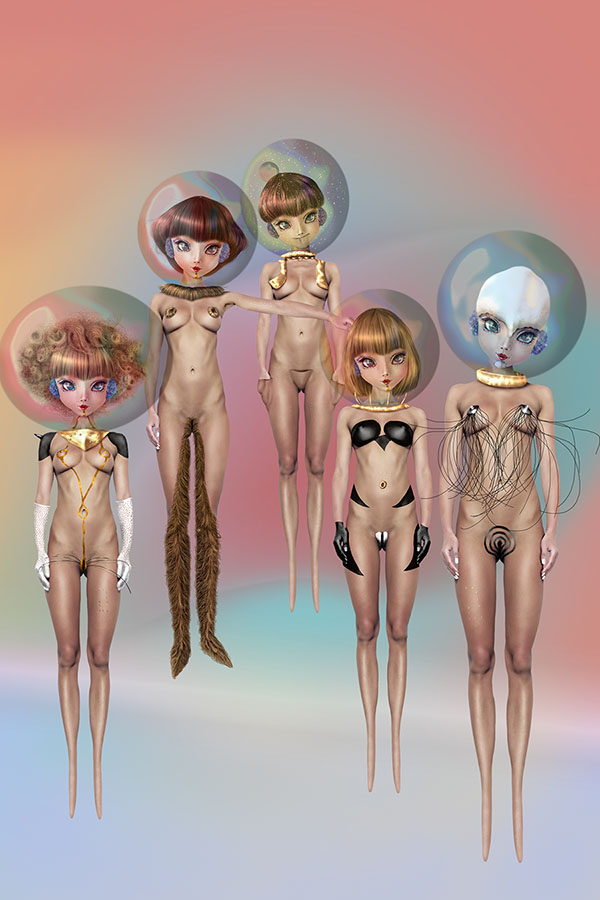
Seven Sisters, 2011 (reloaded in 2021)
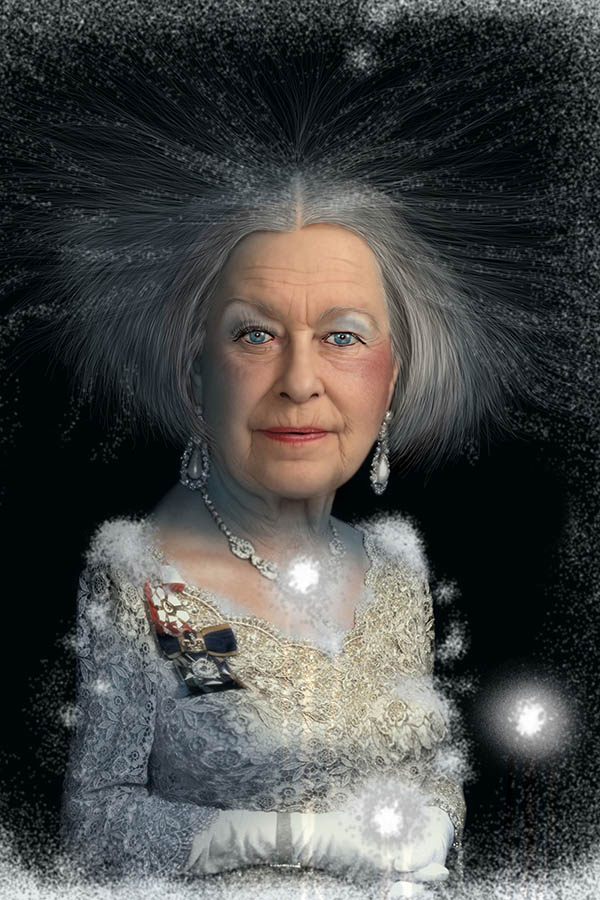
Queen Elizabeth II, 2007
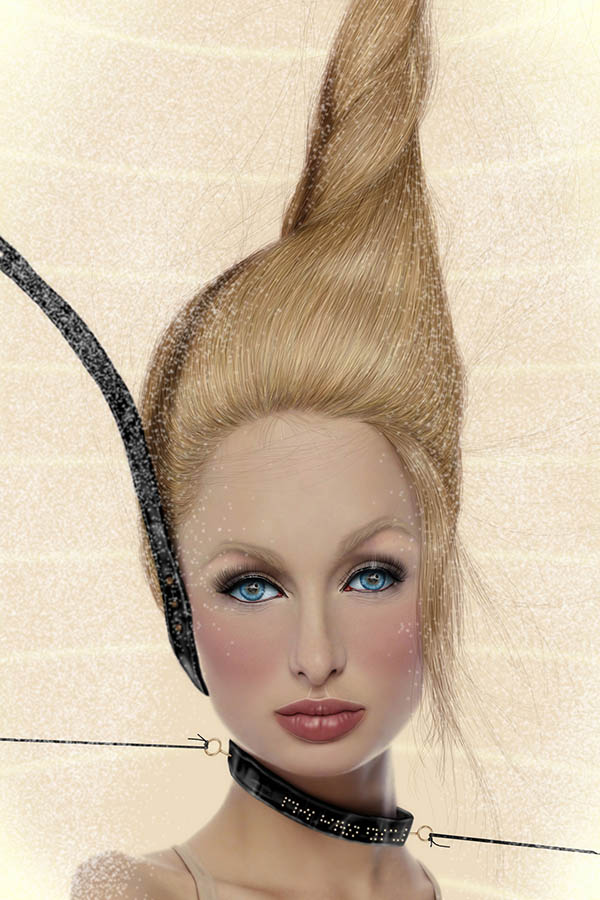
Paris Hilton, 2007
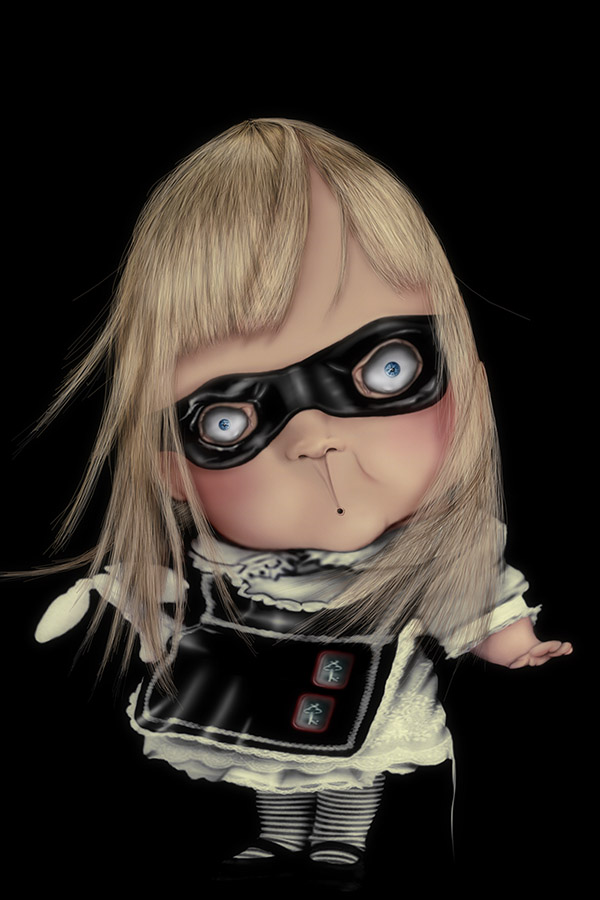
Pap Alice in Wonderland, 2006
Albert Einstein, 2009
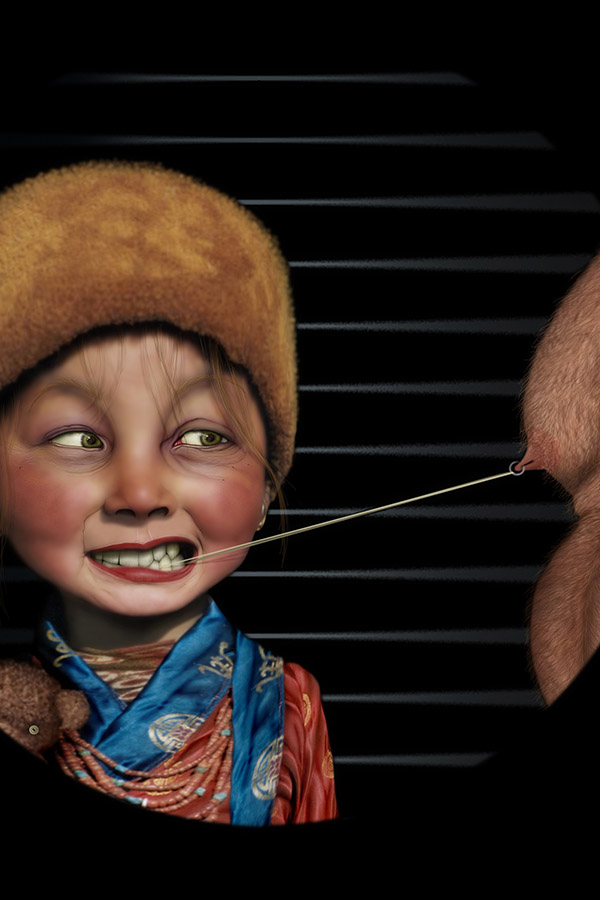
Goldilocks and the Three Bears, 2006
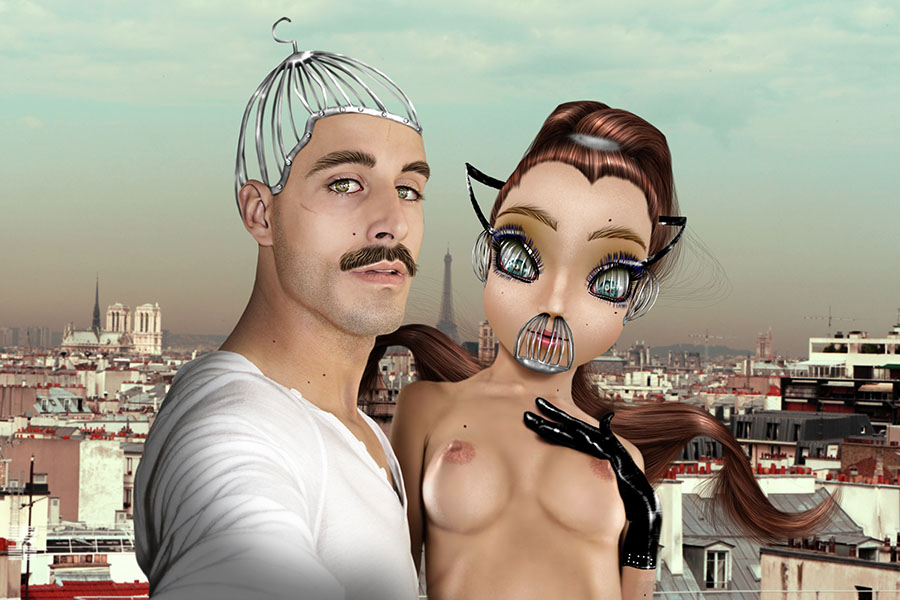
Cages nr. 4, 2012
Artist: Saul Zanolari (@sza189) saulzanolari.com















